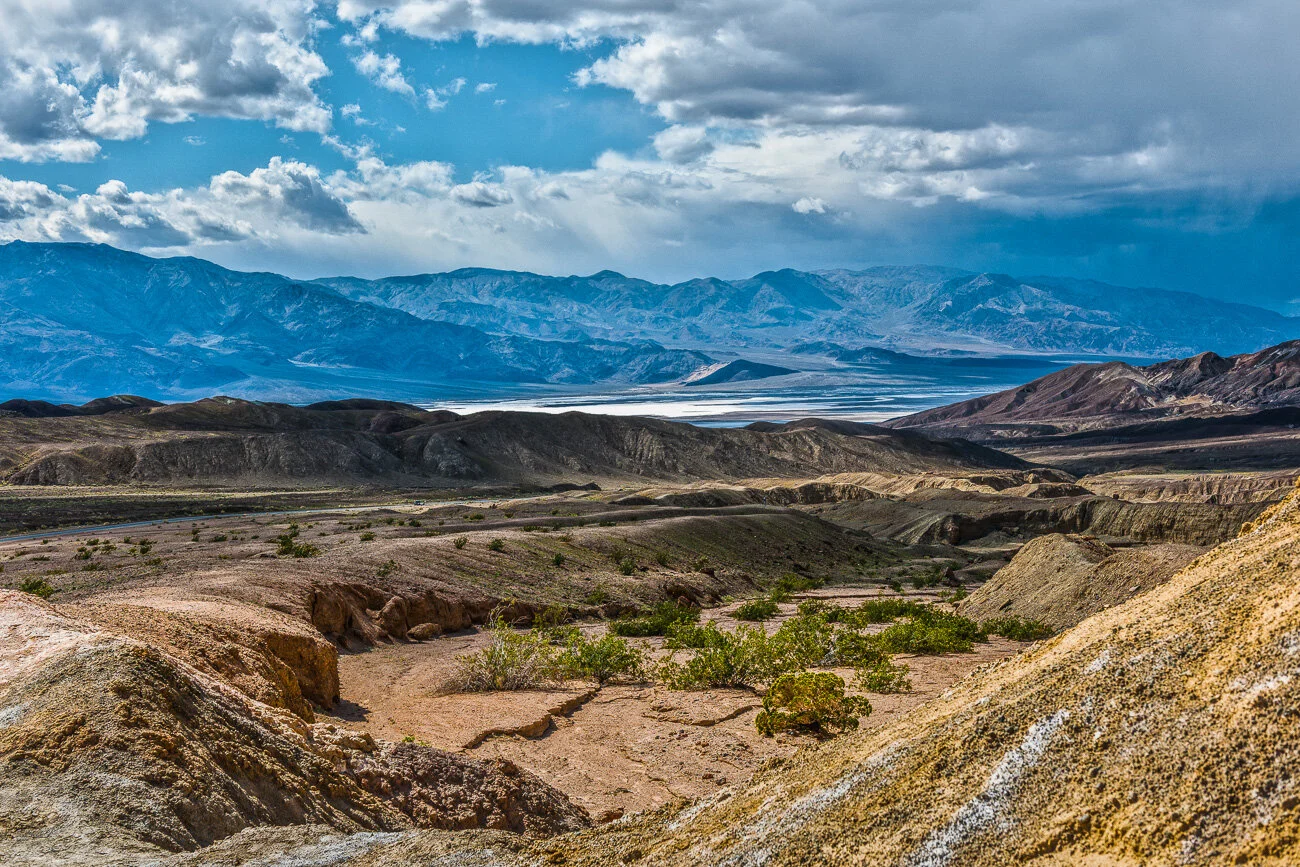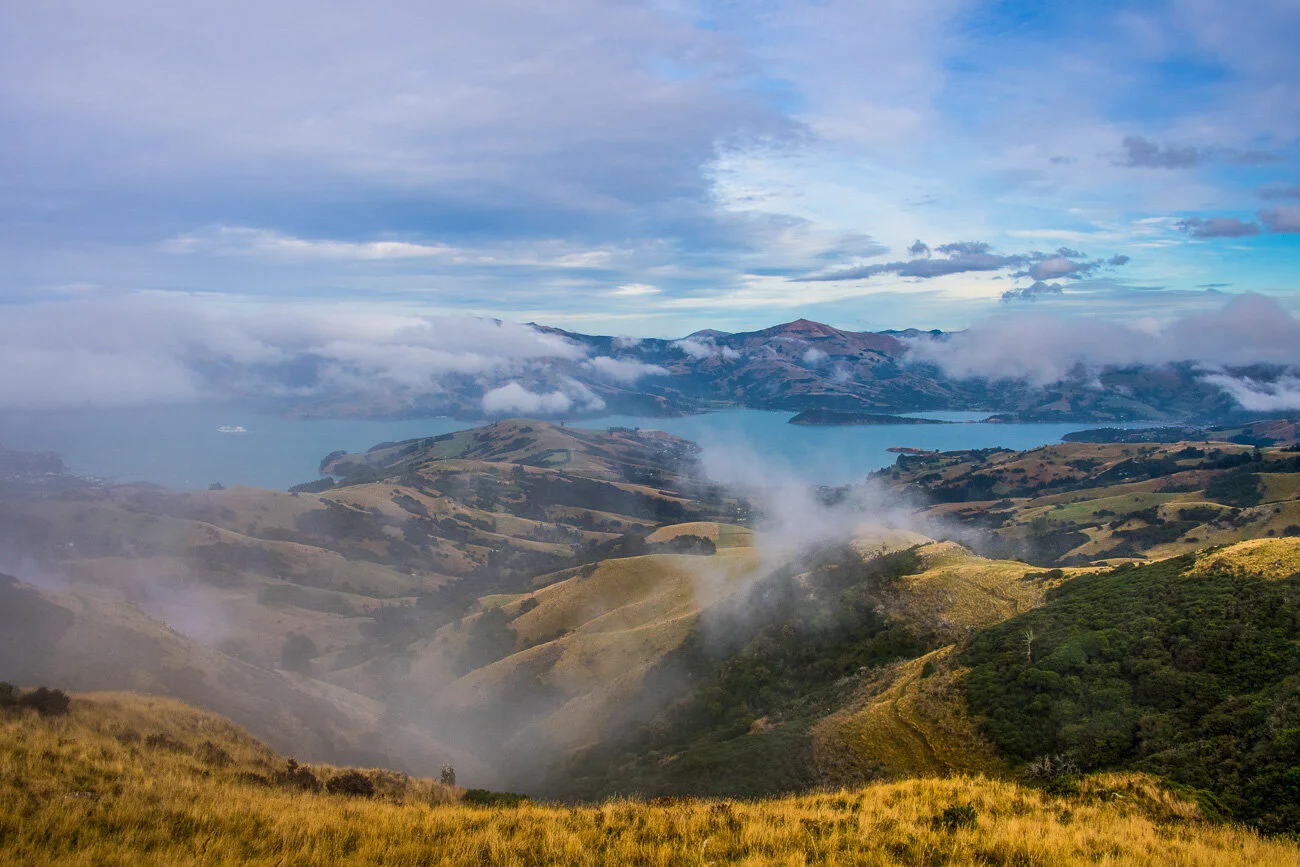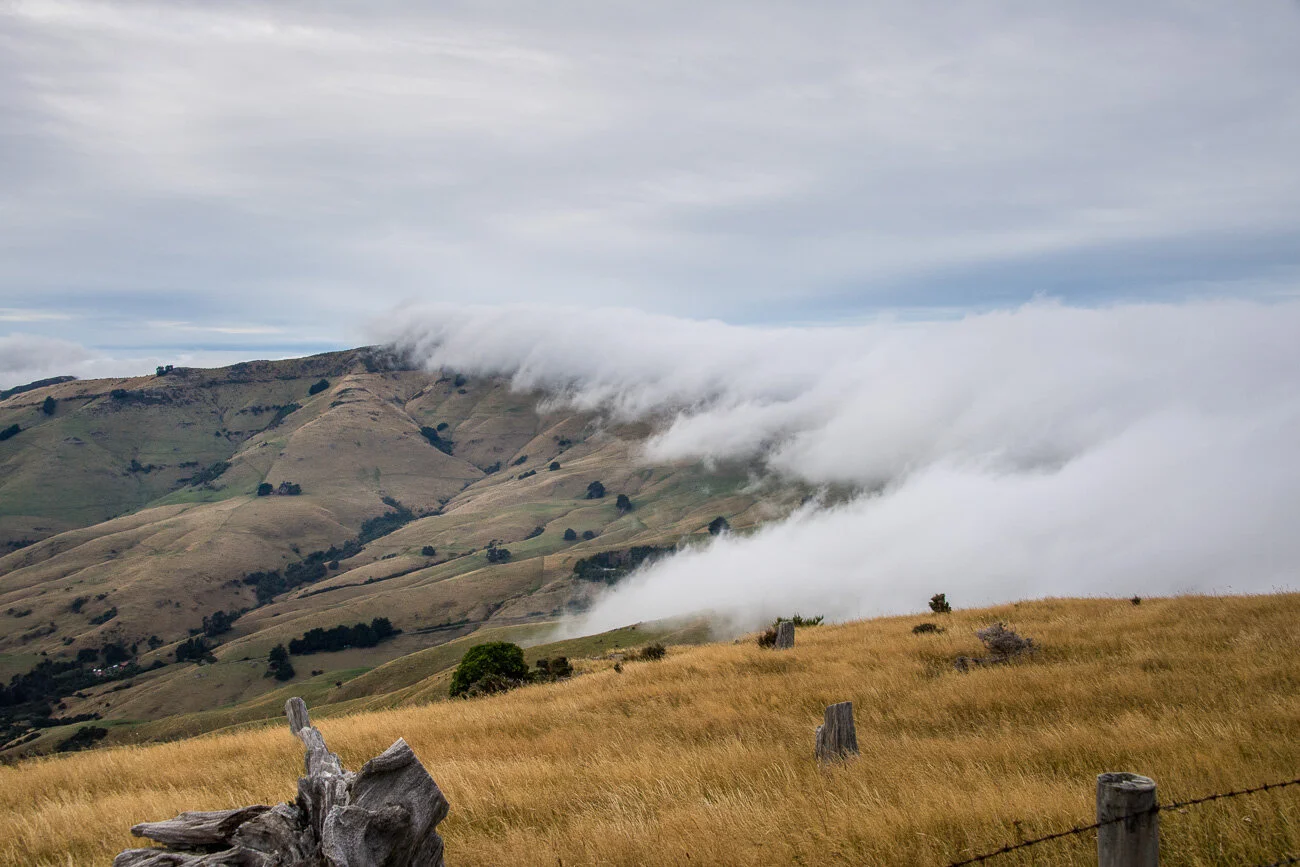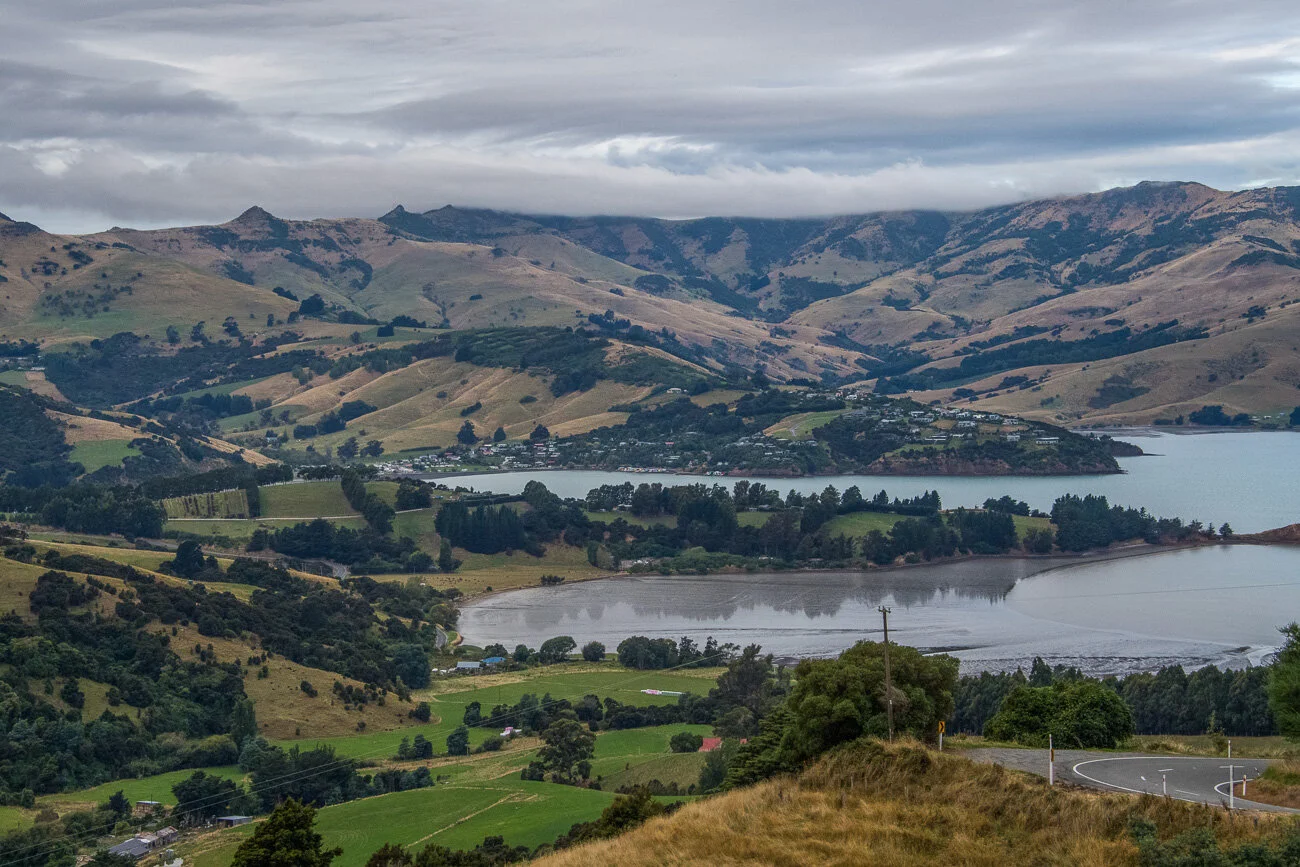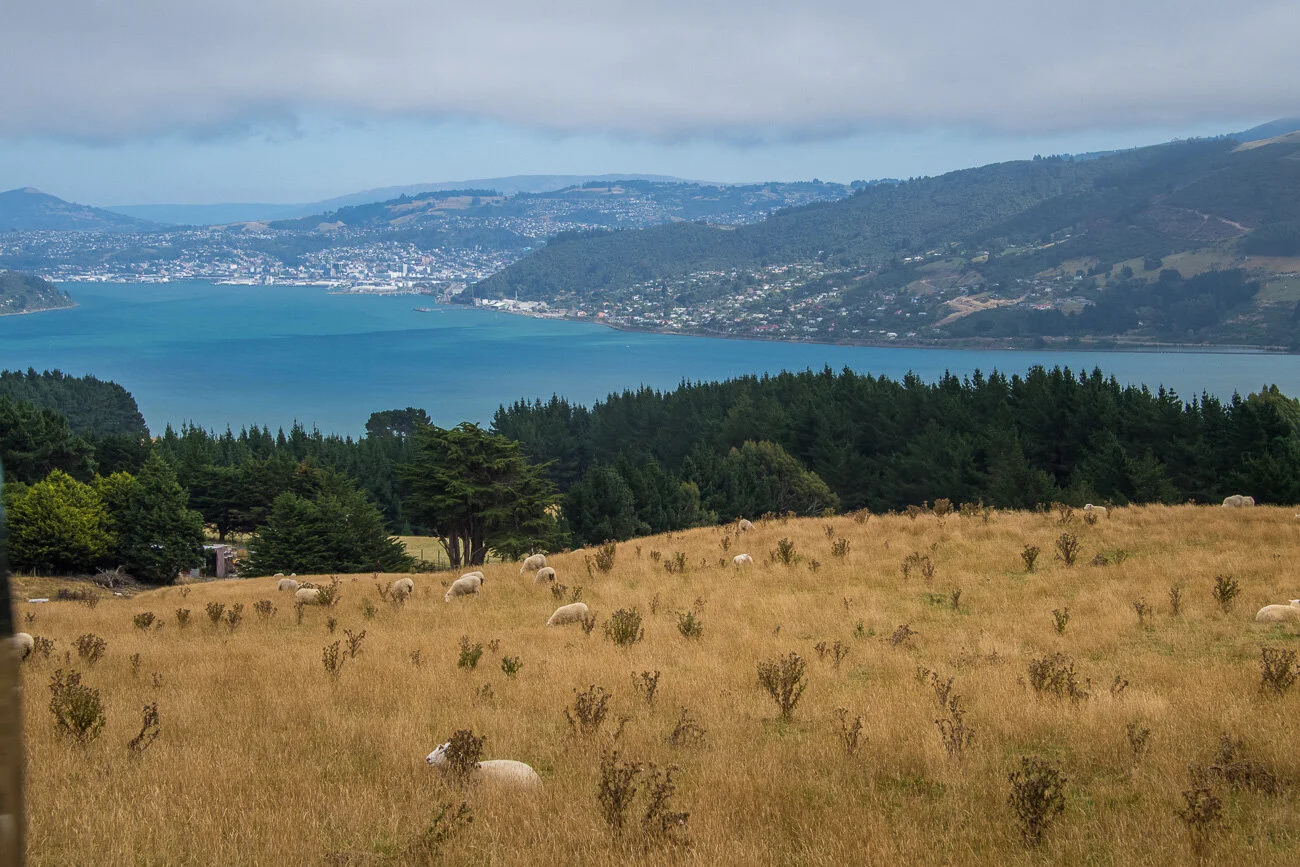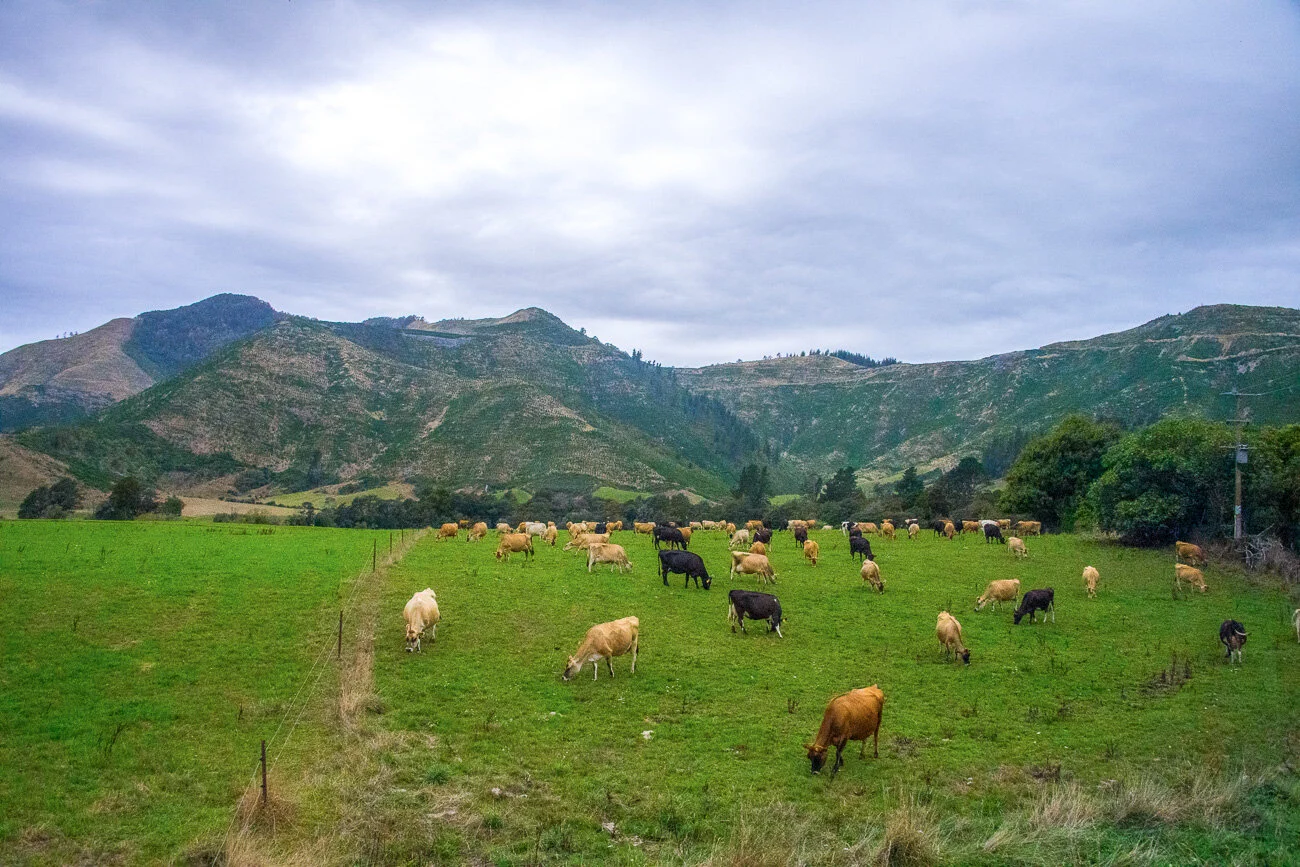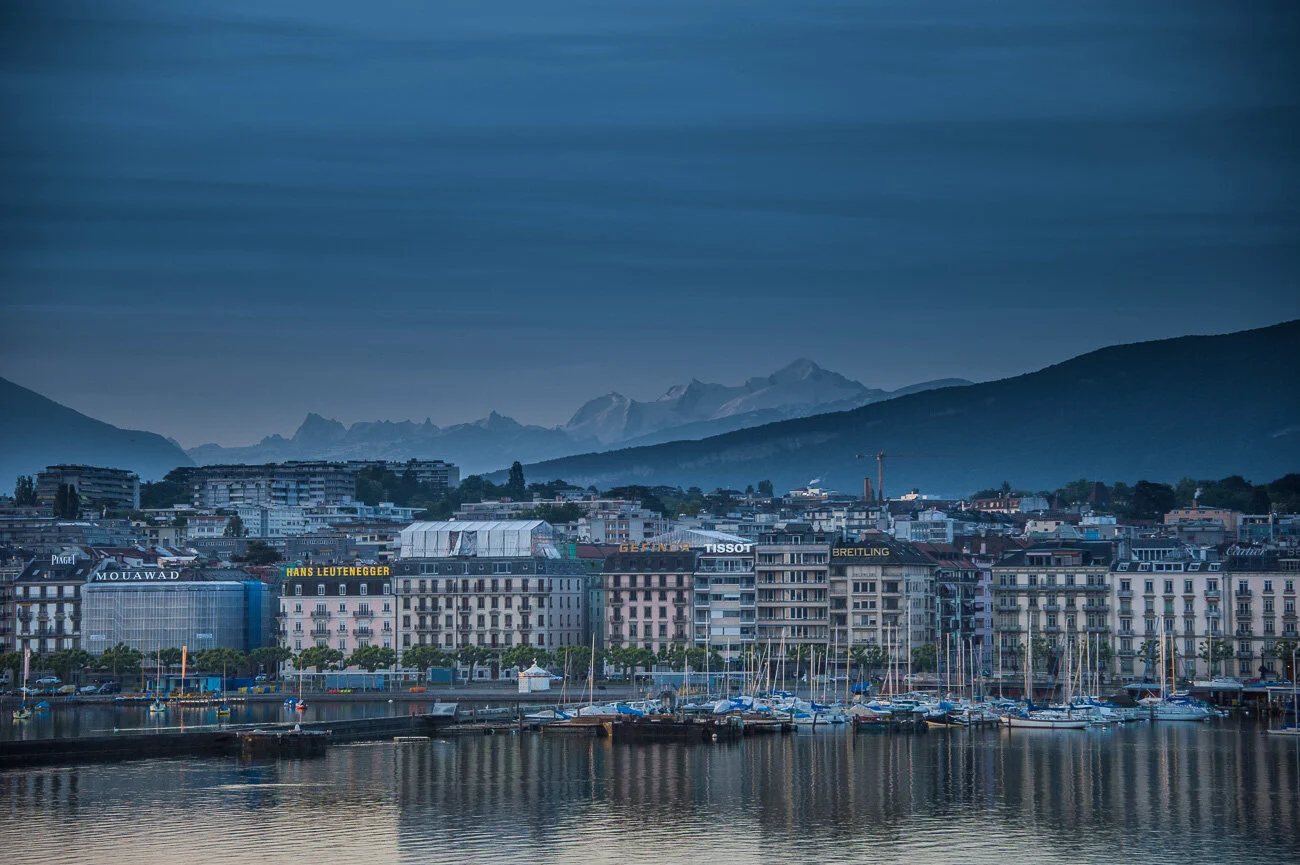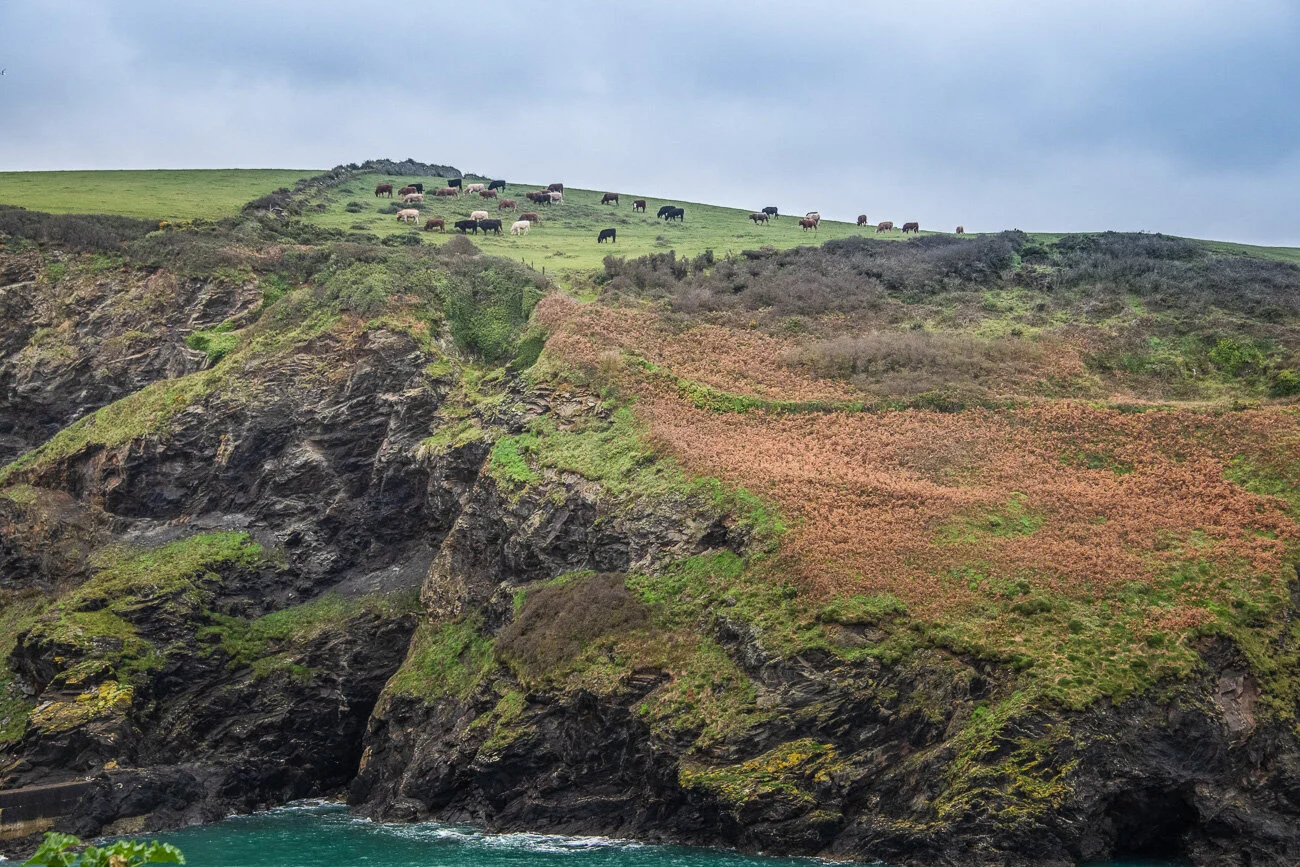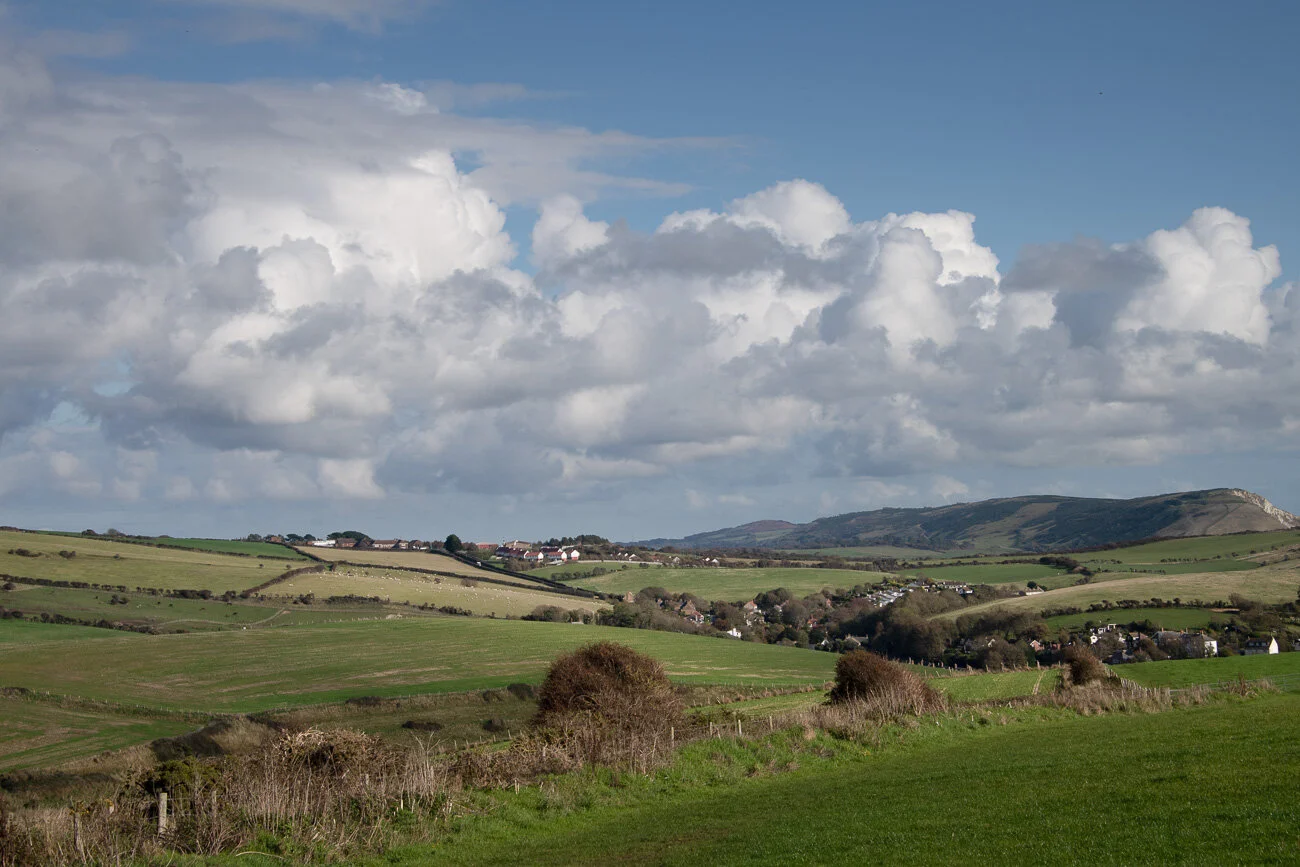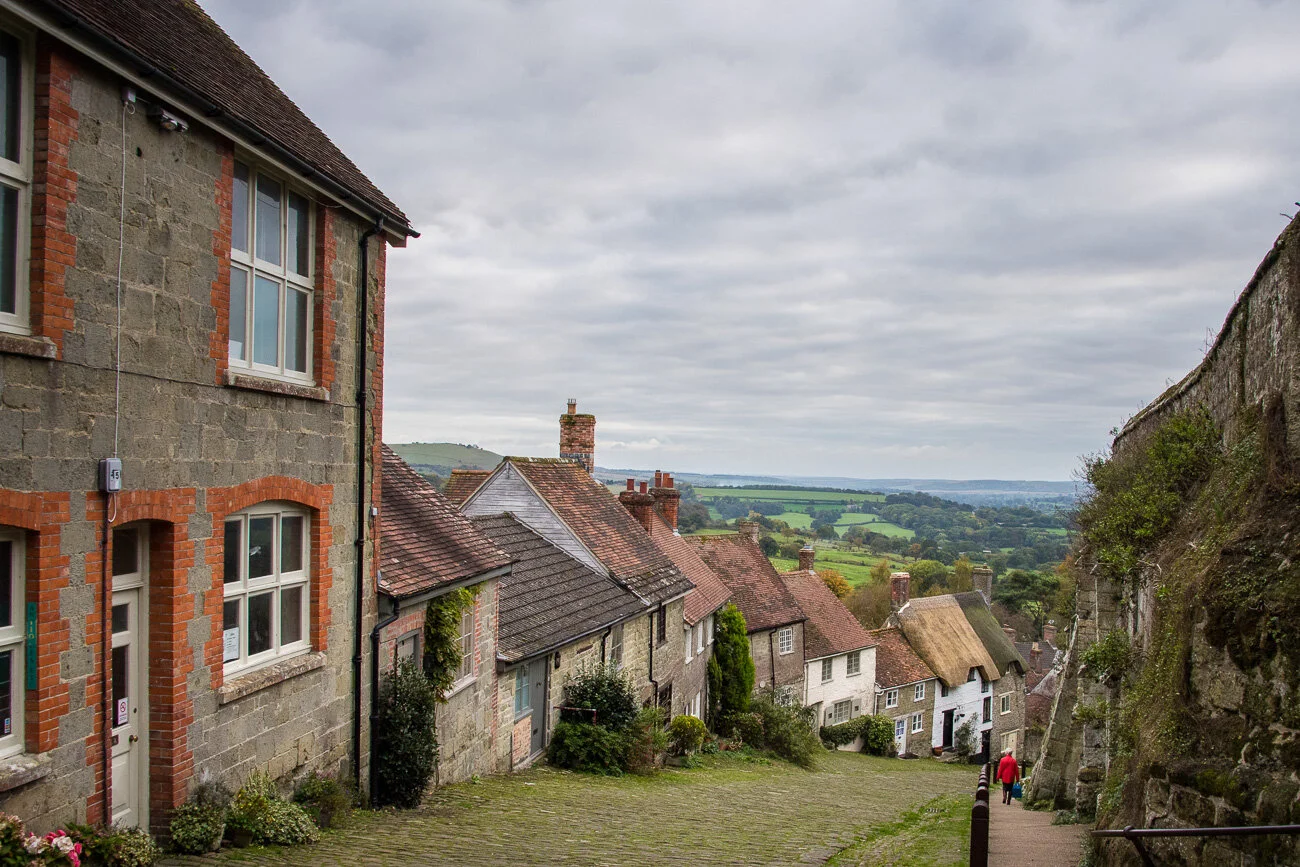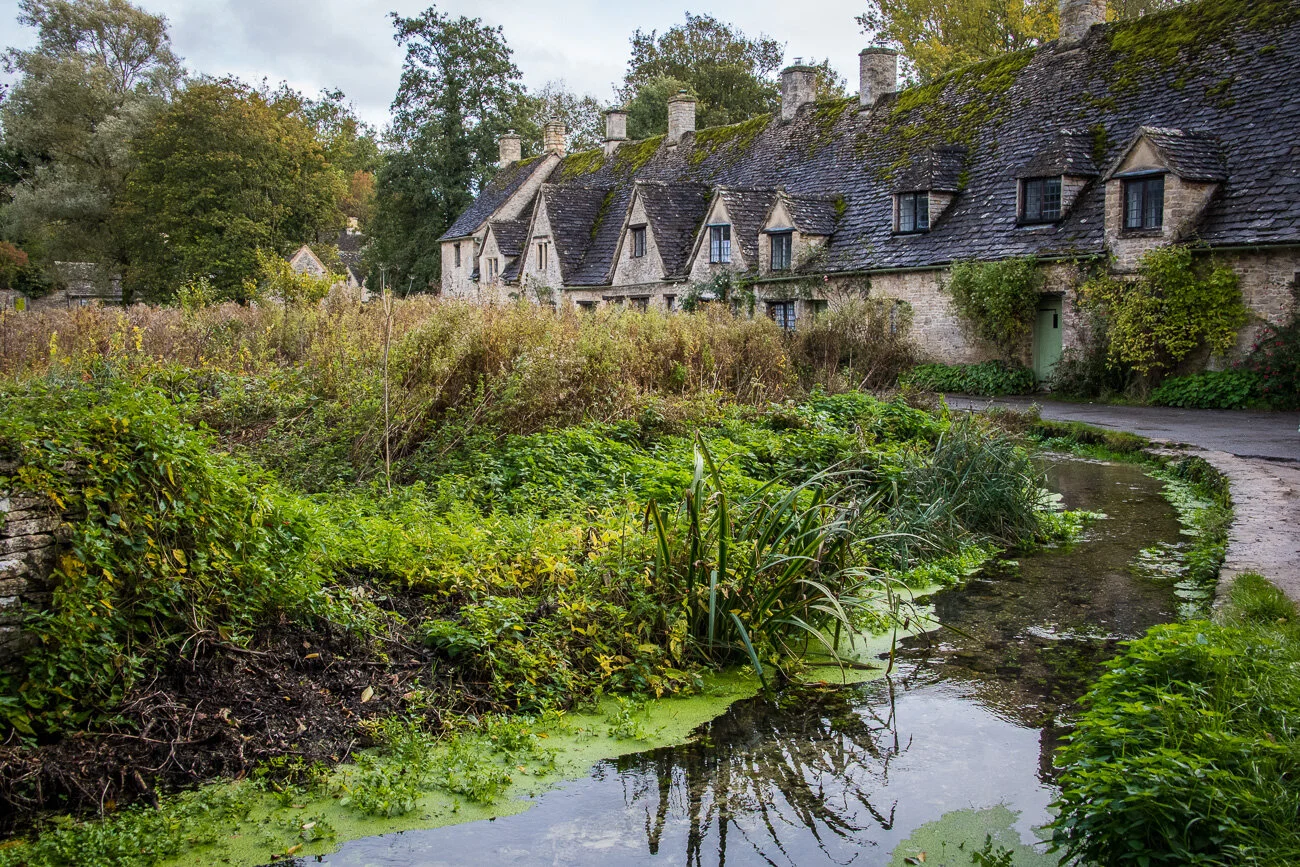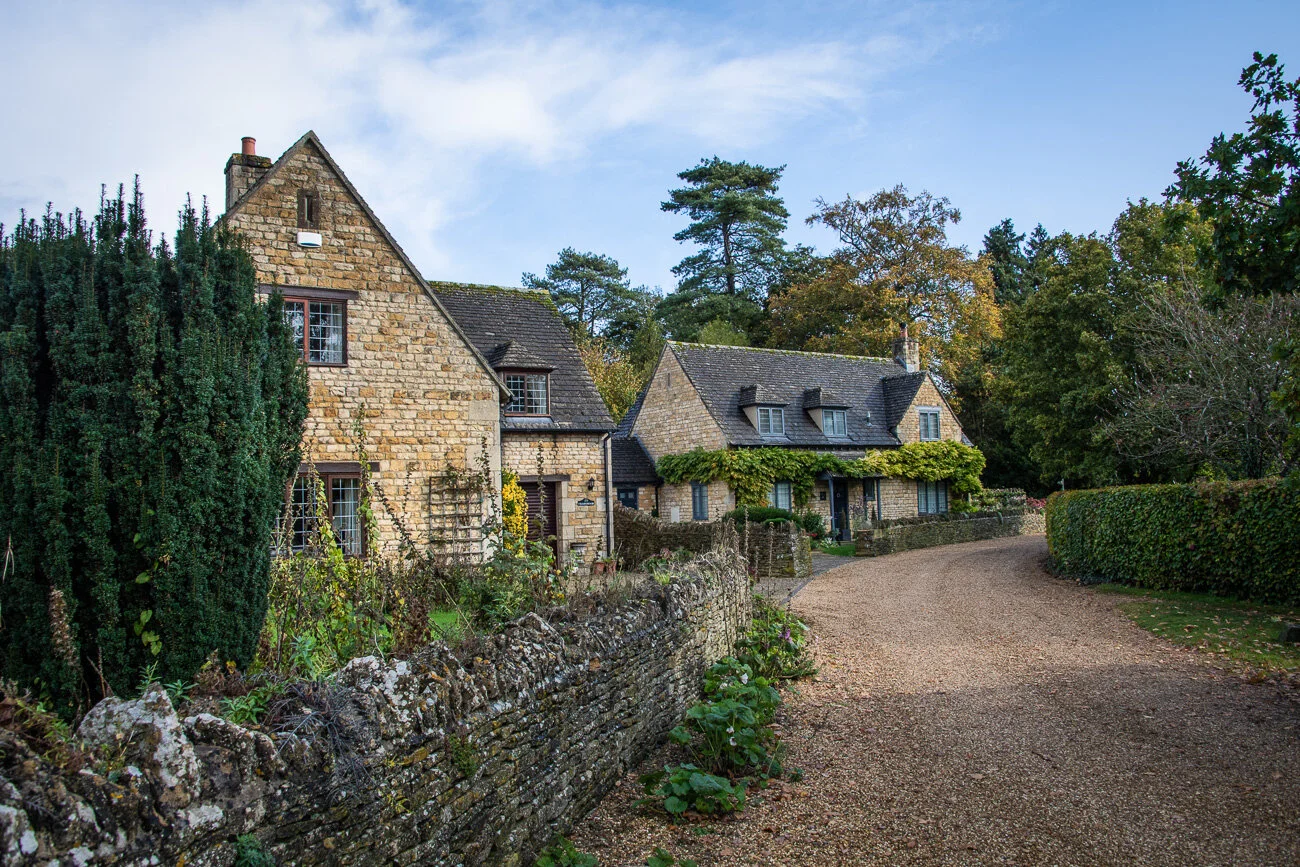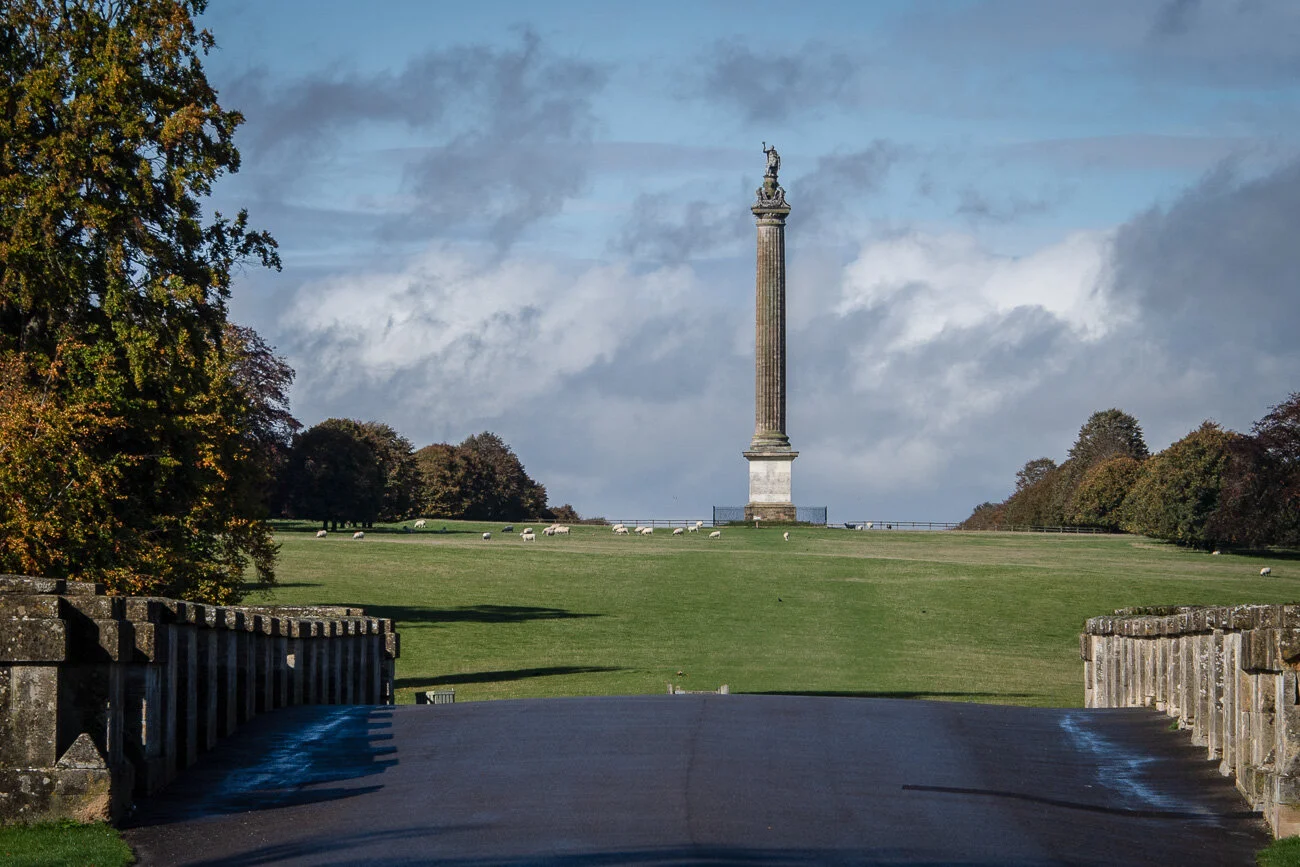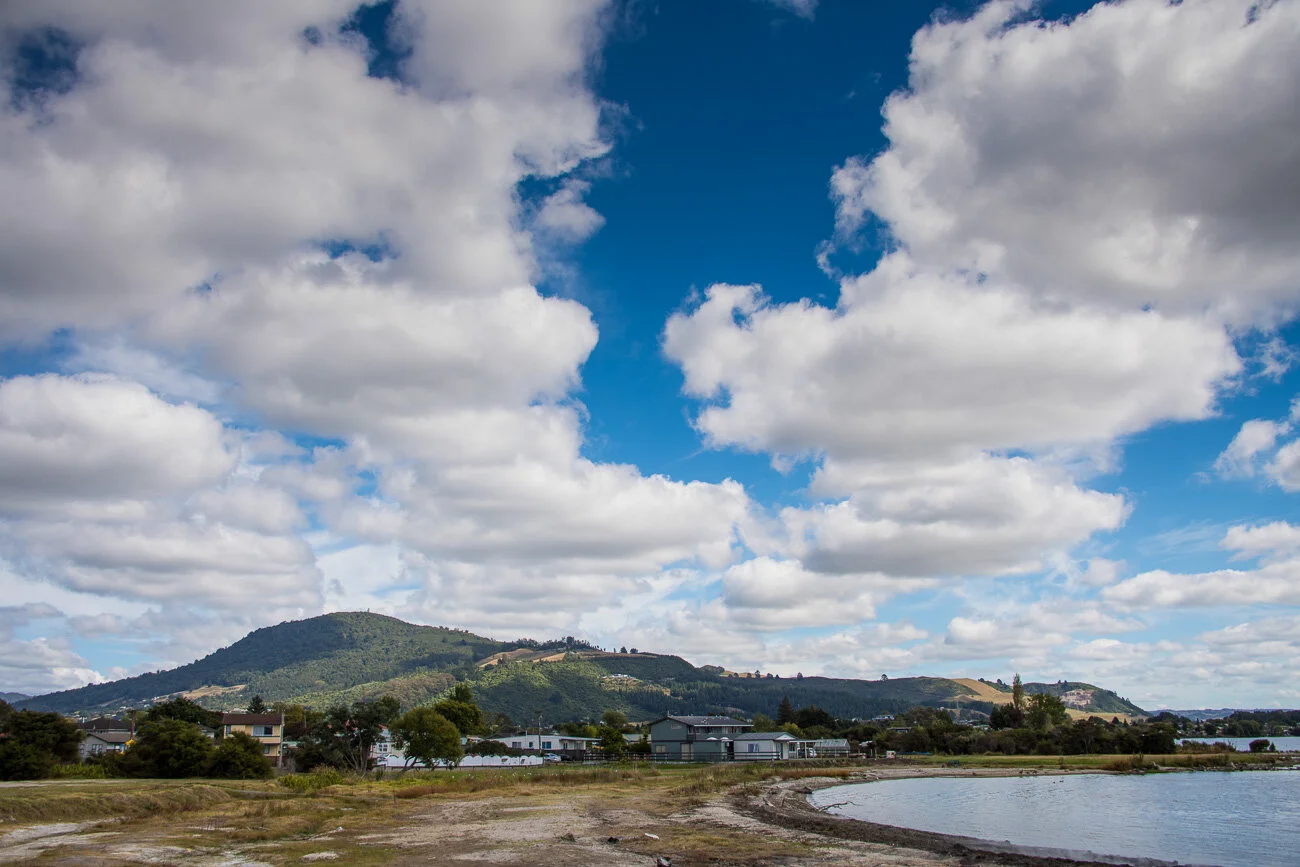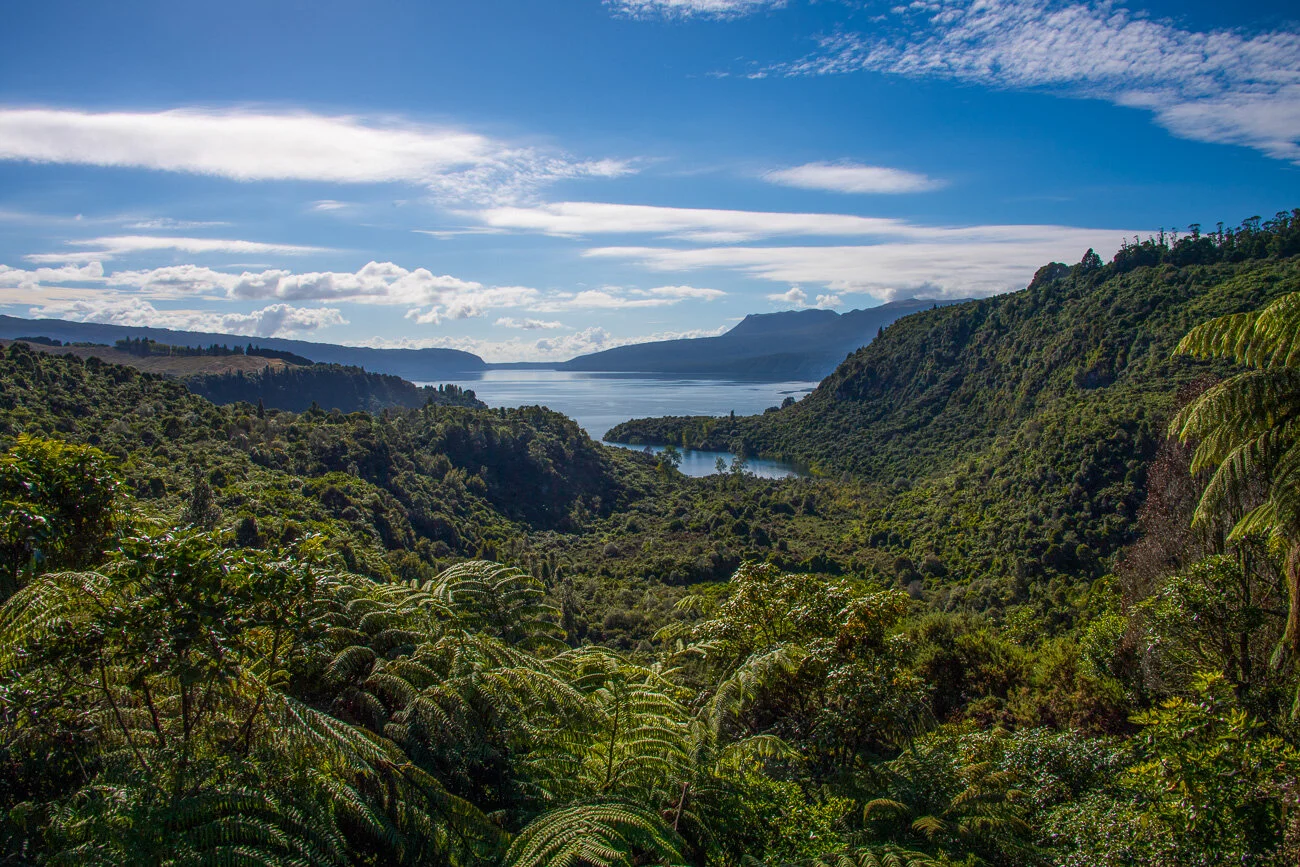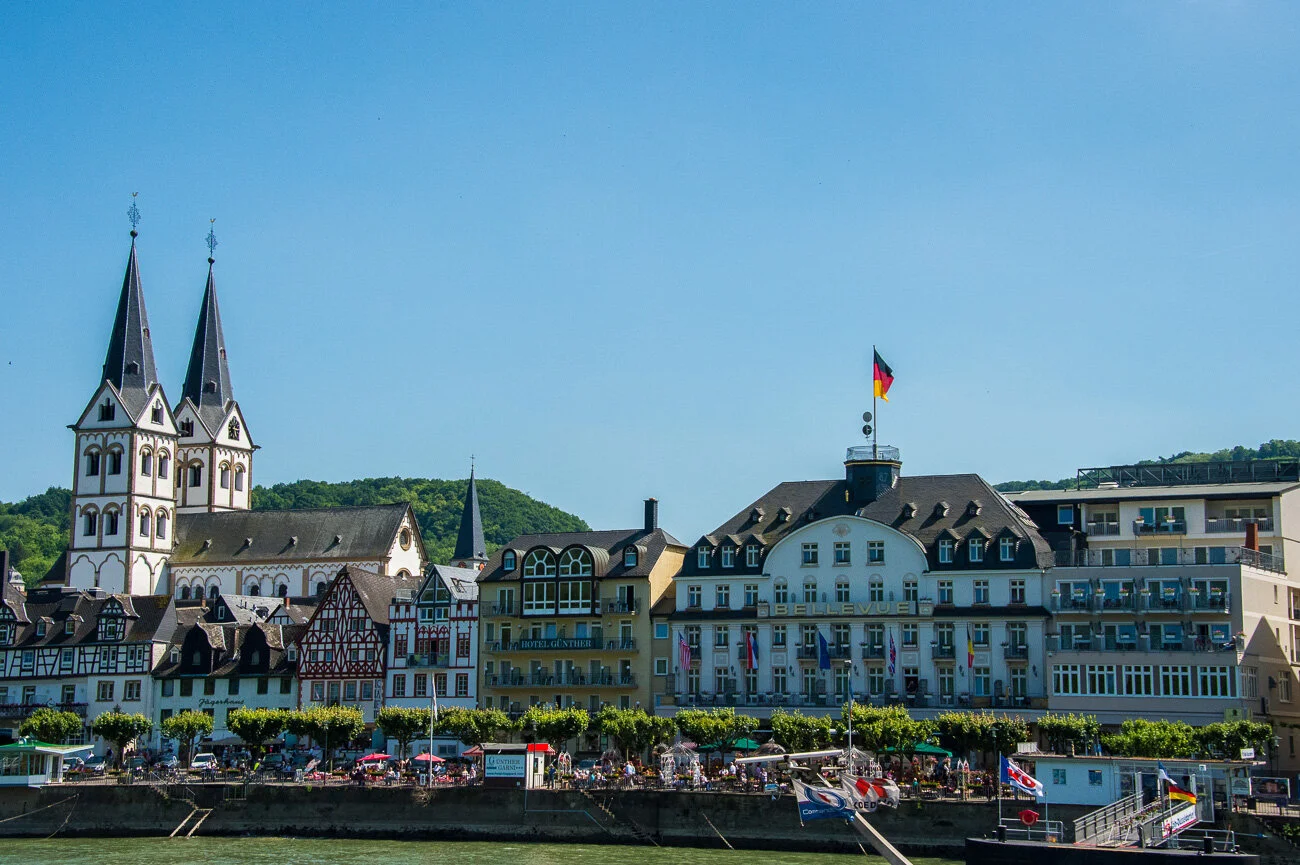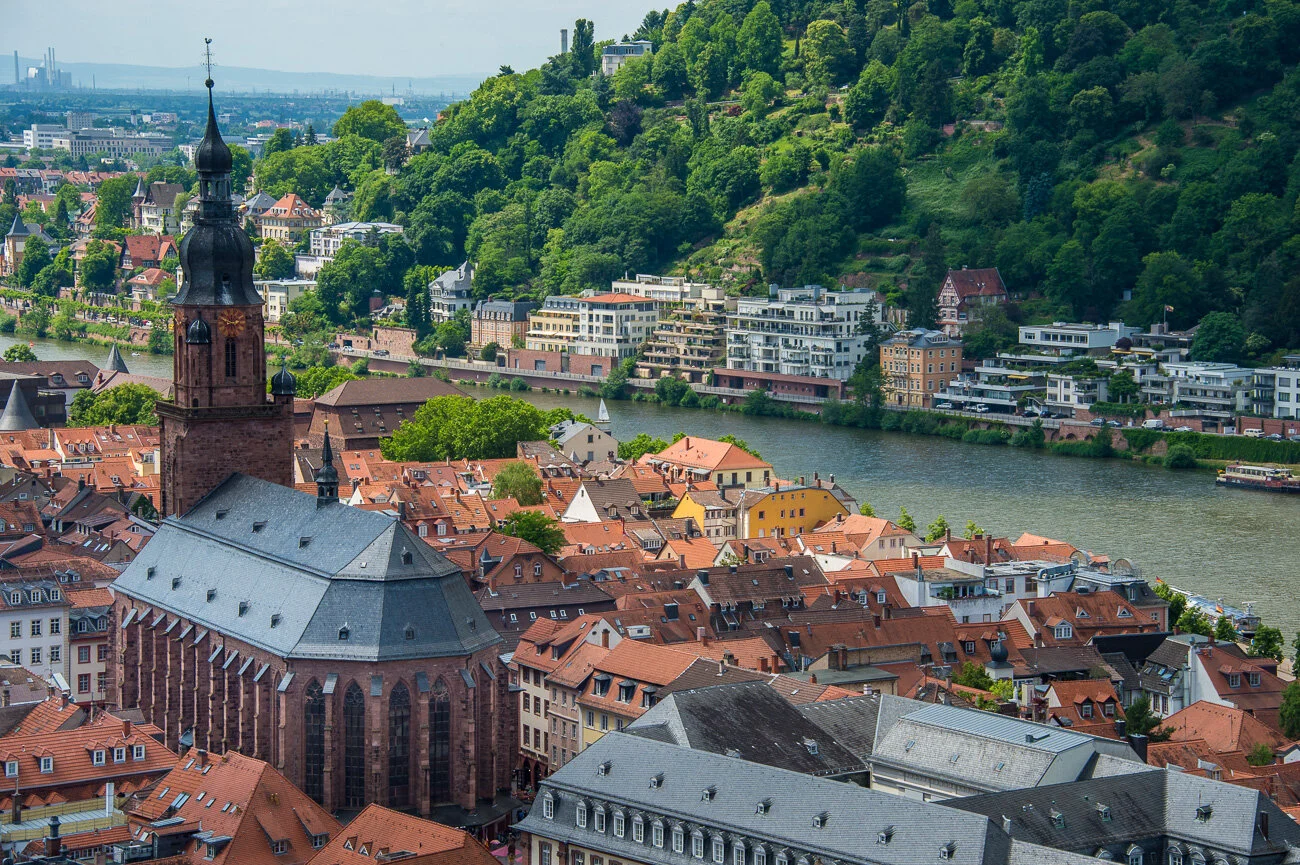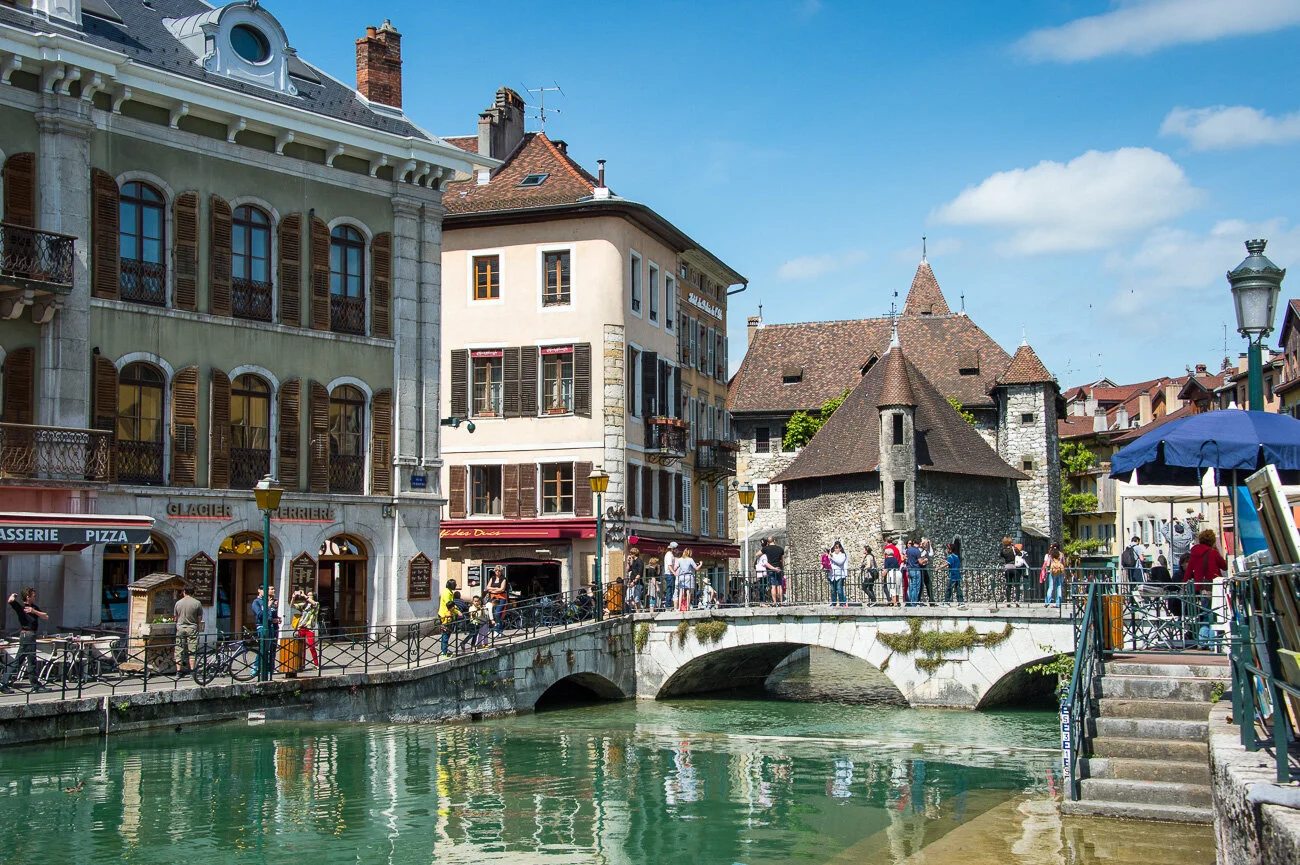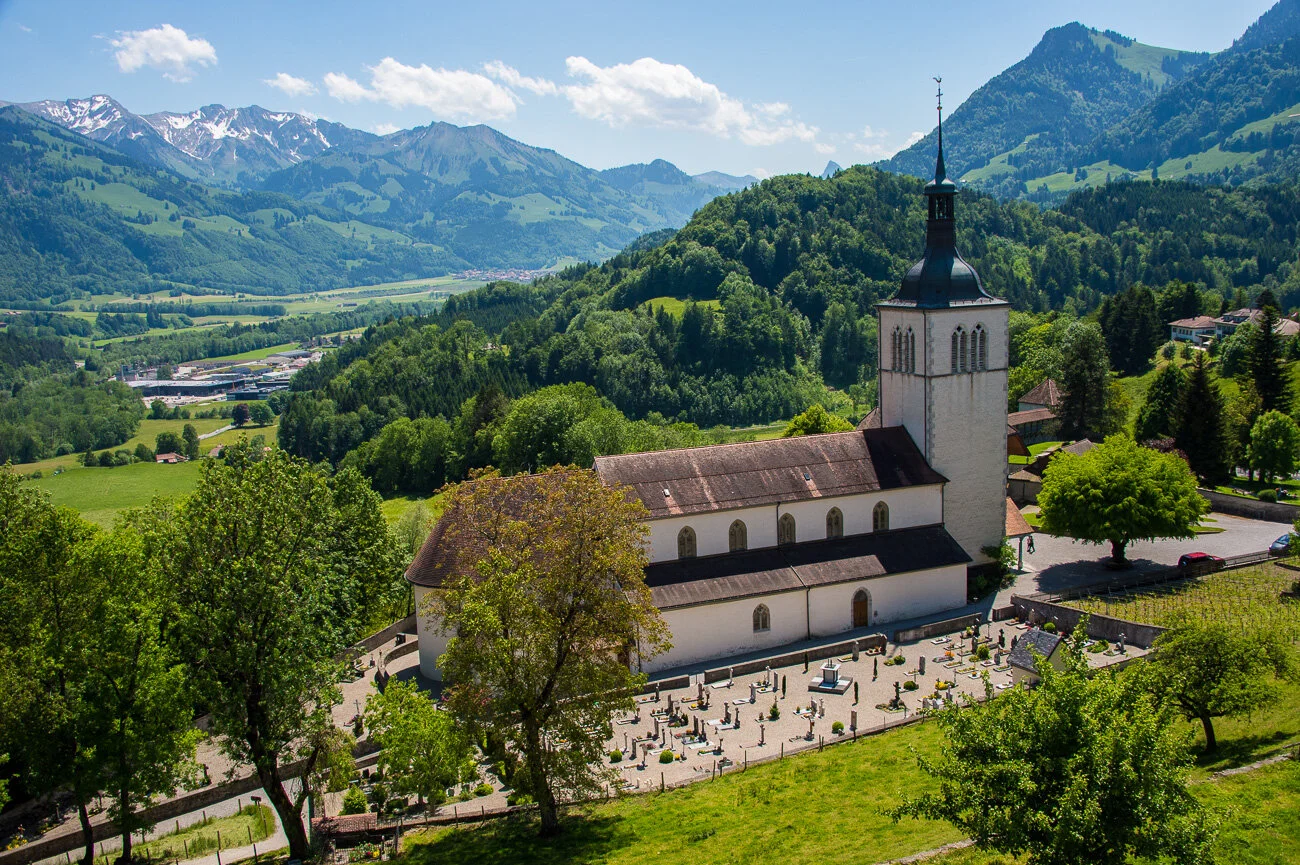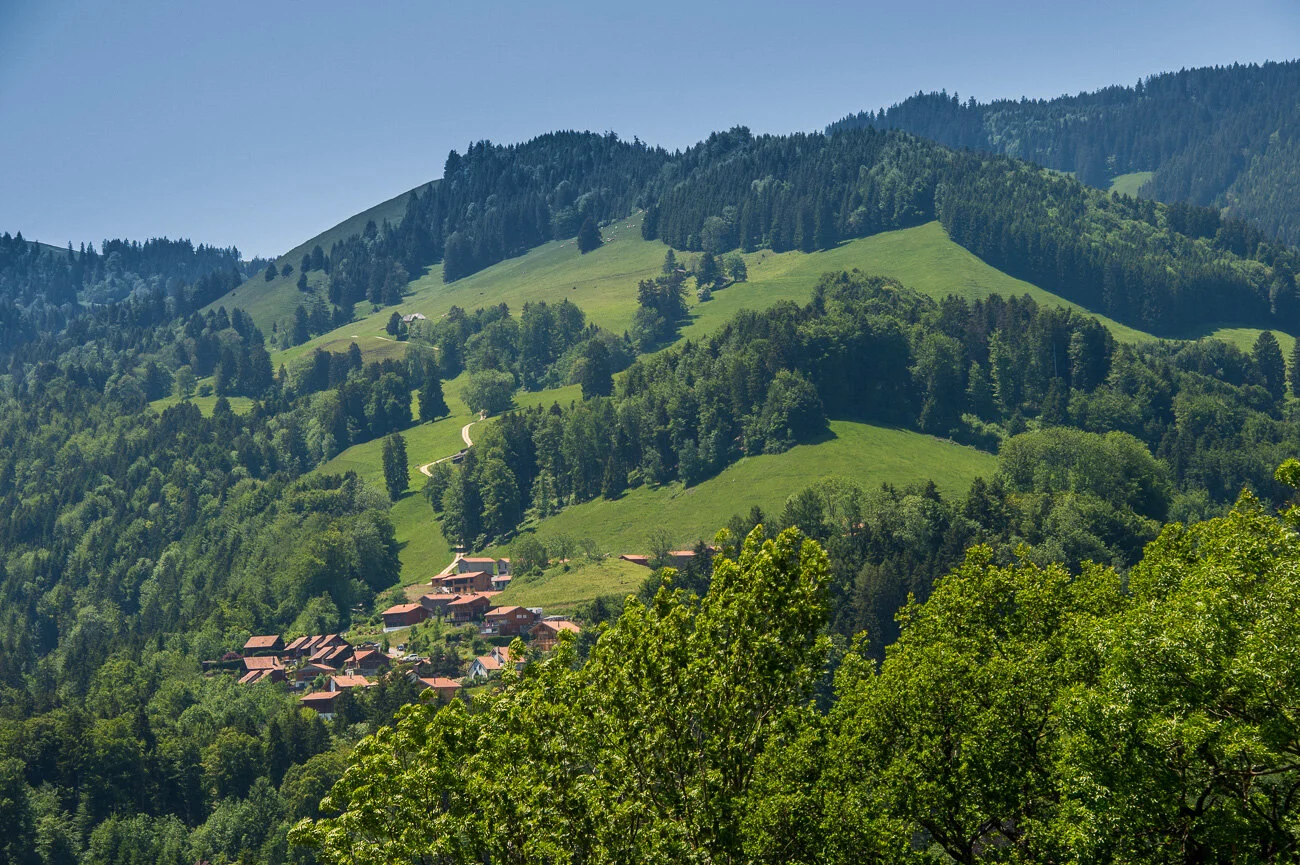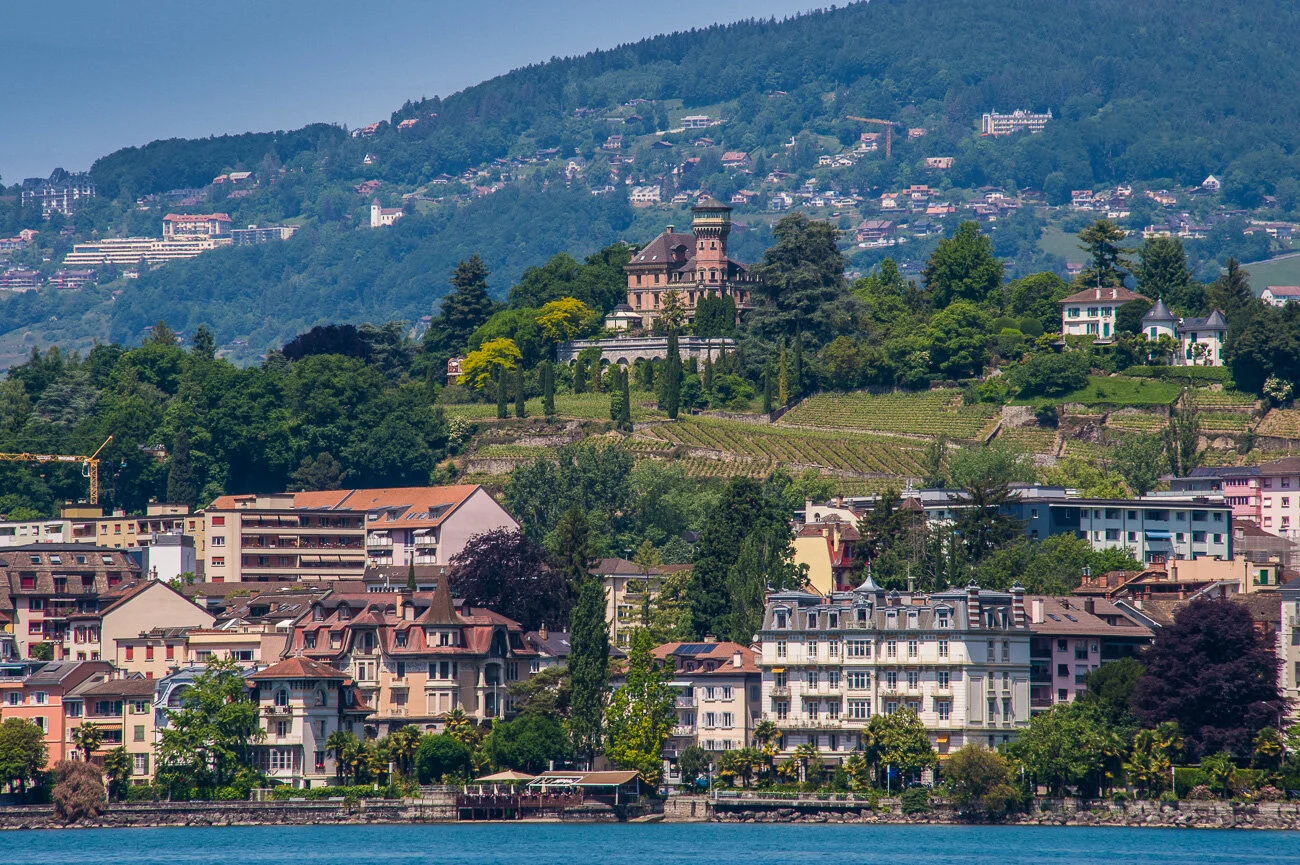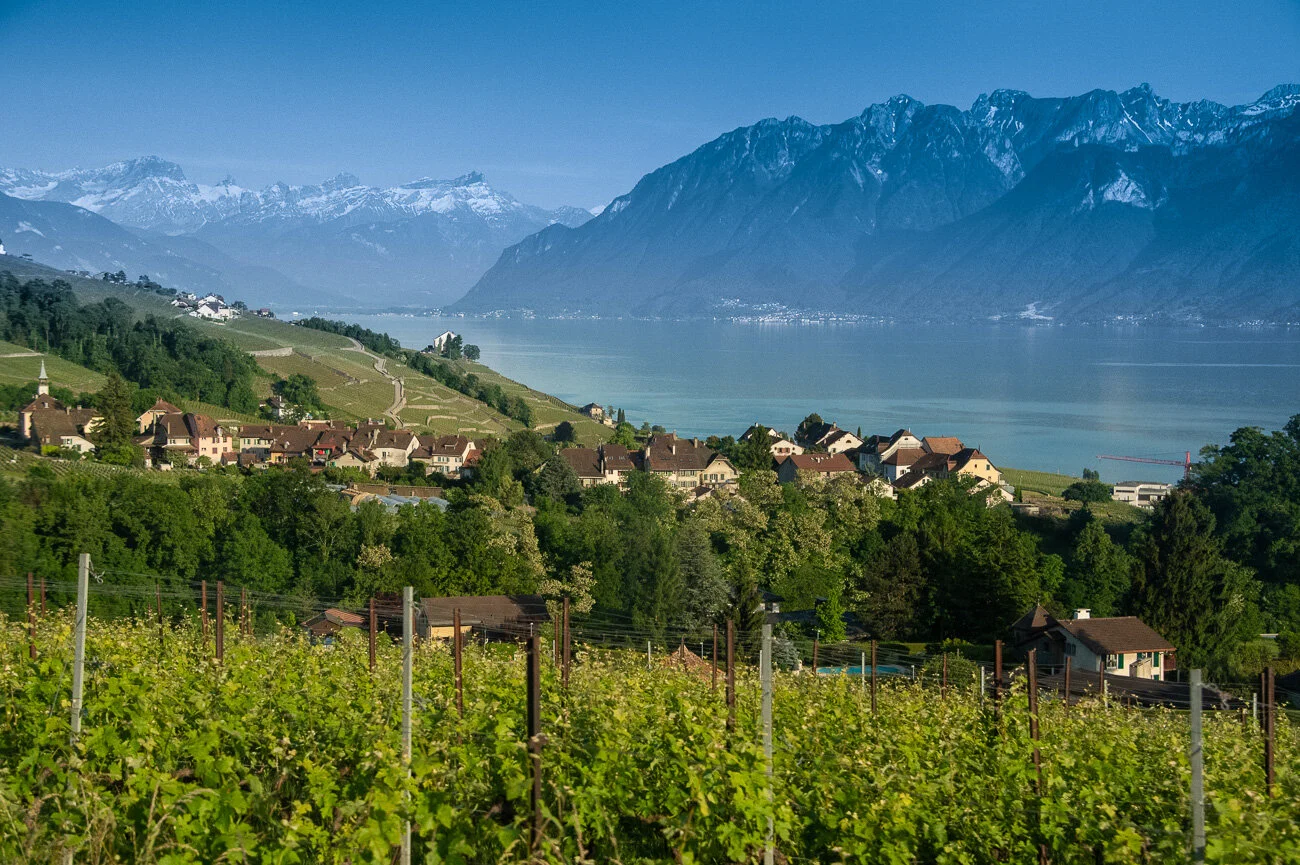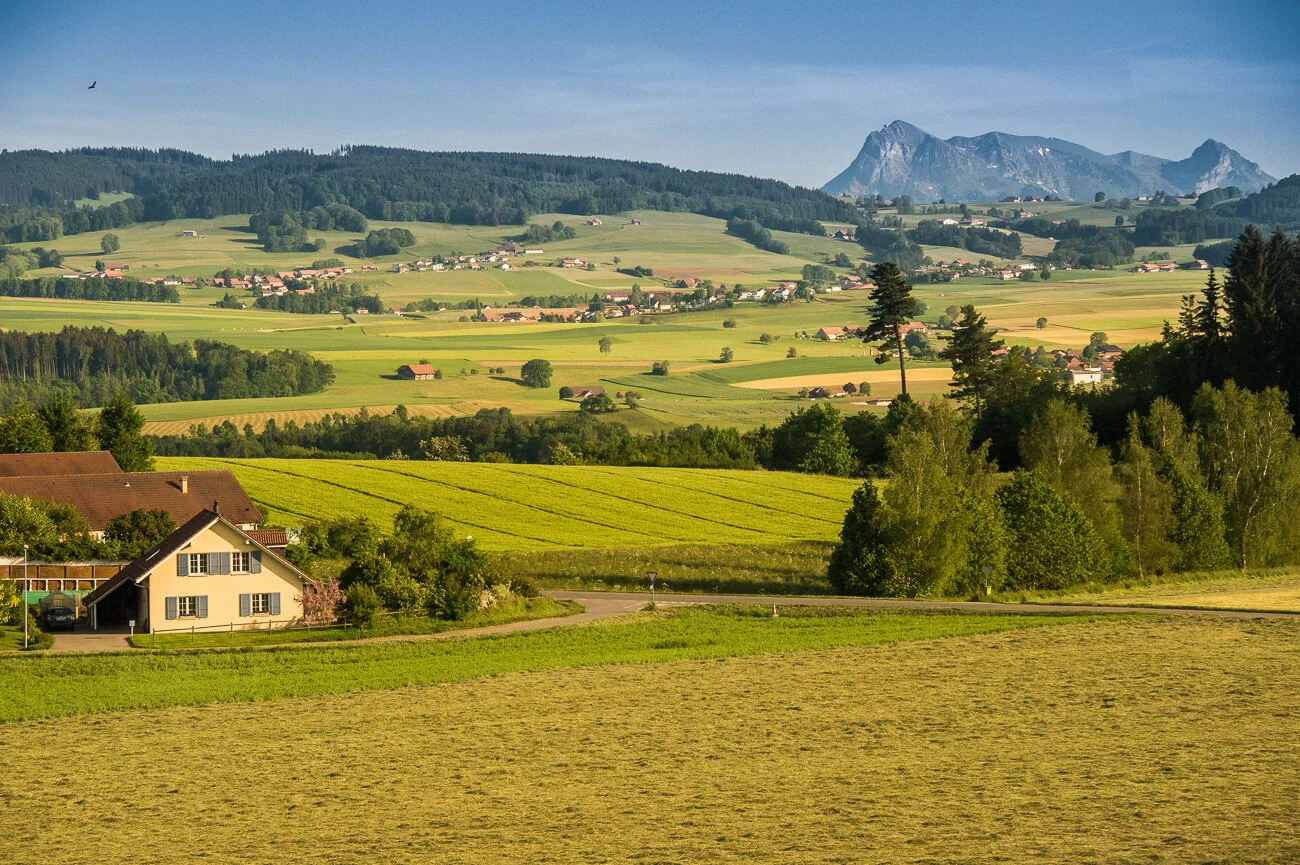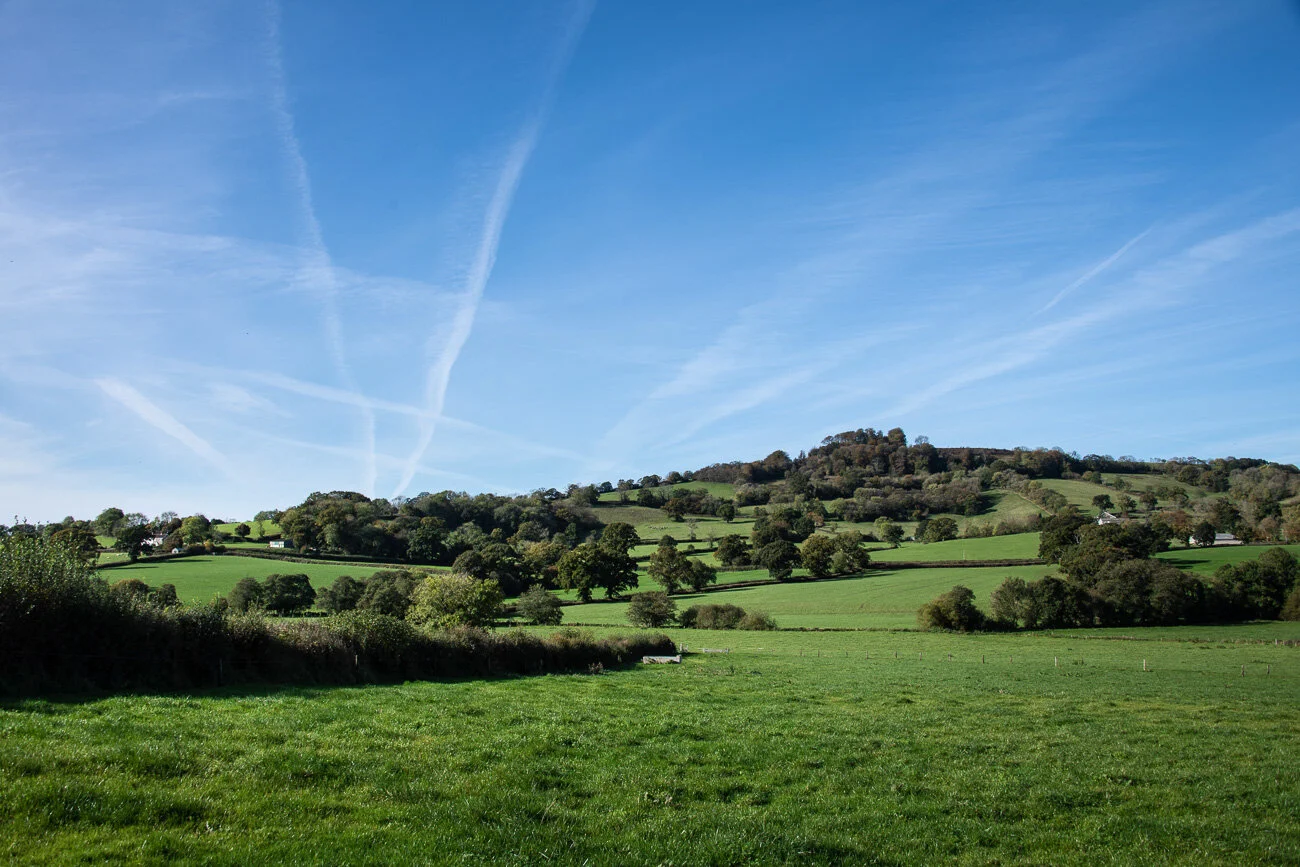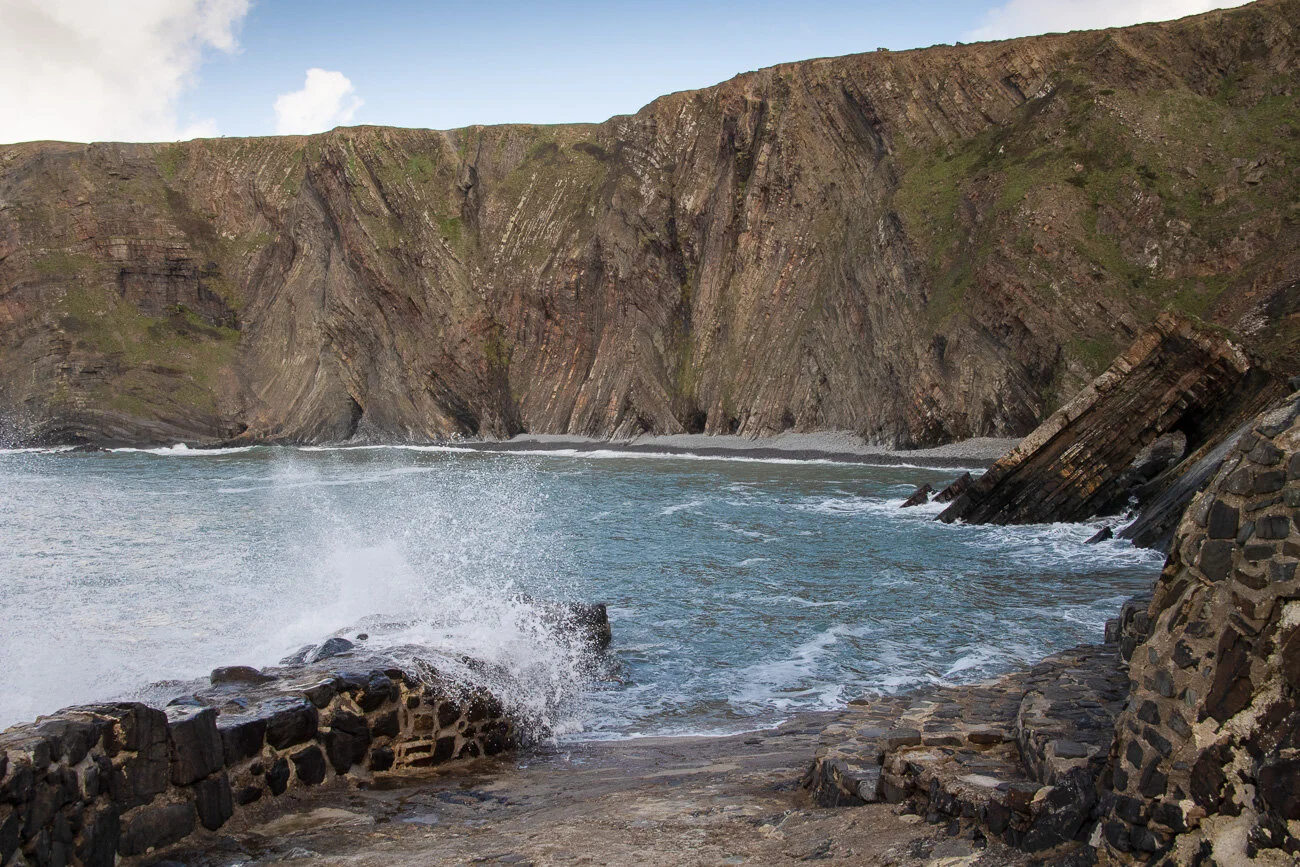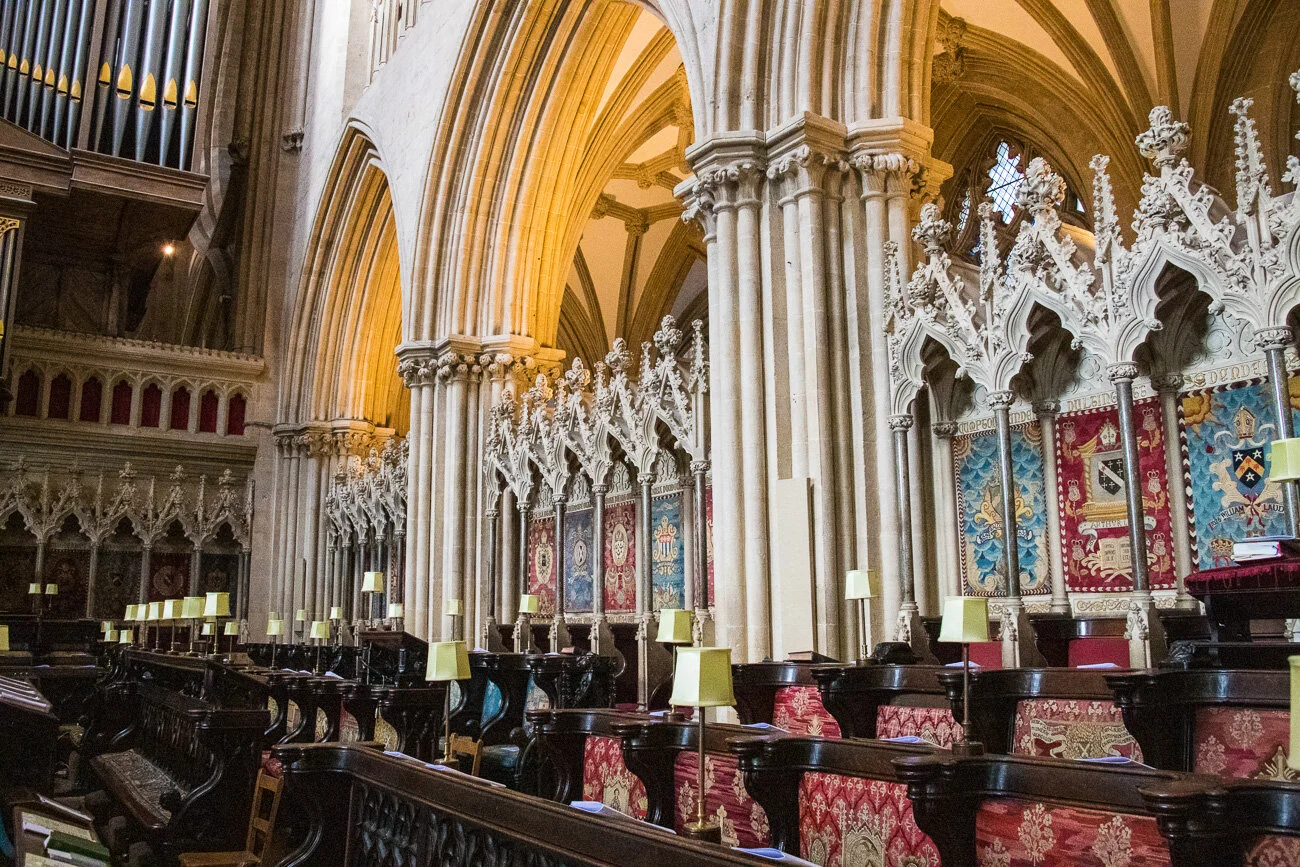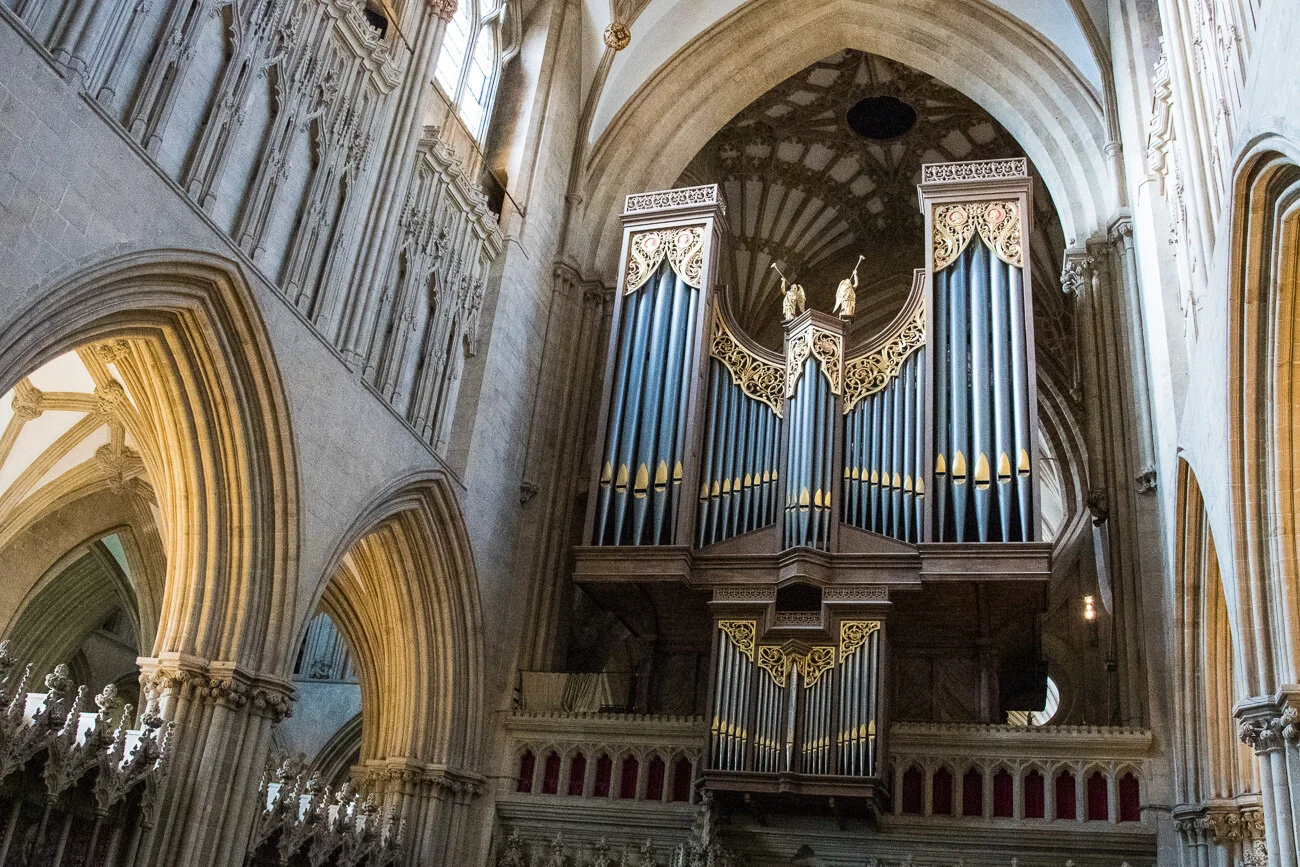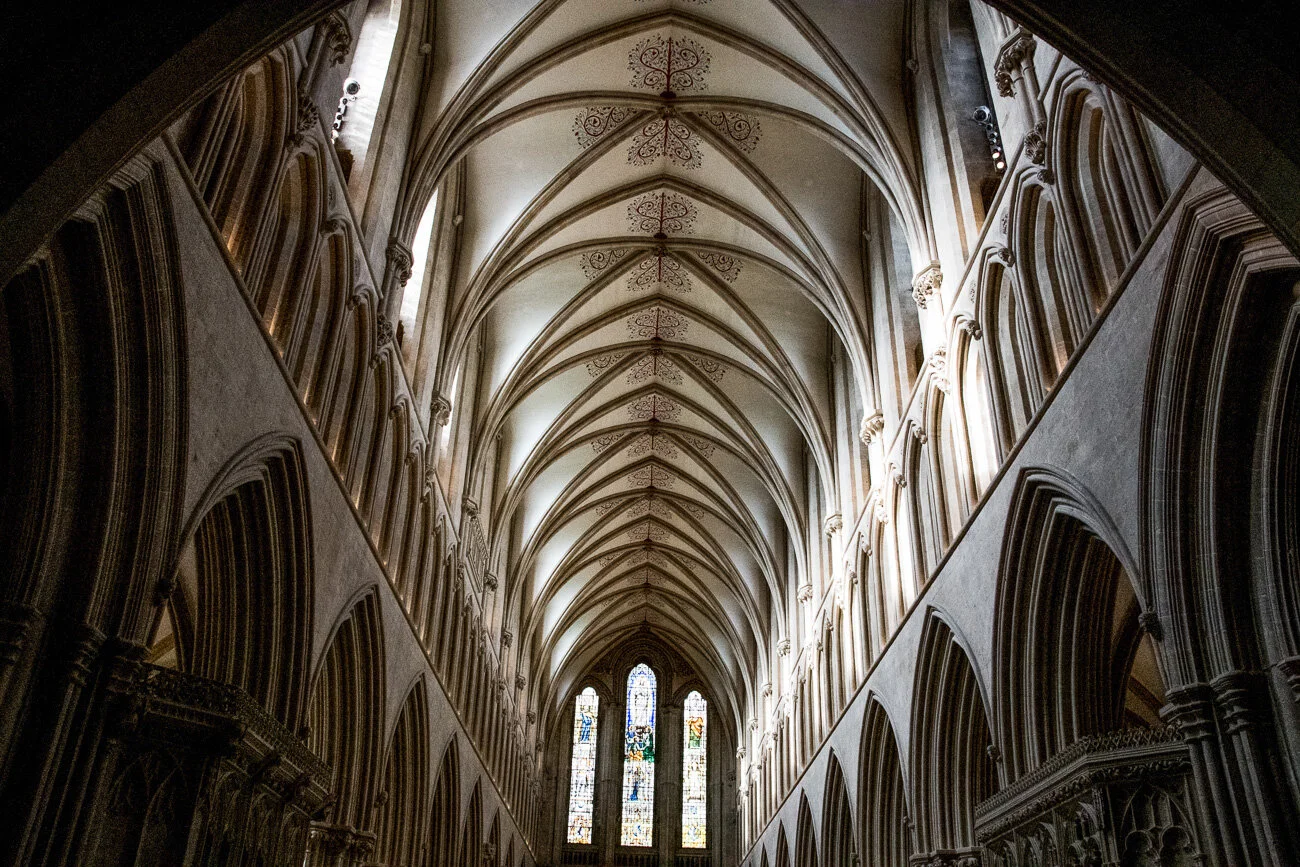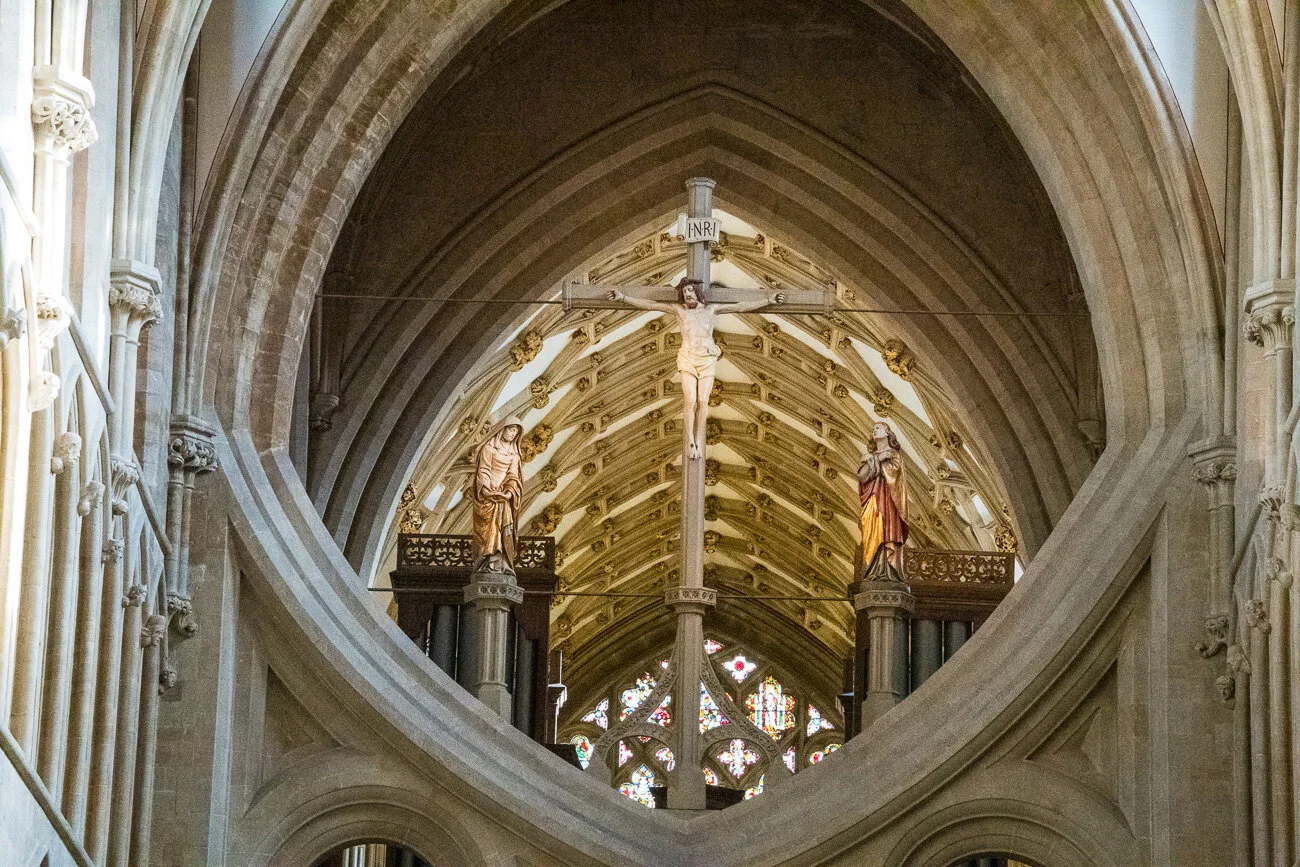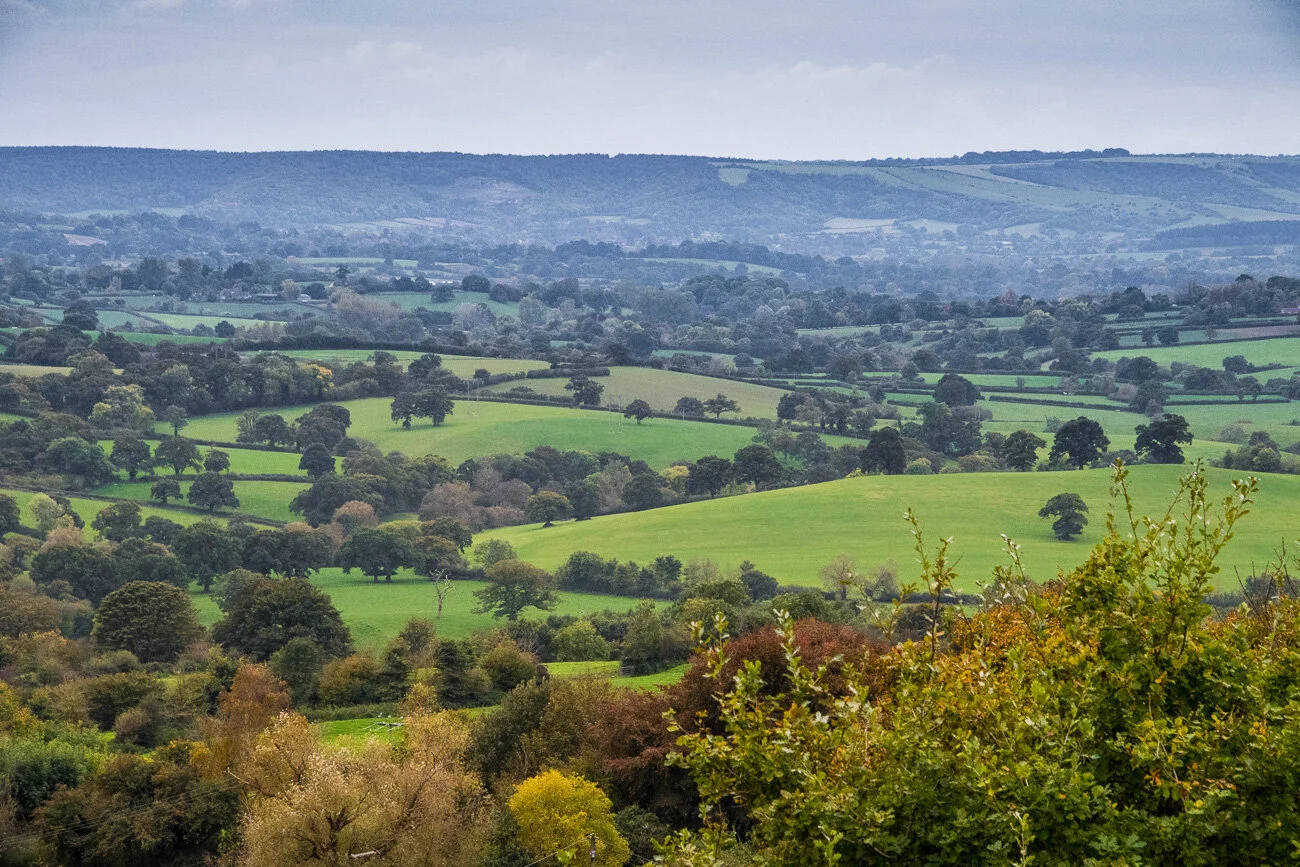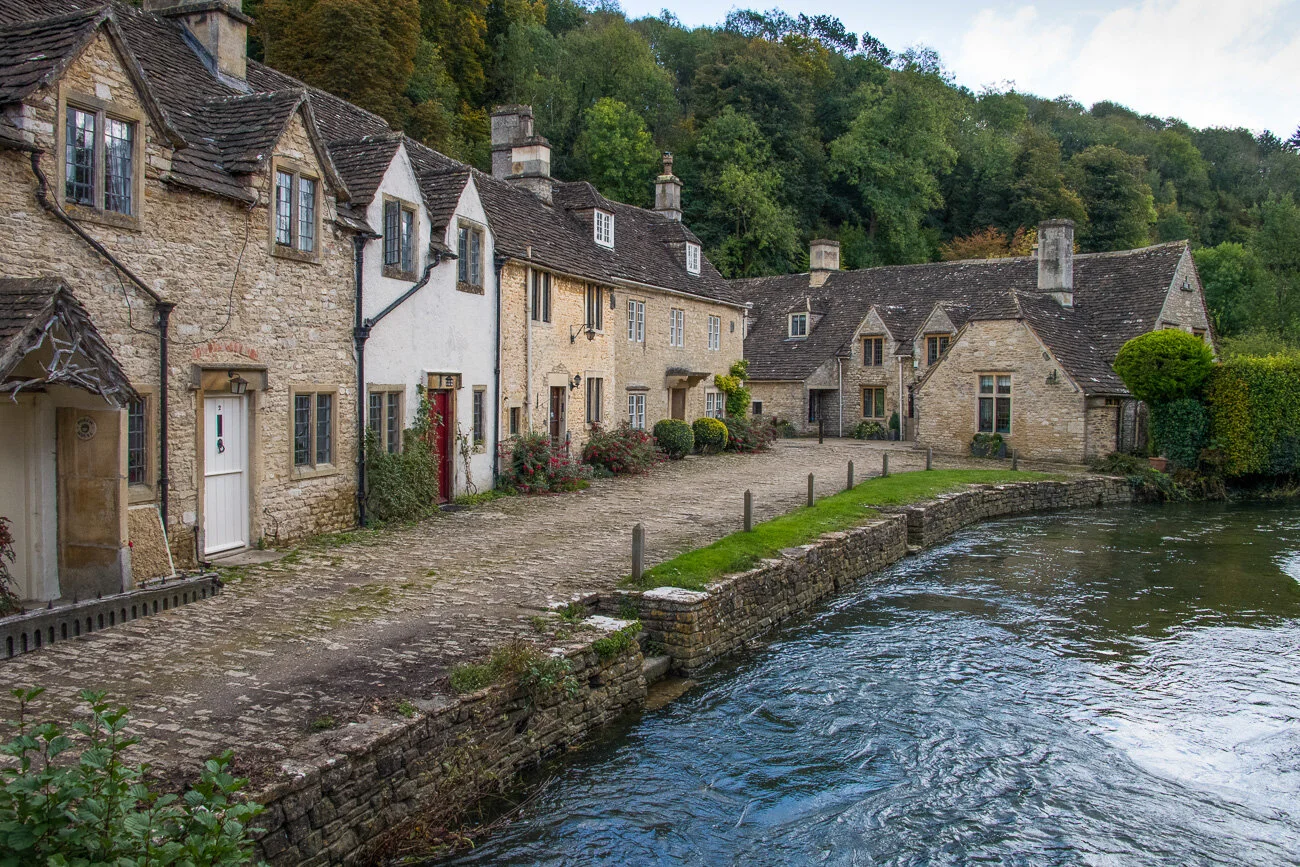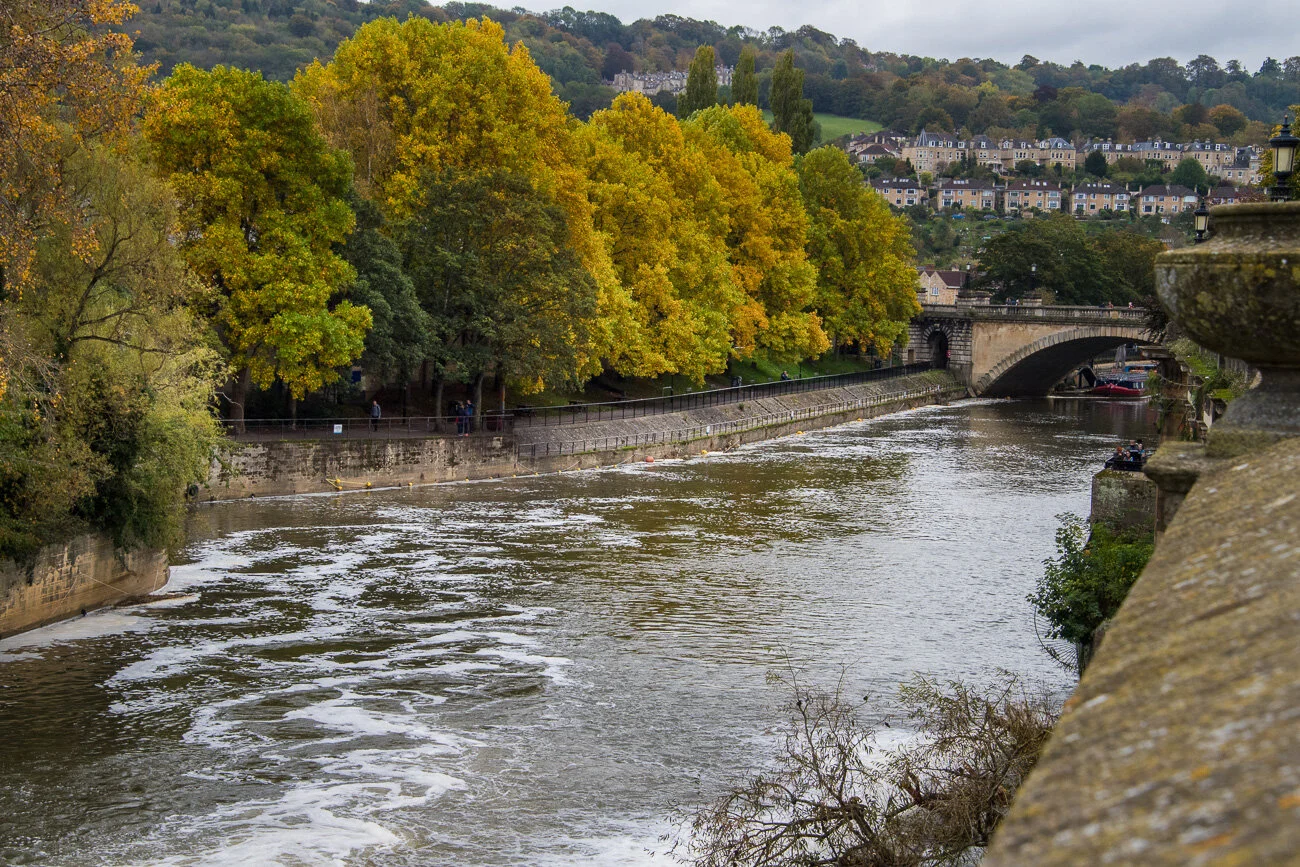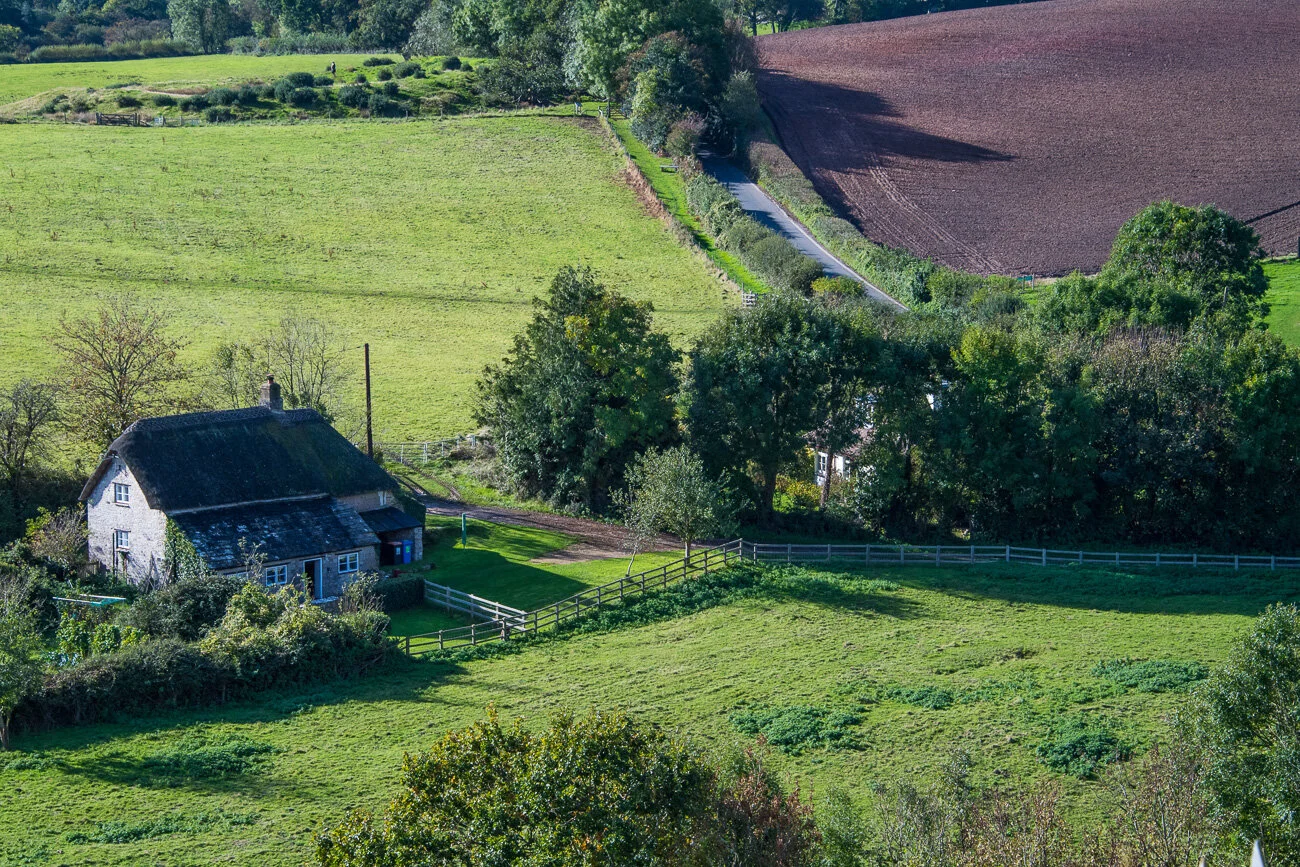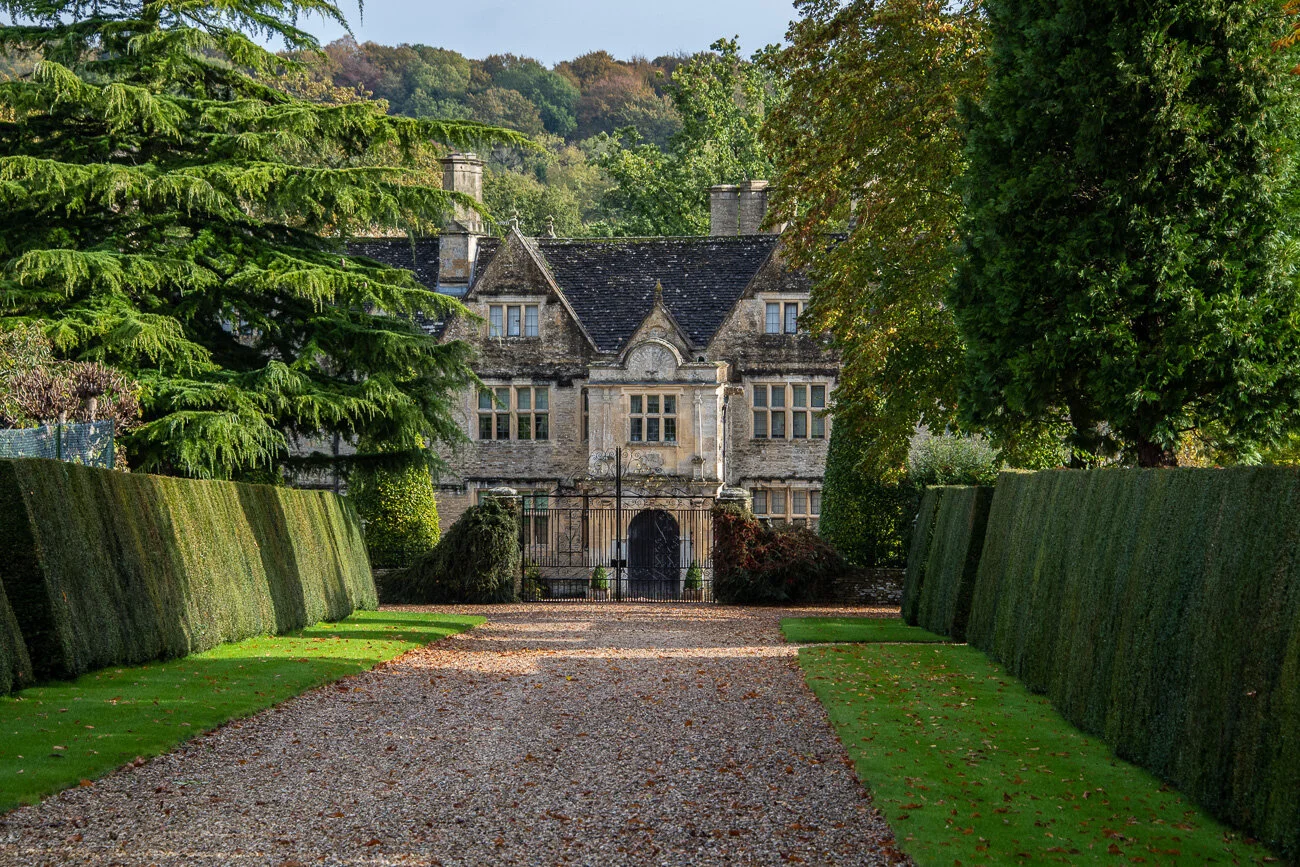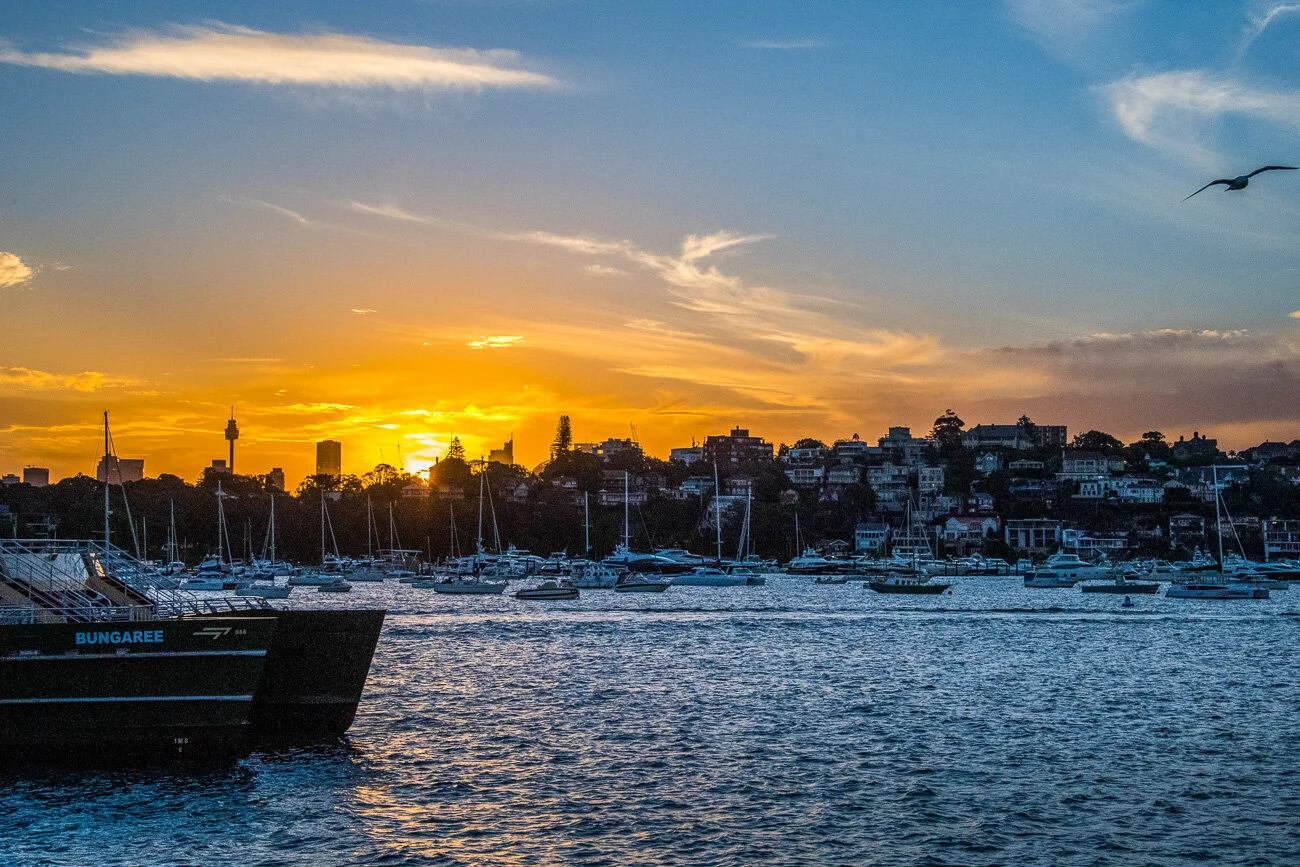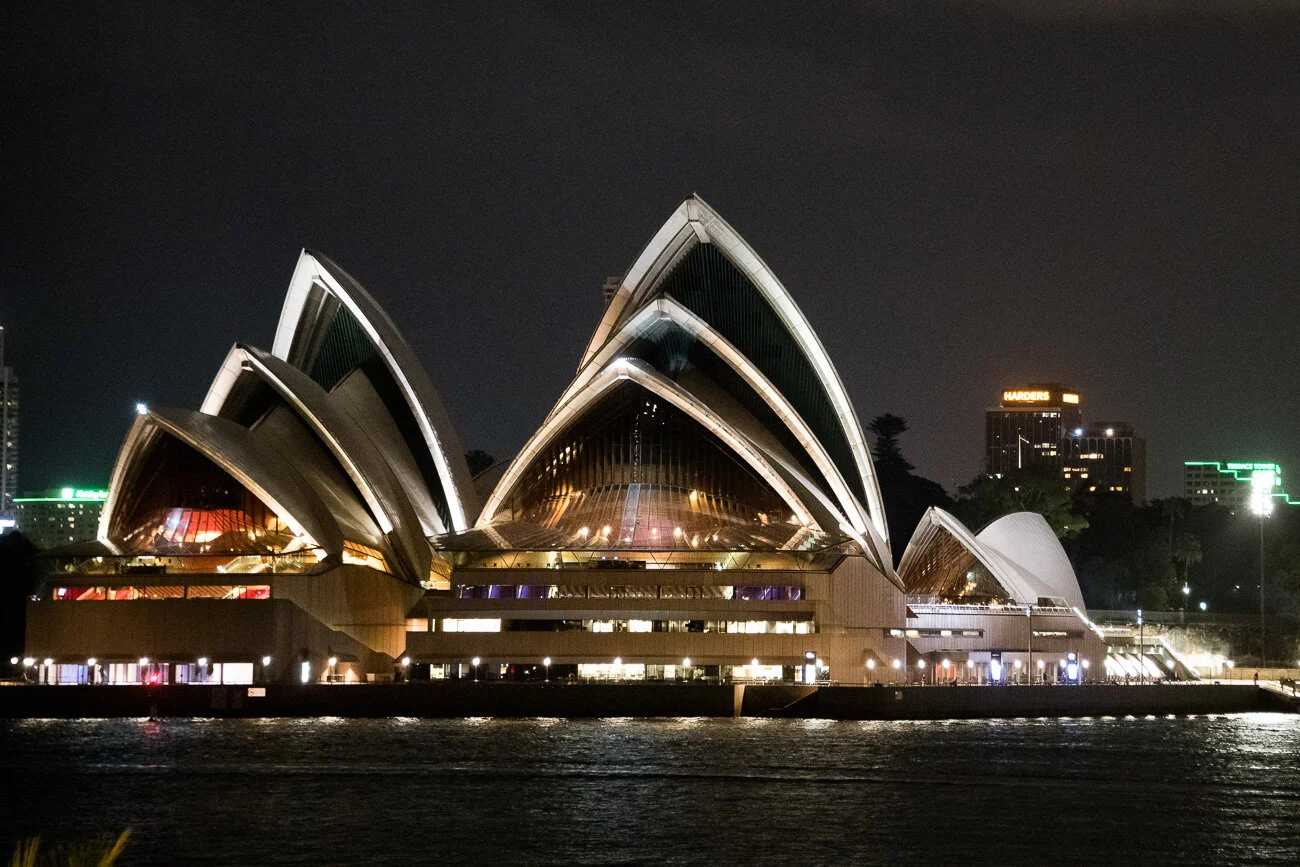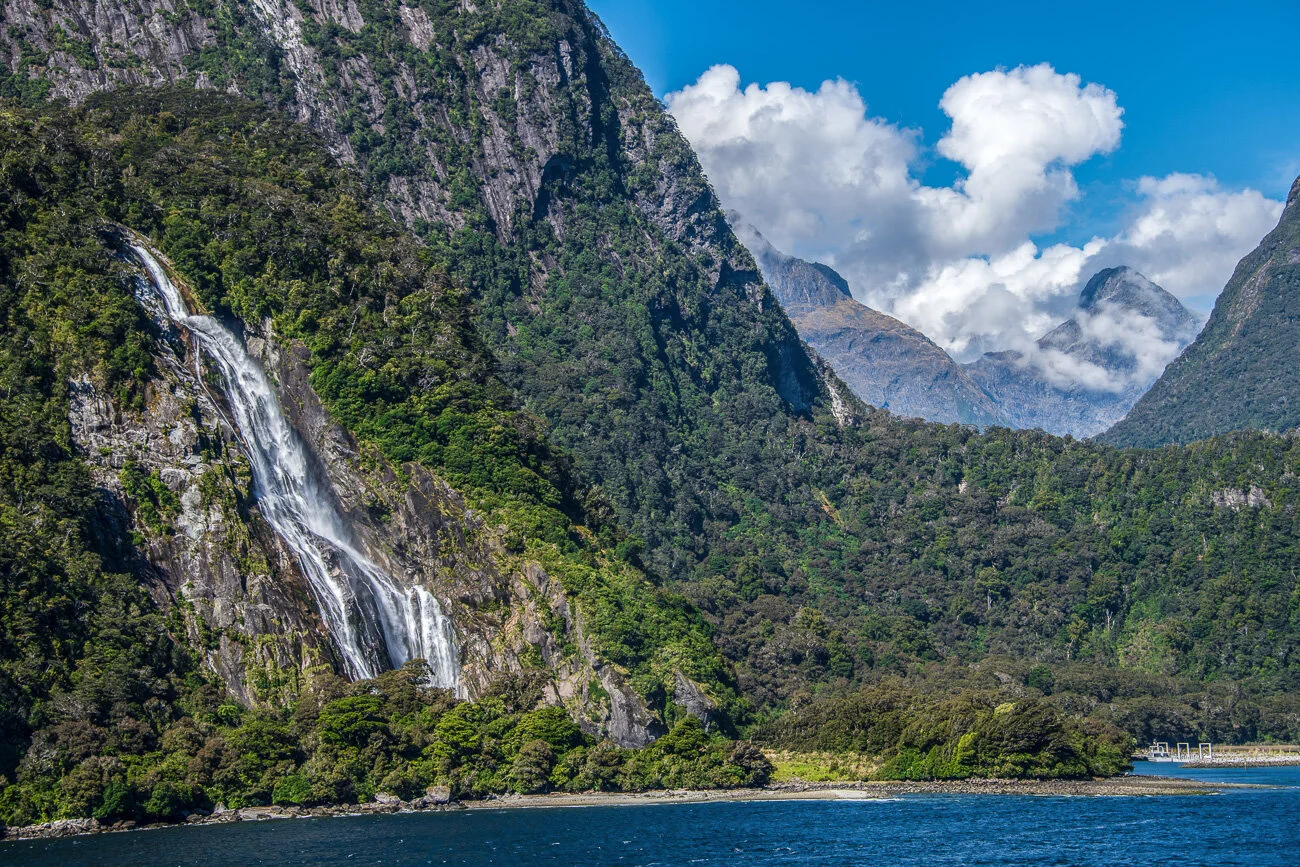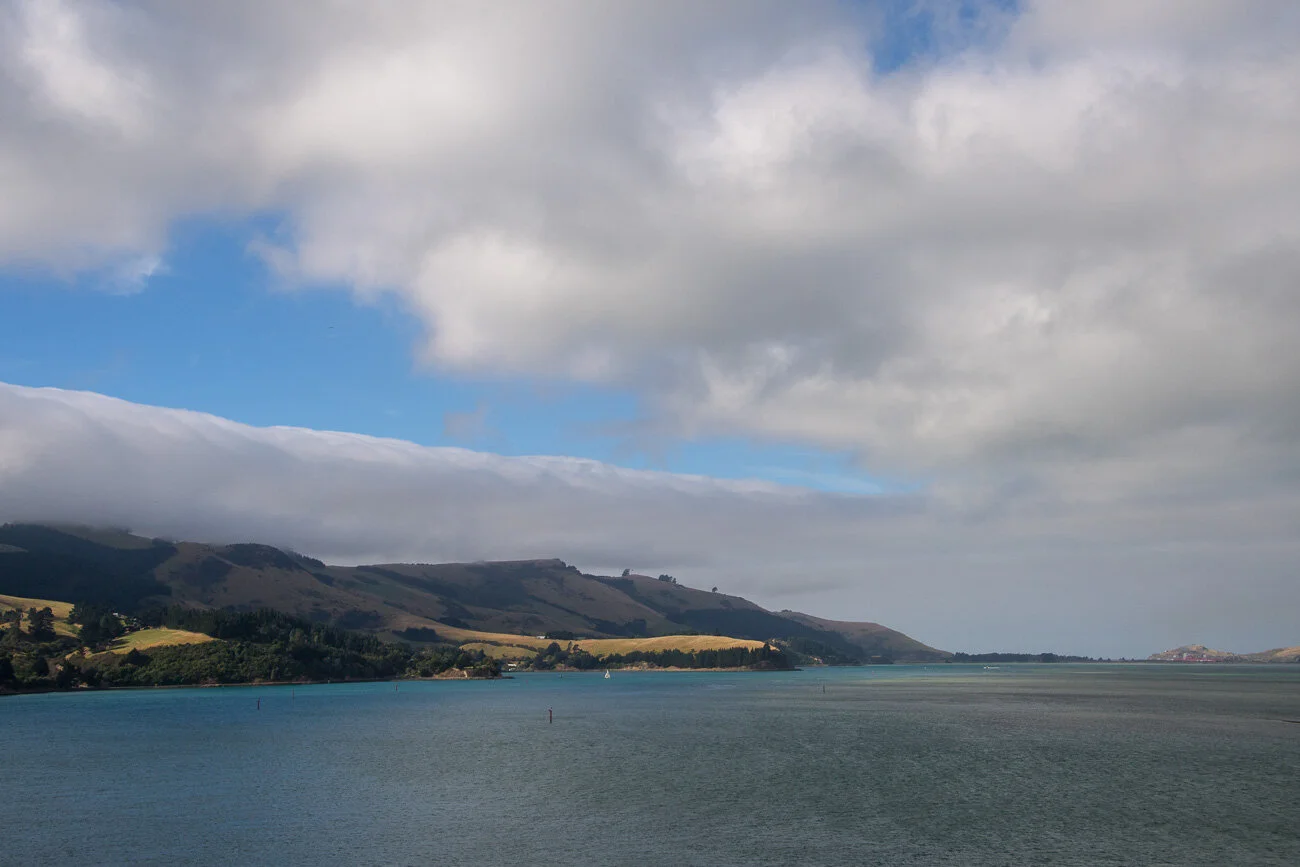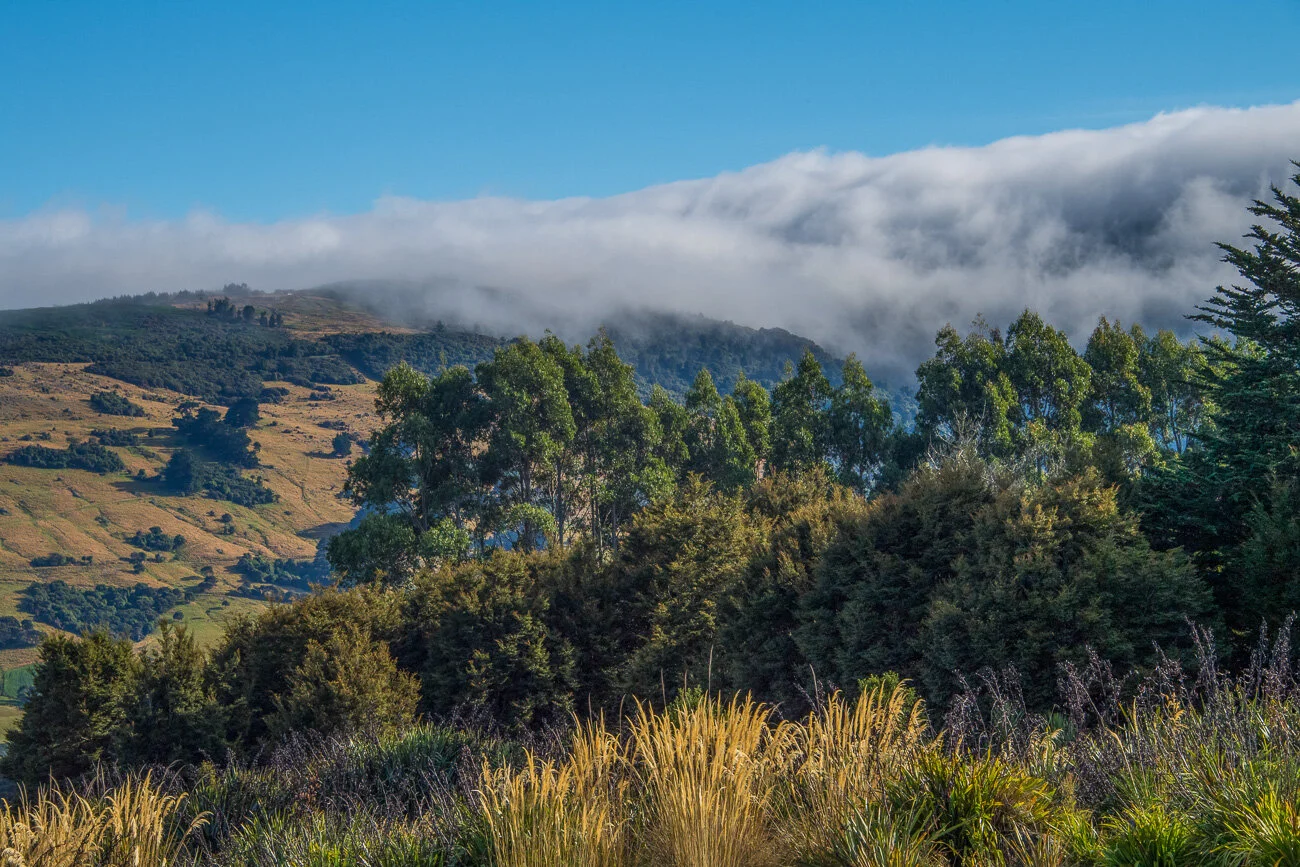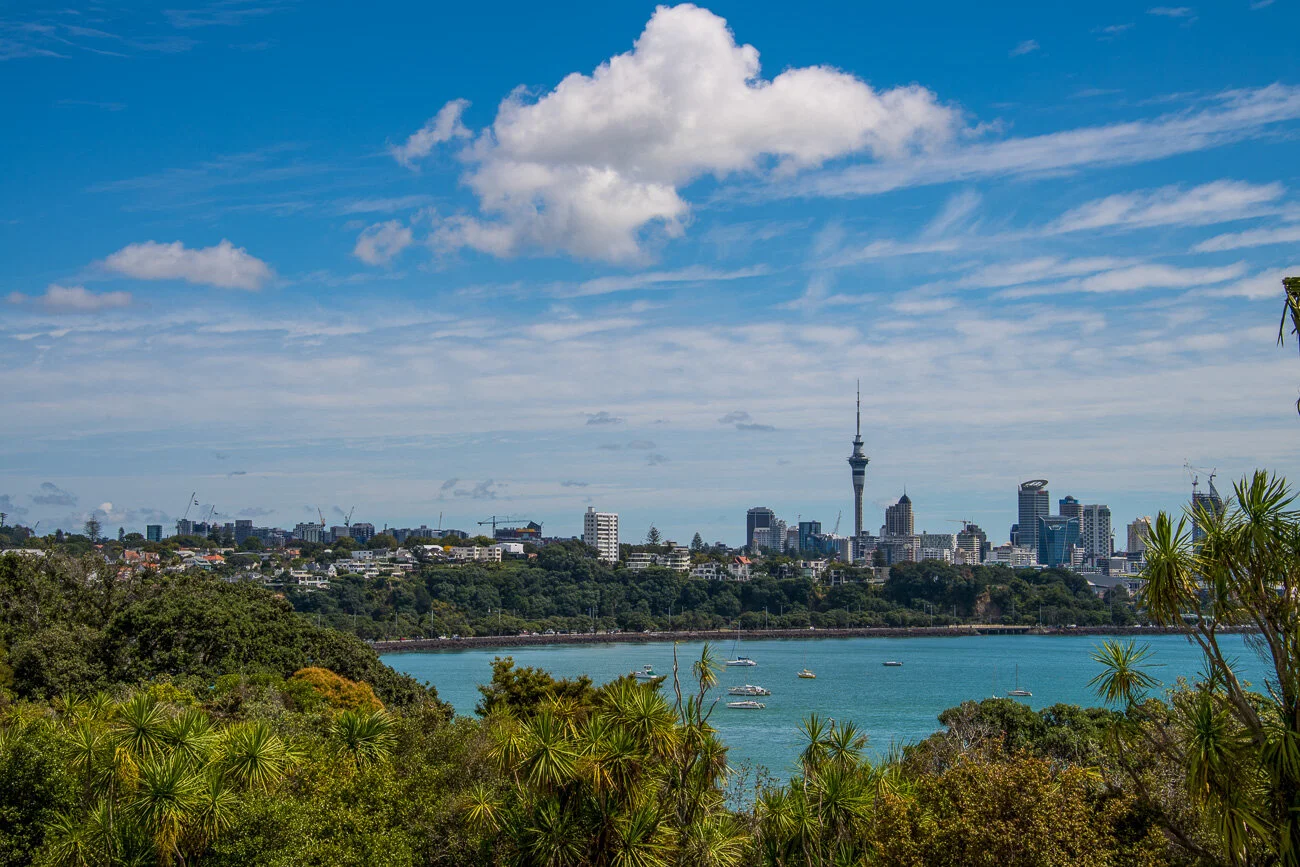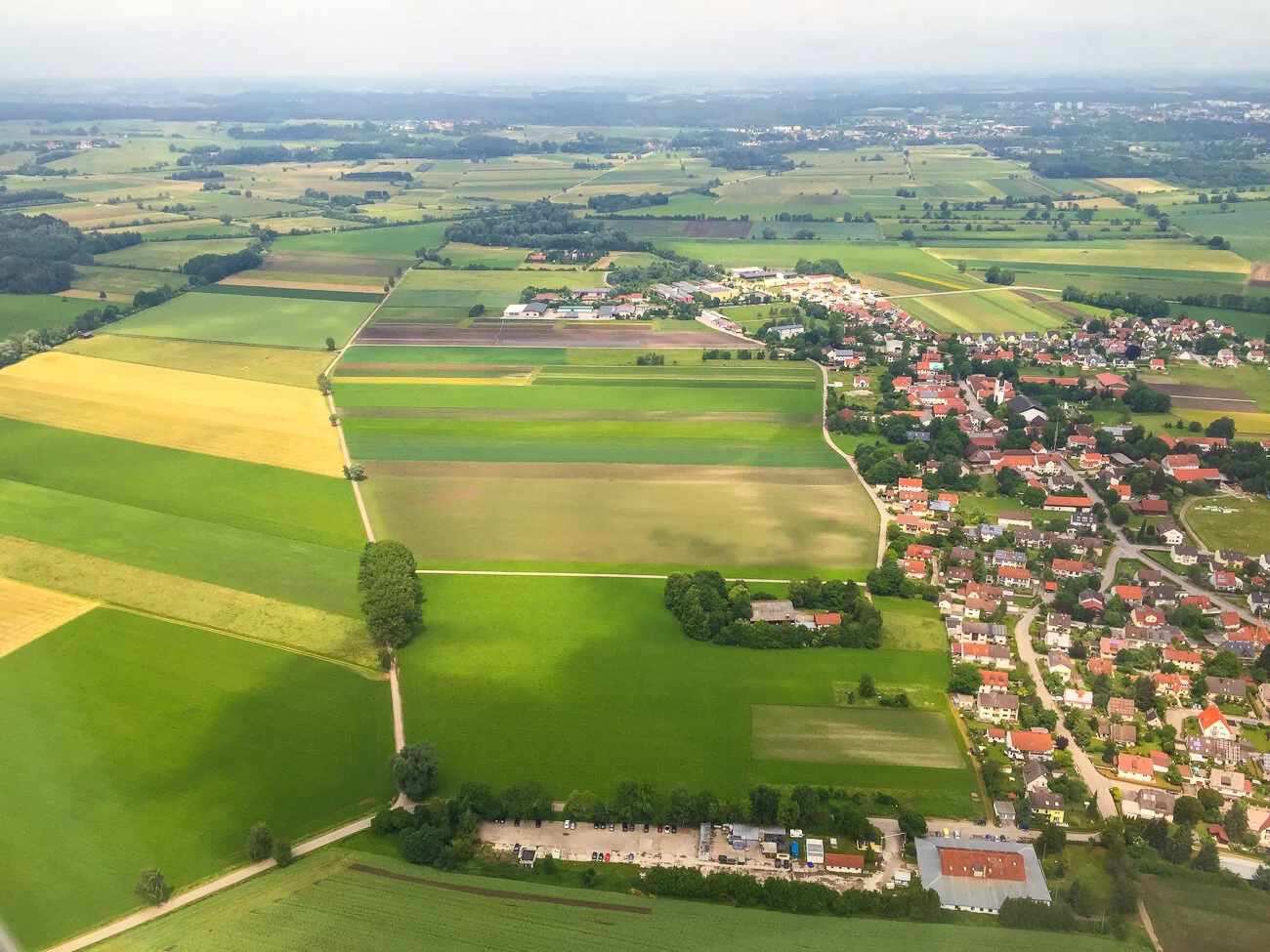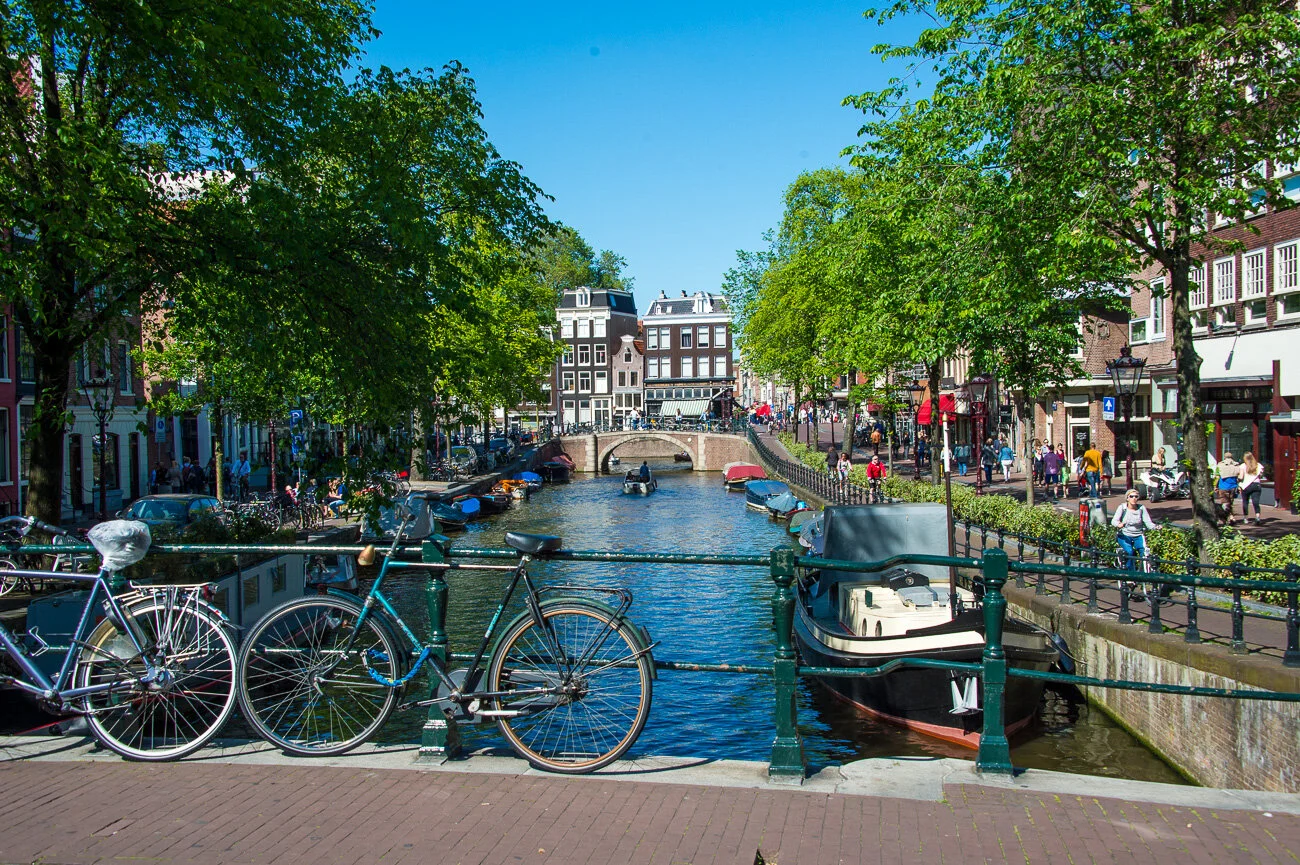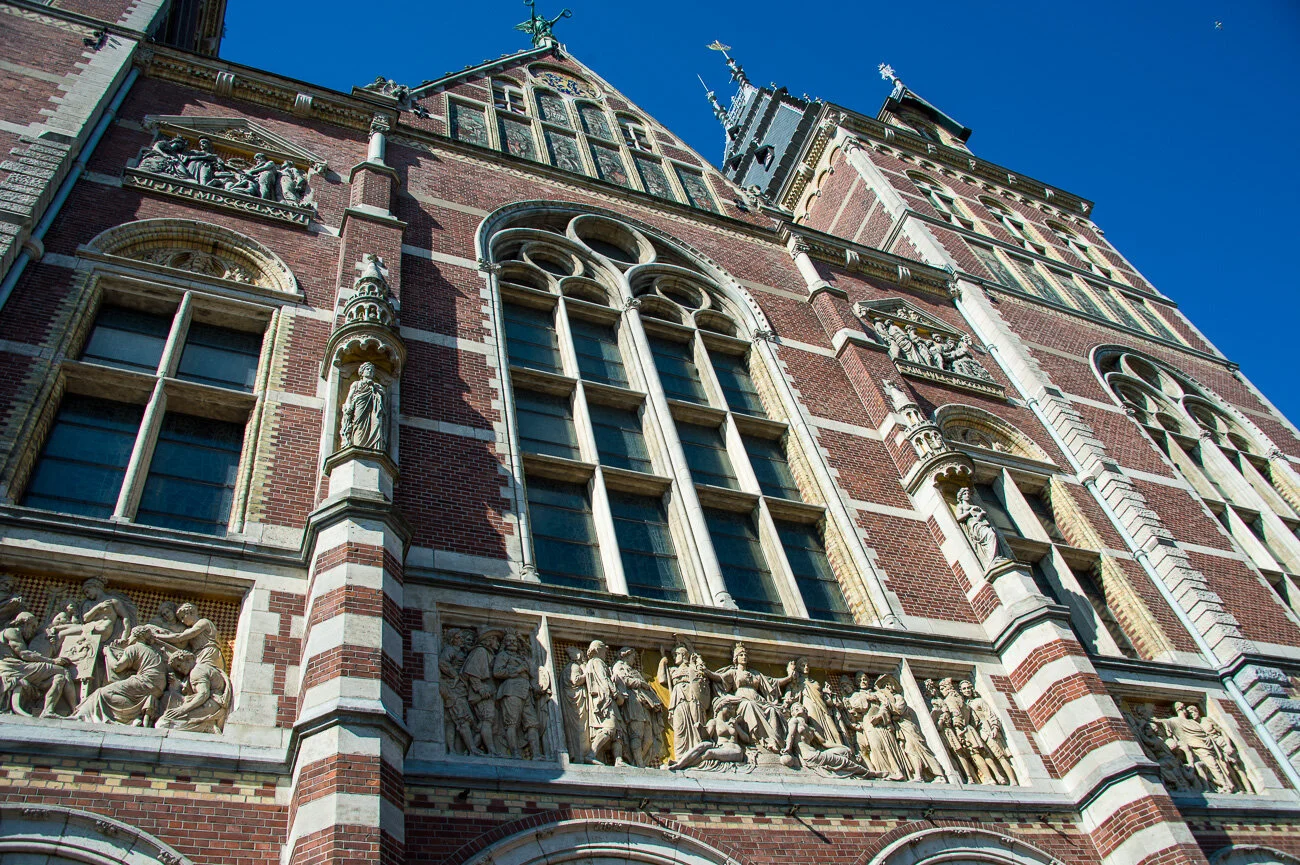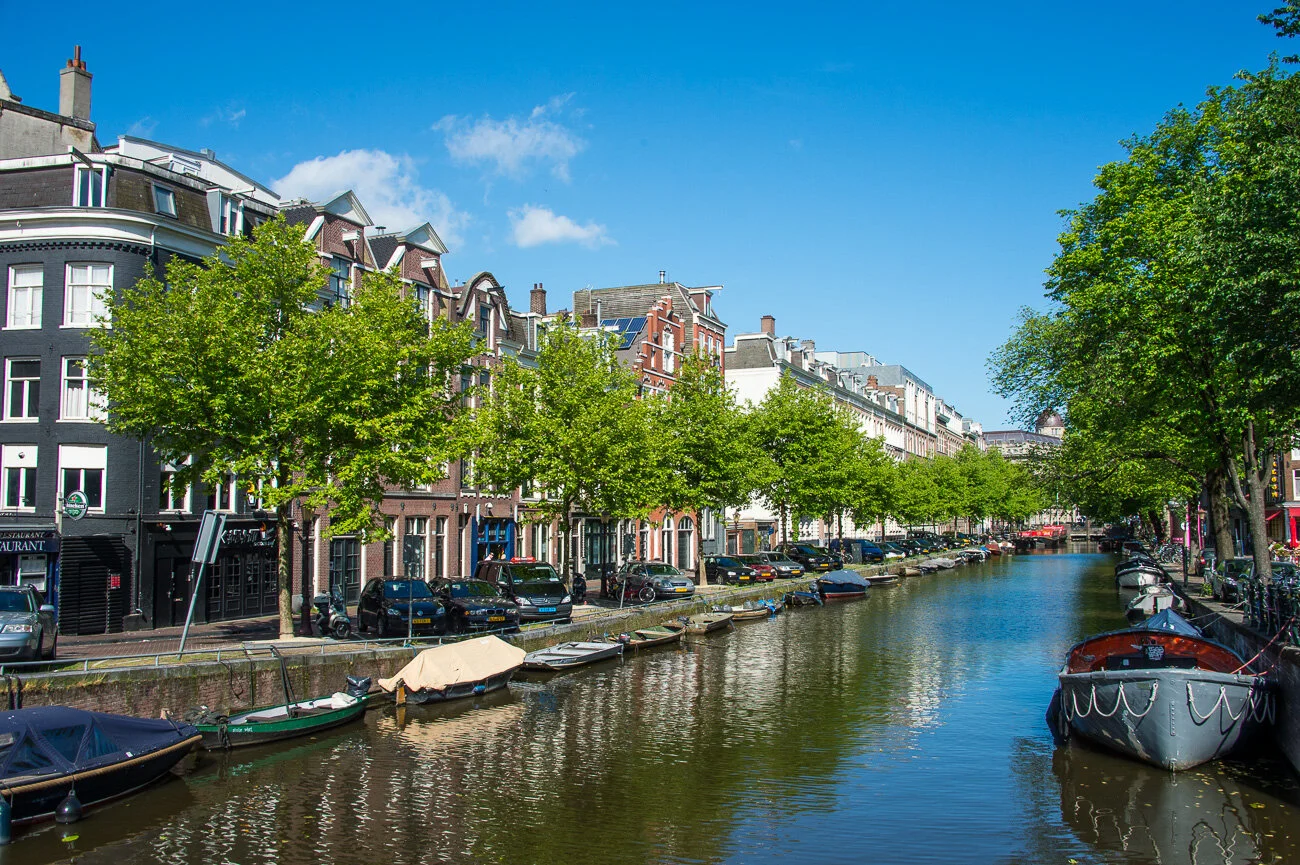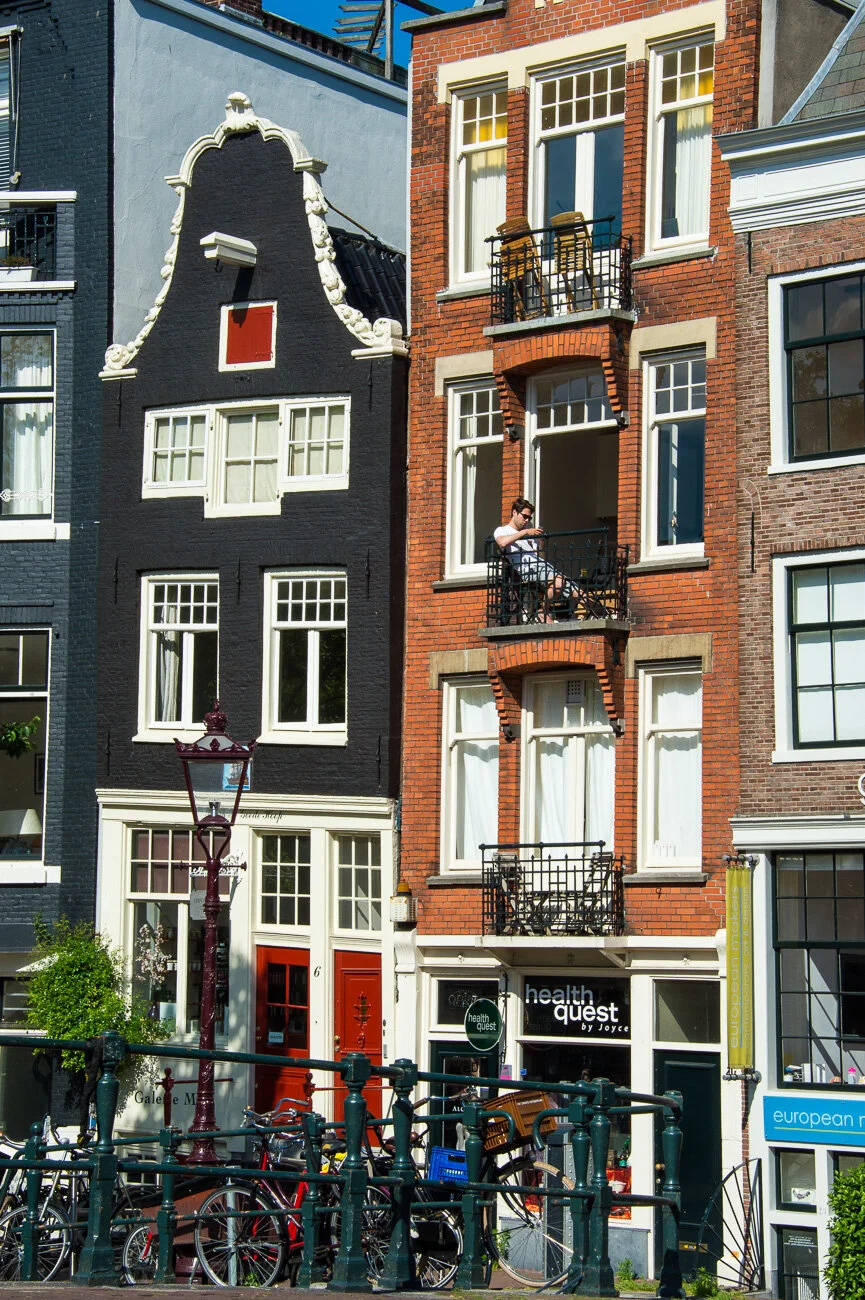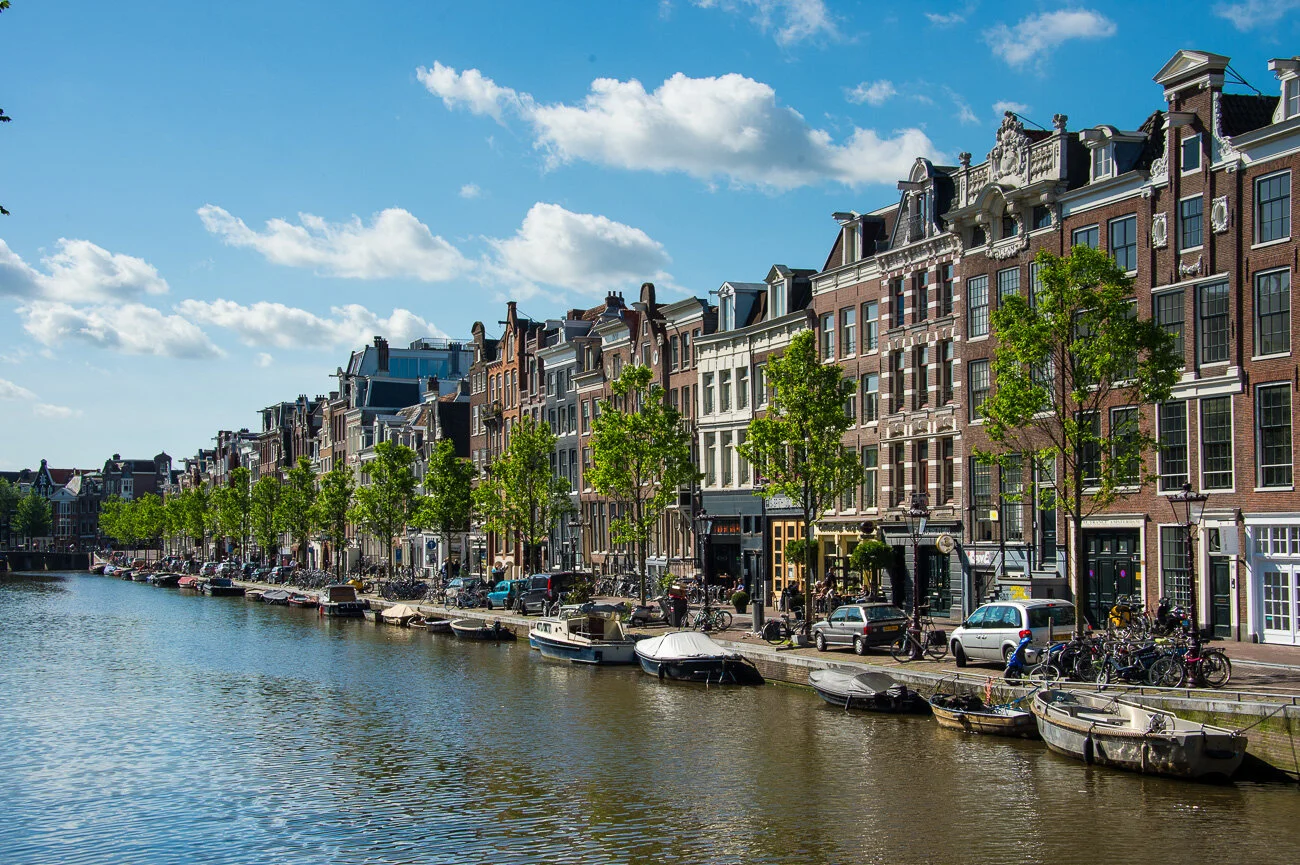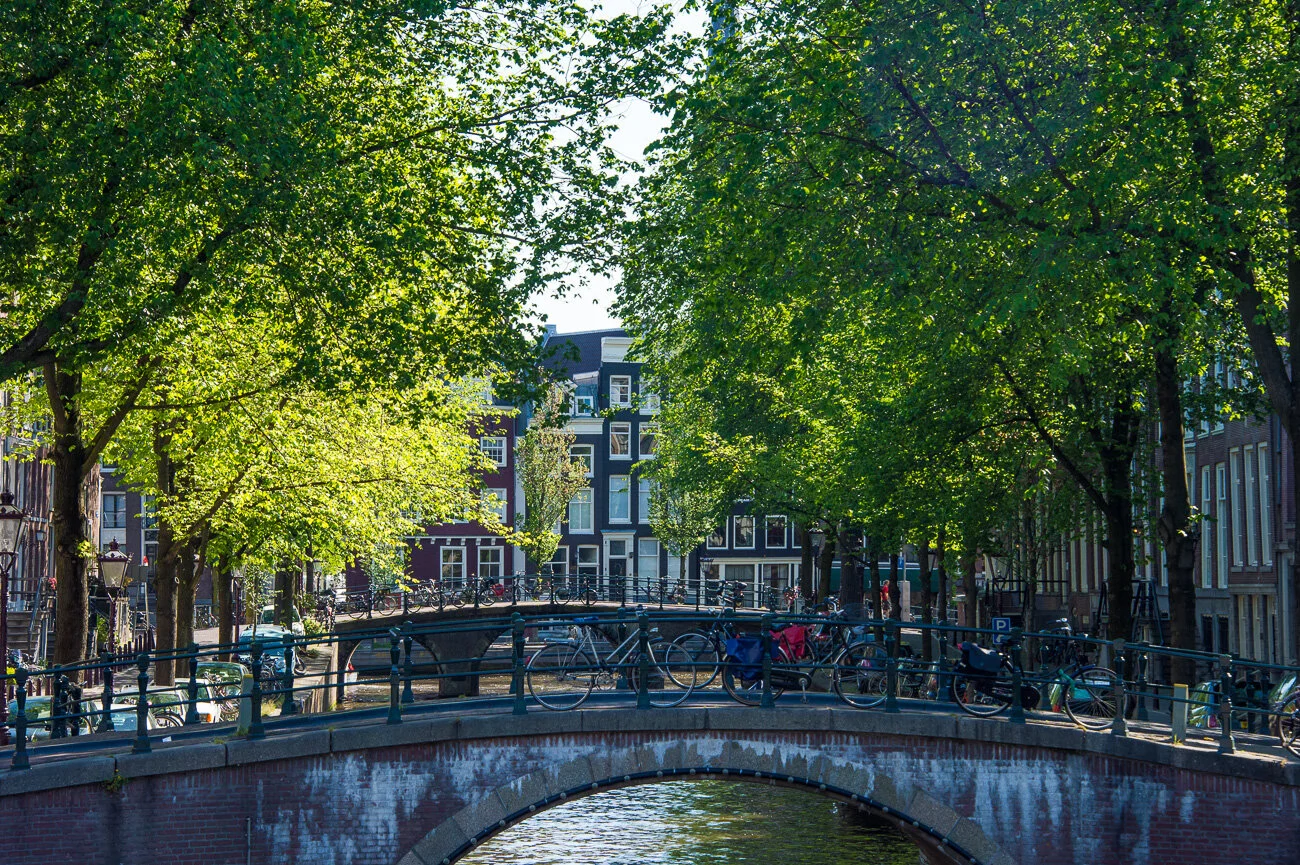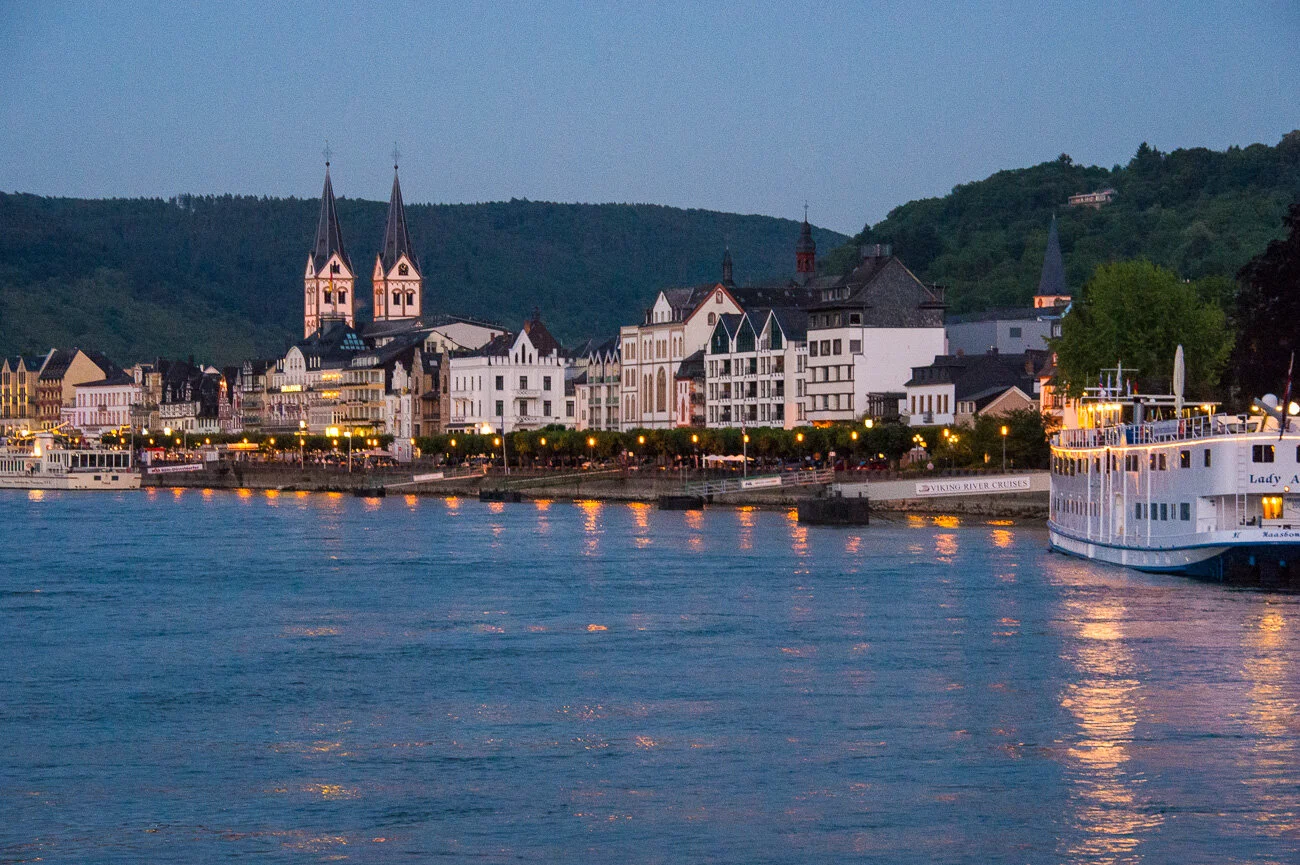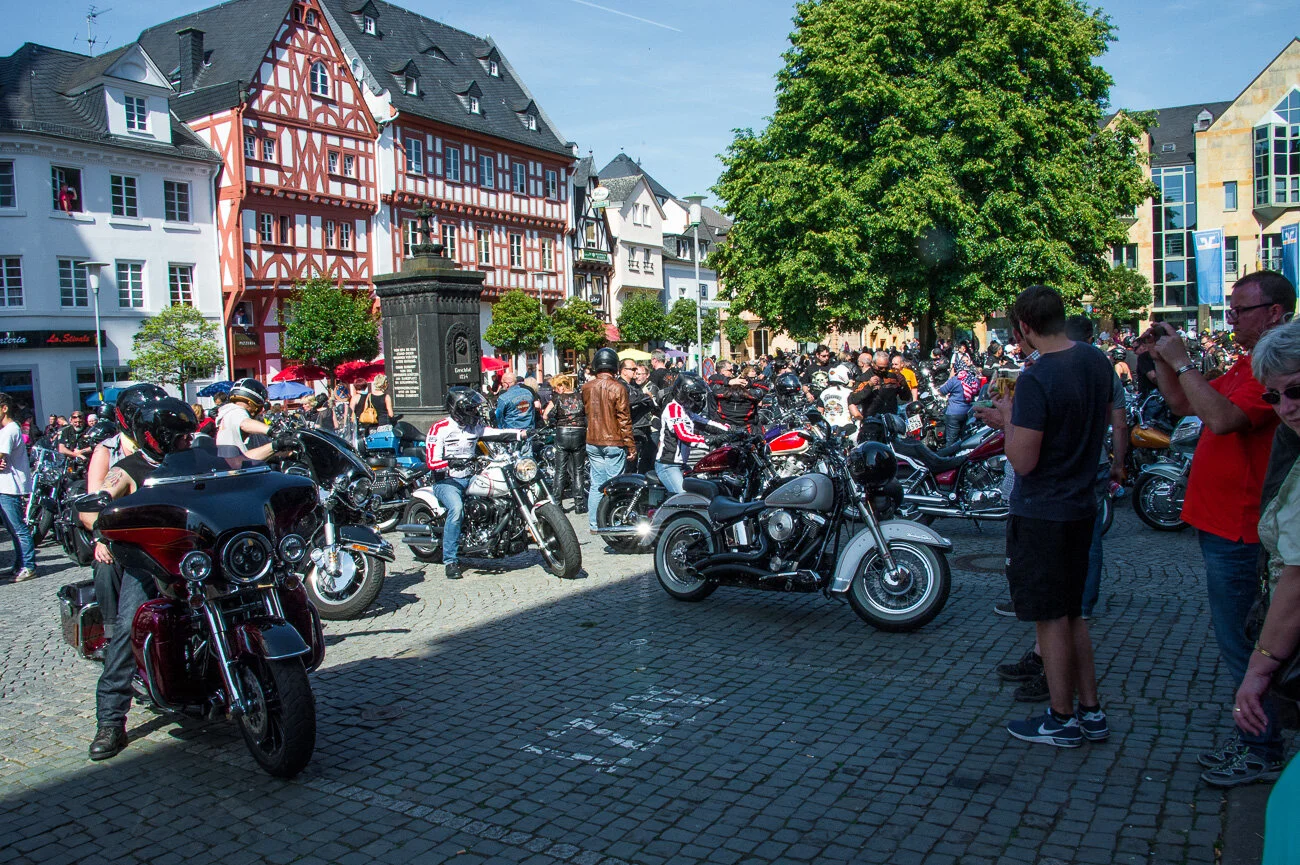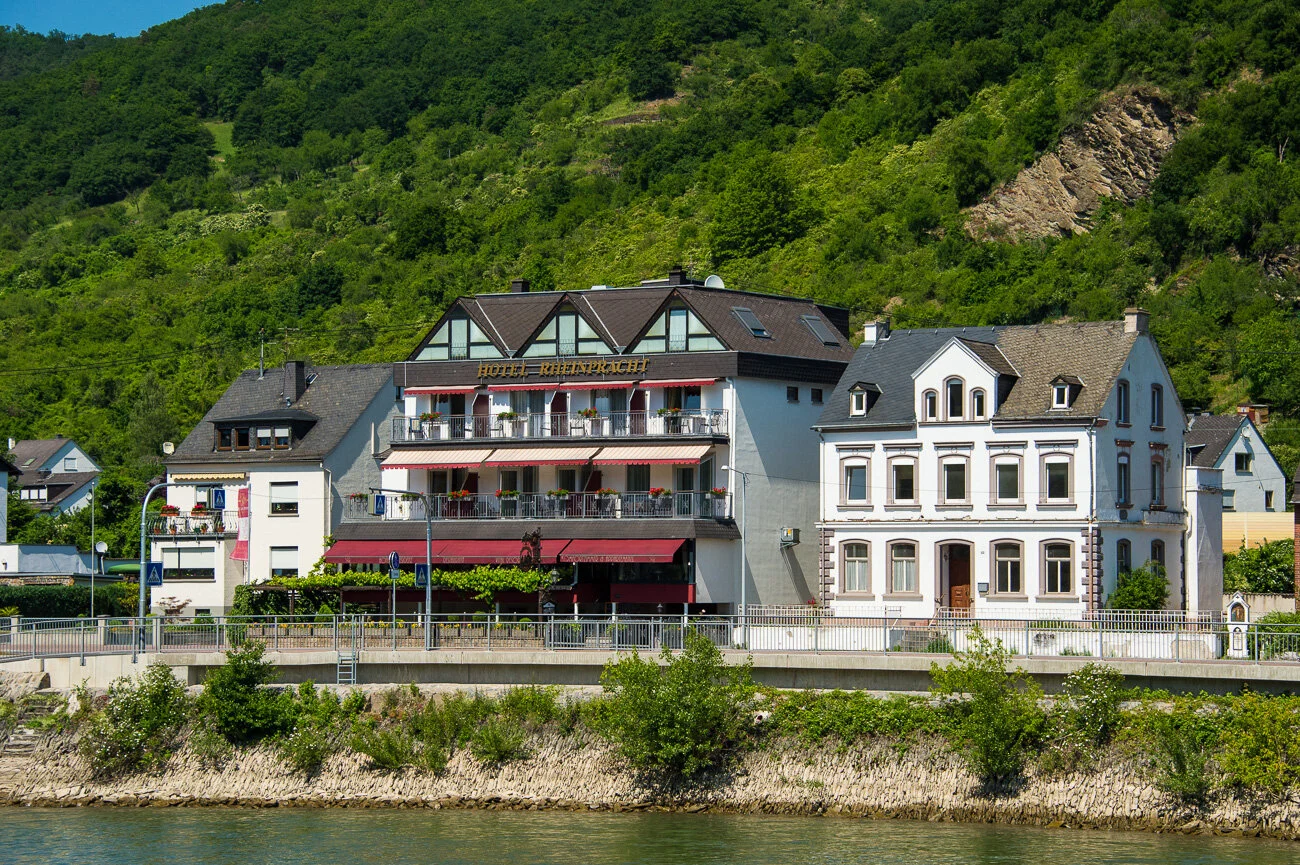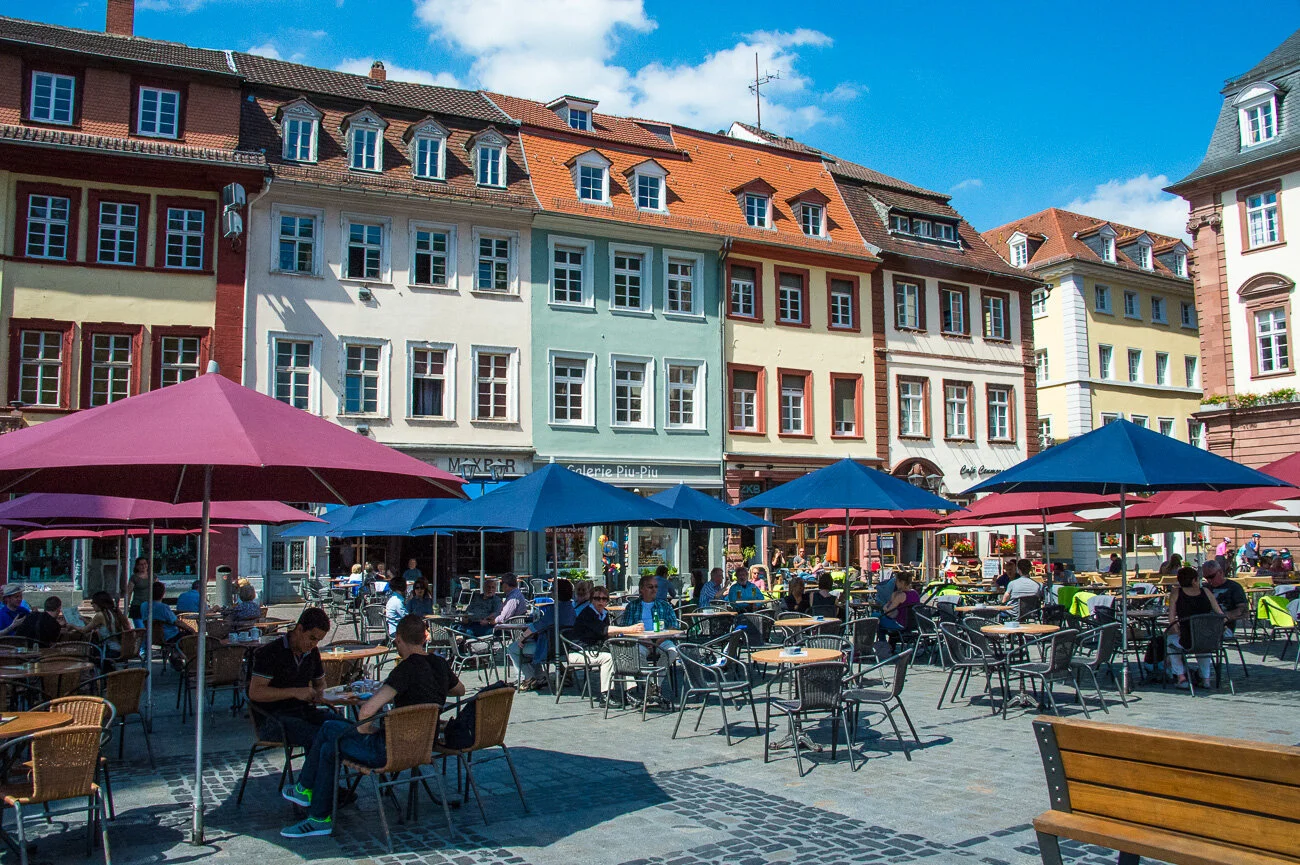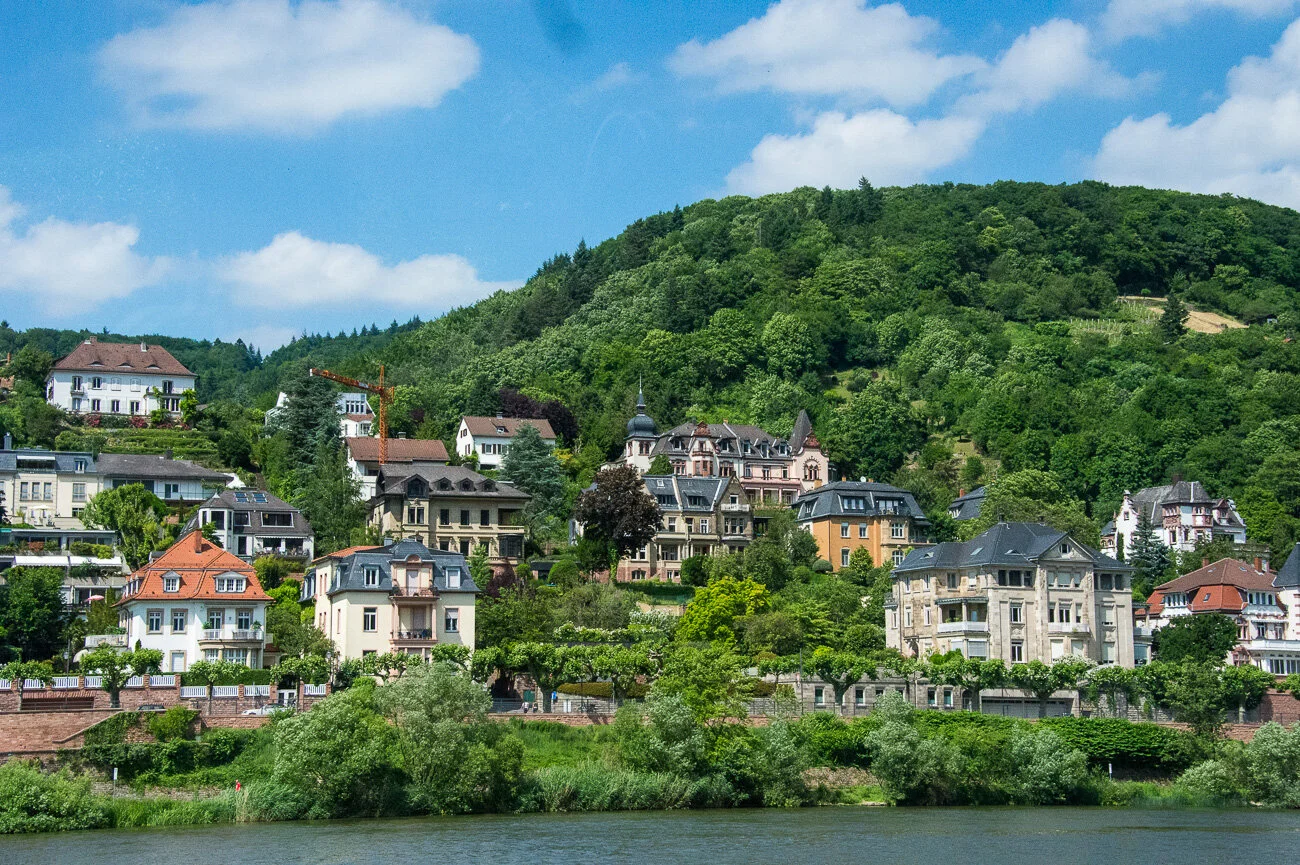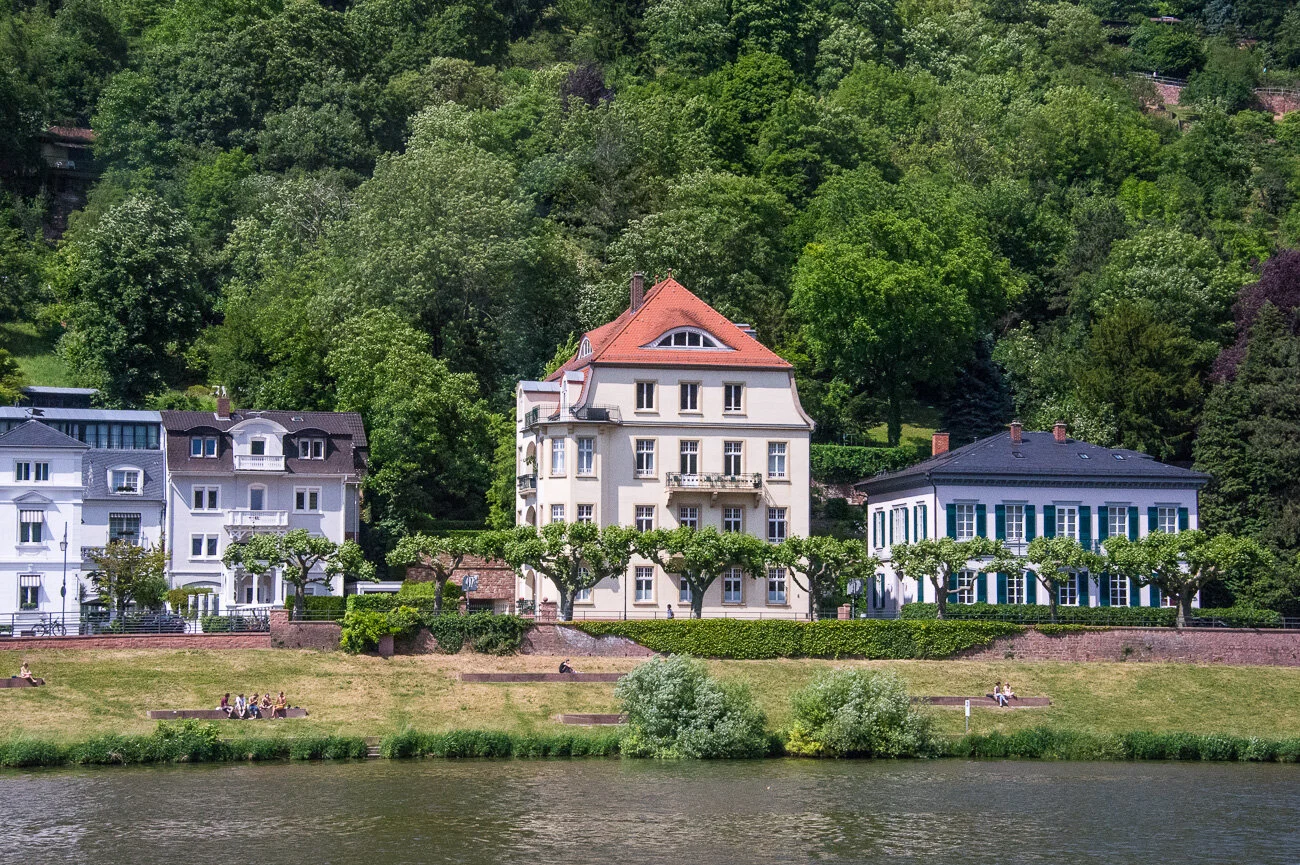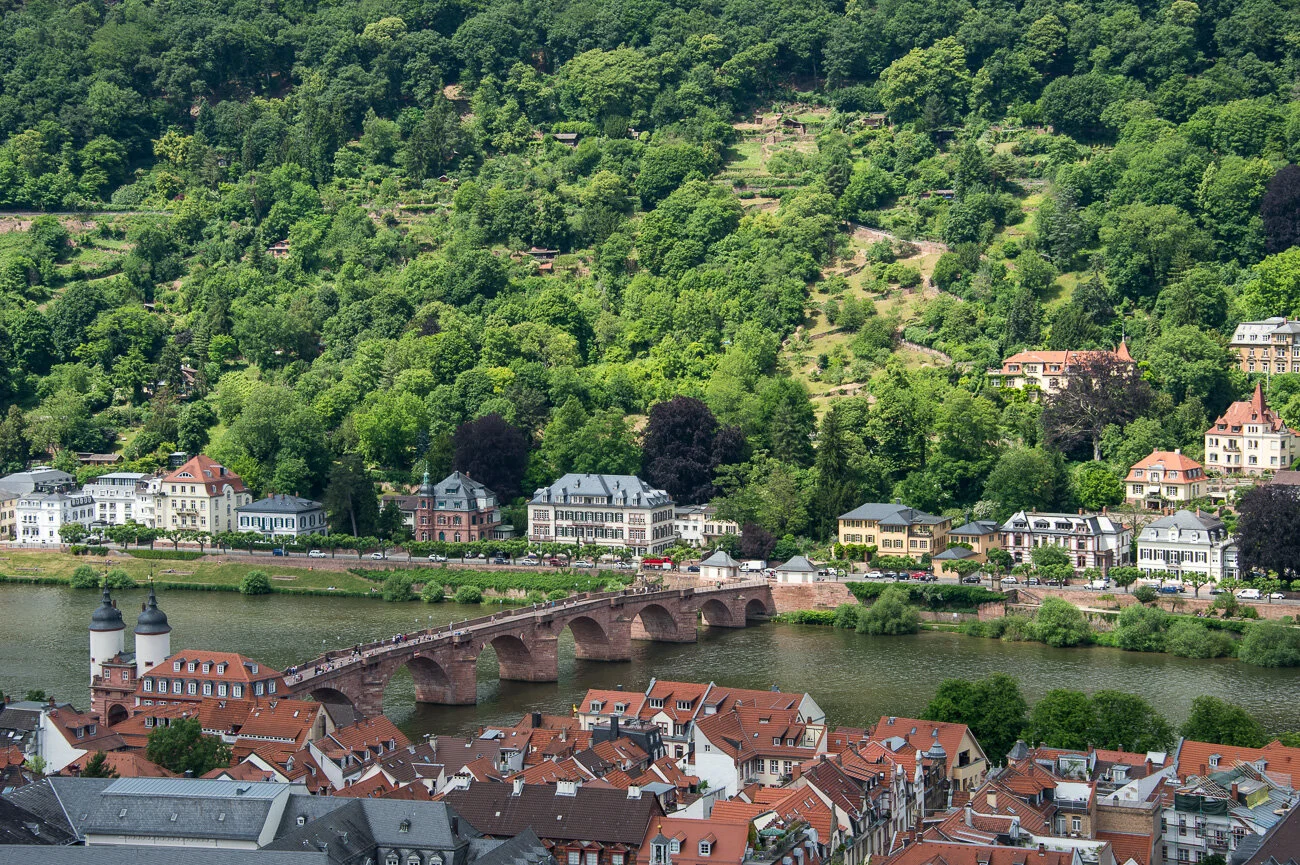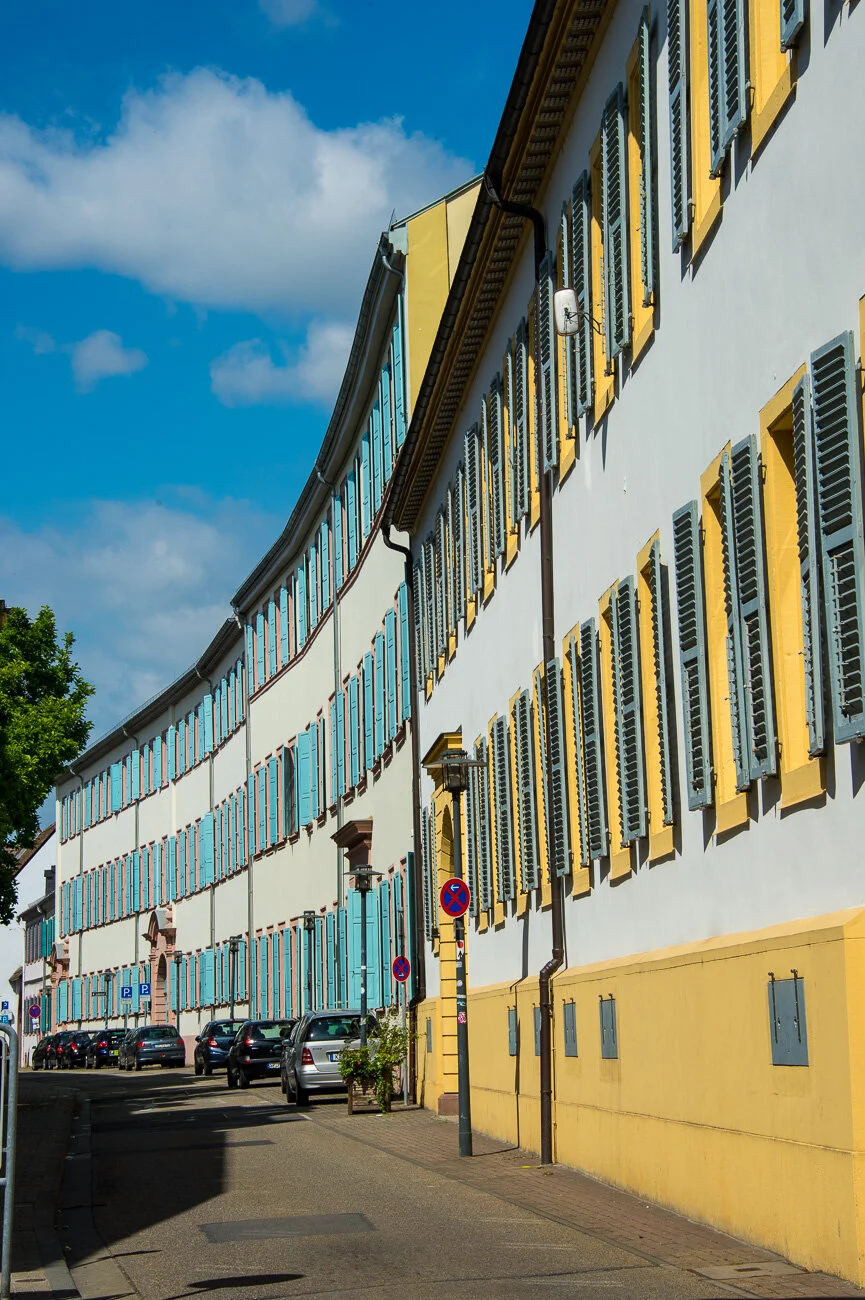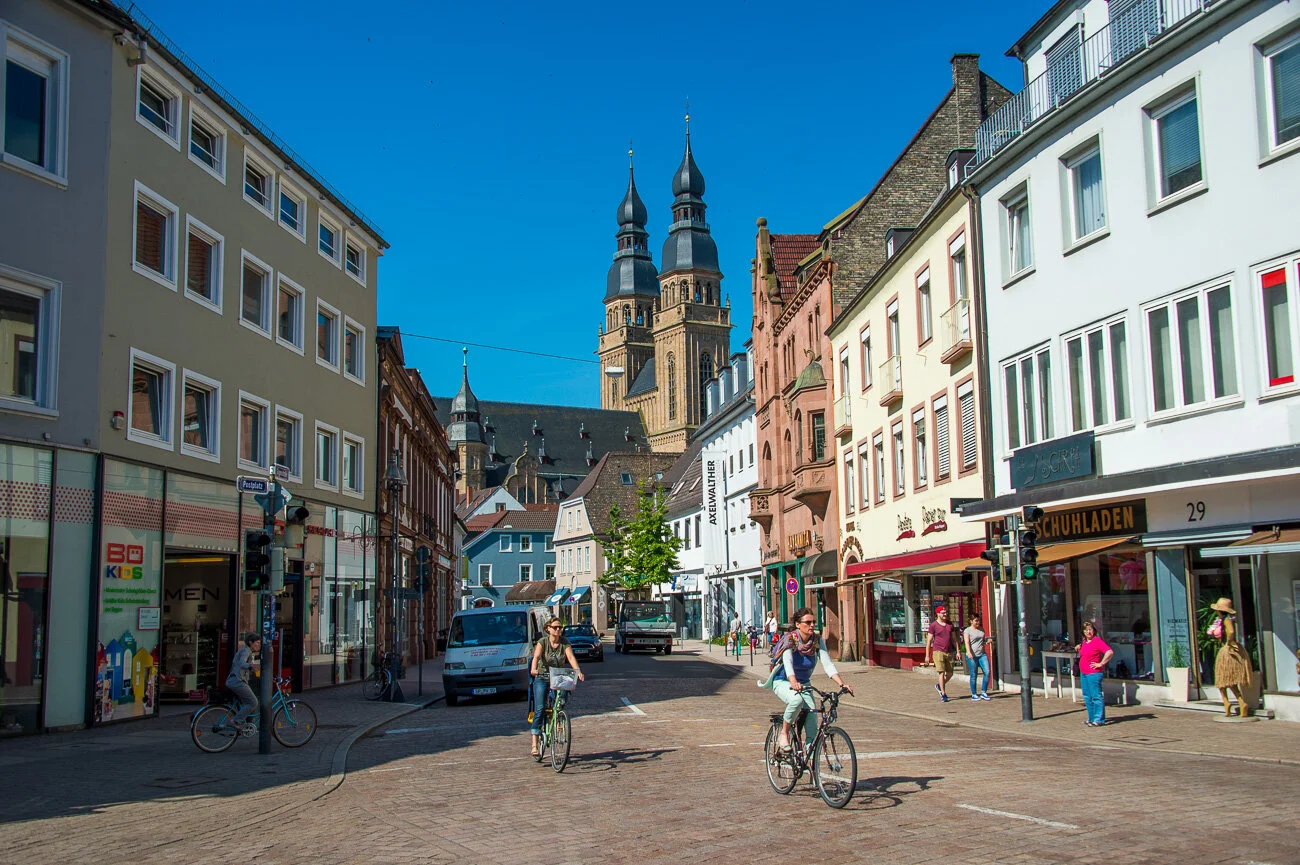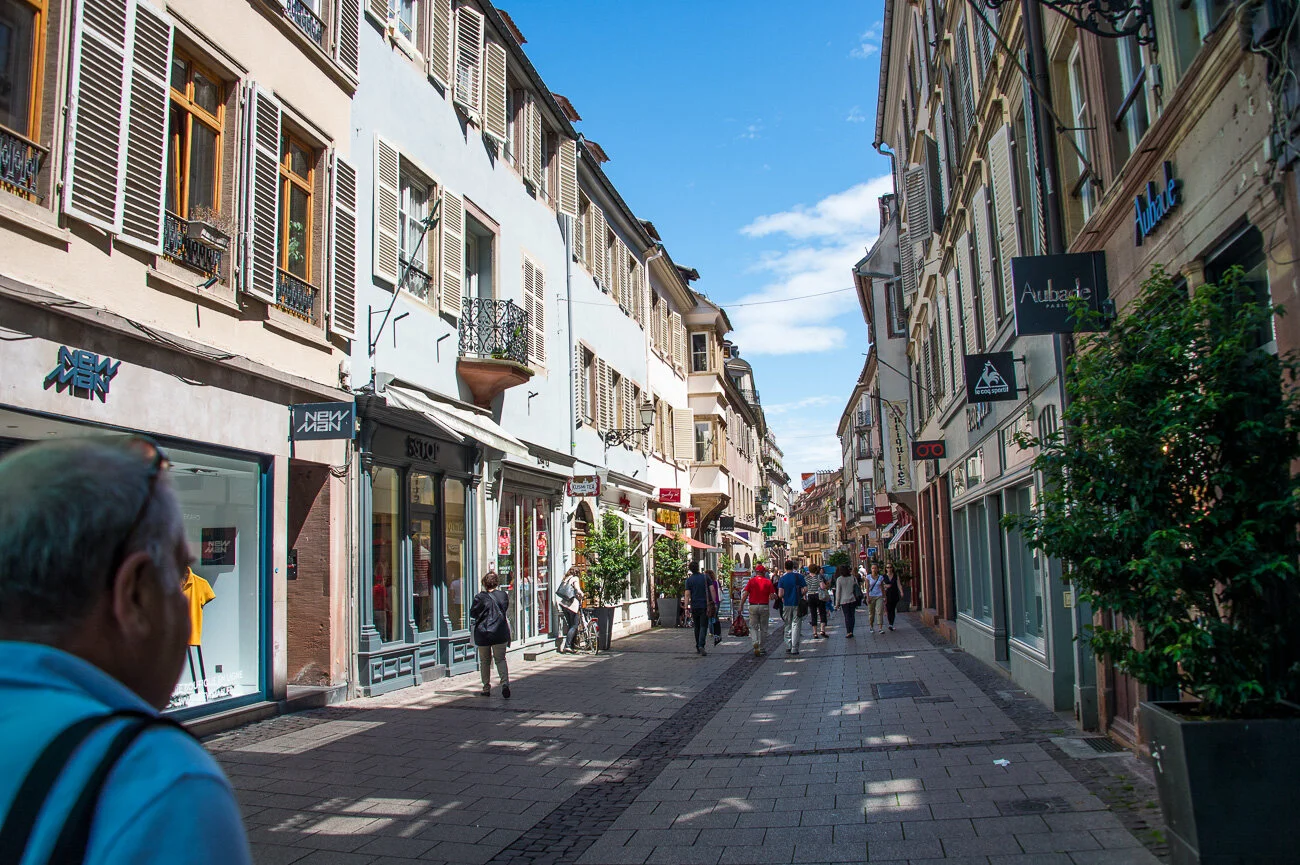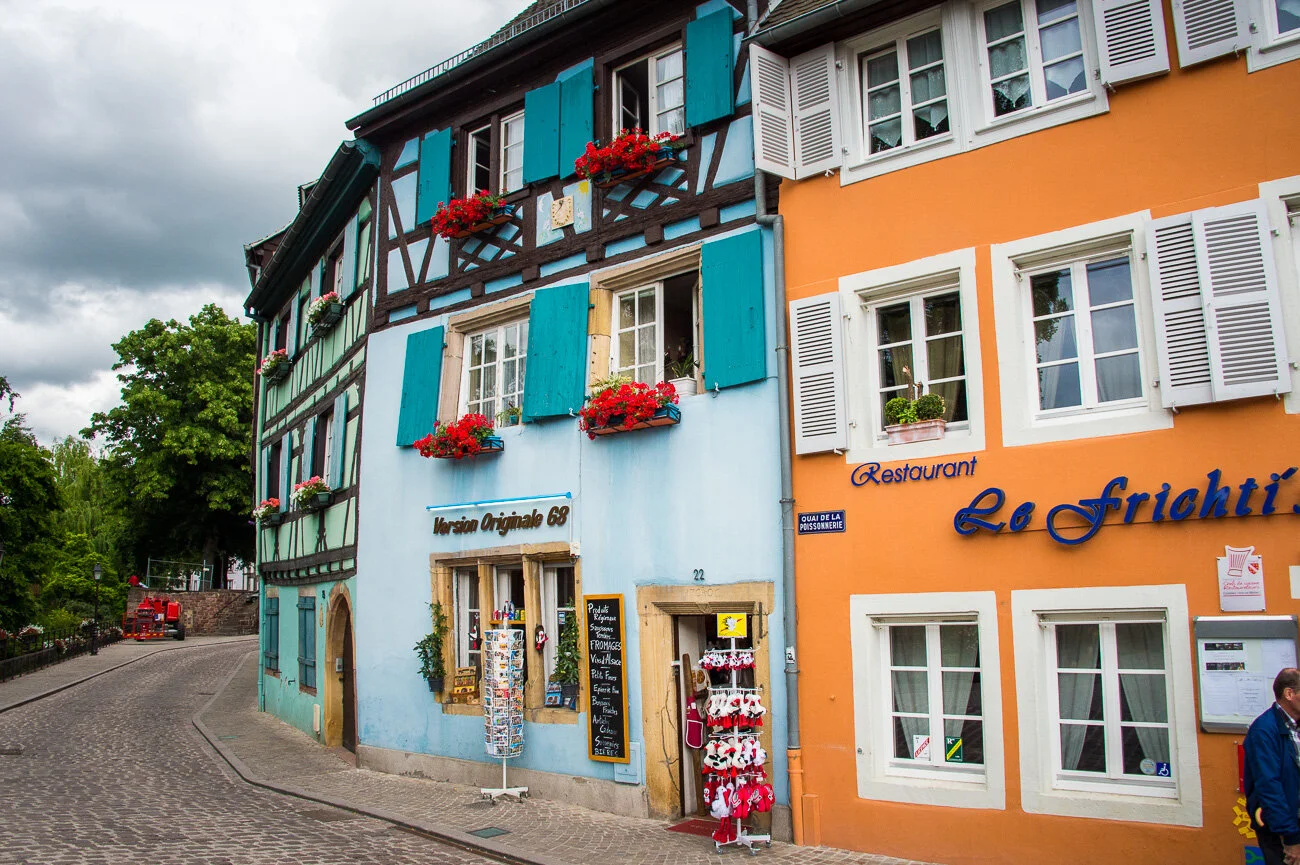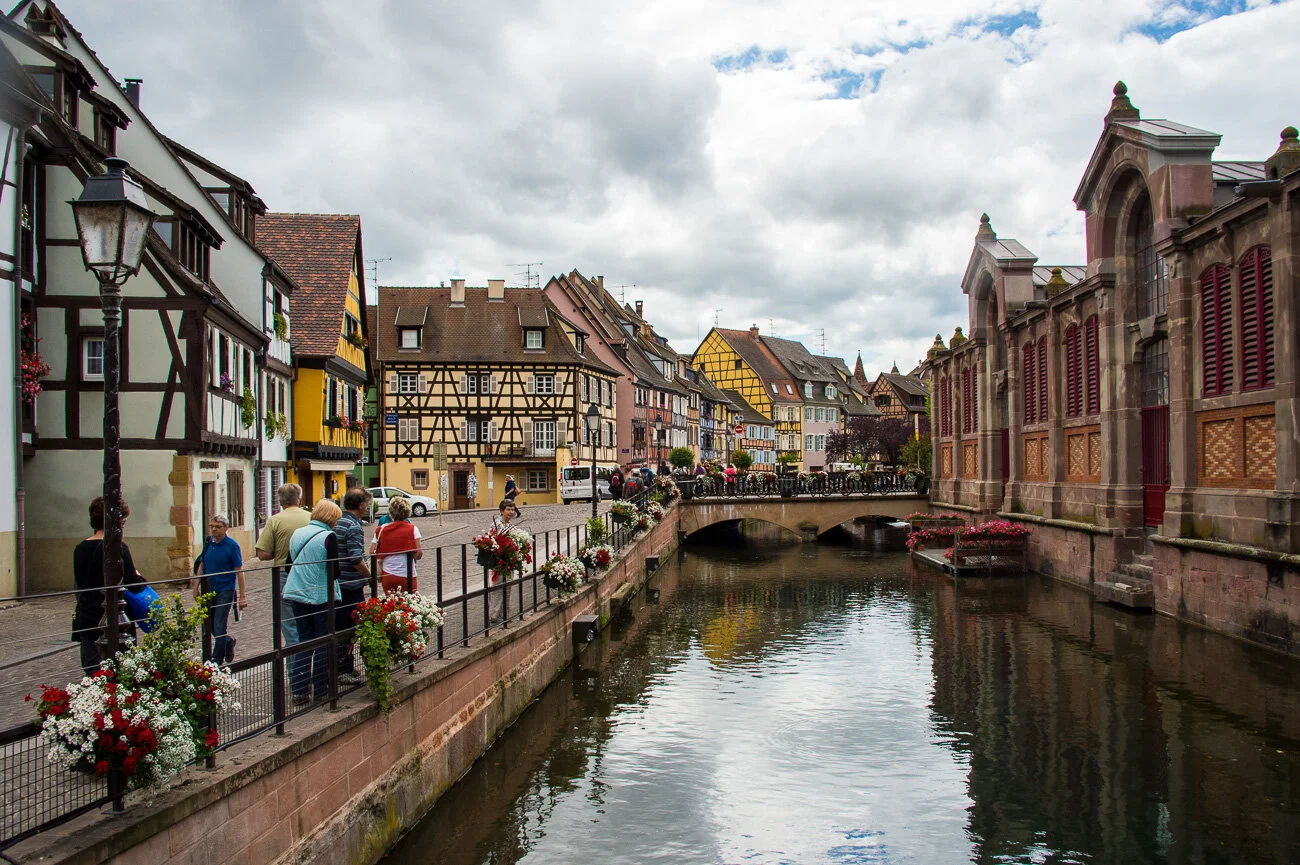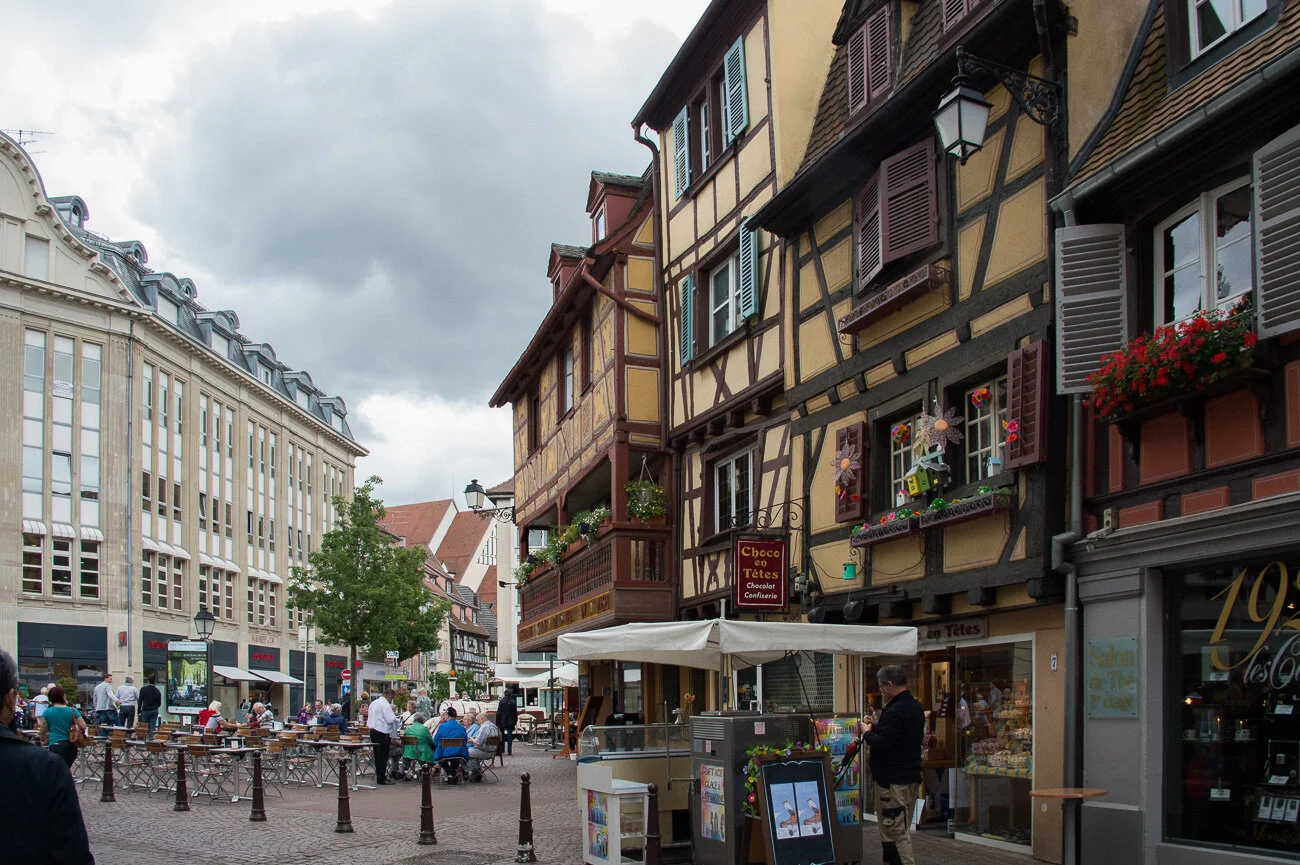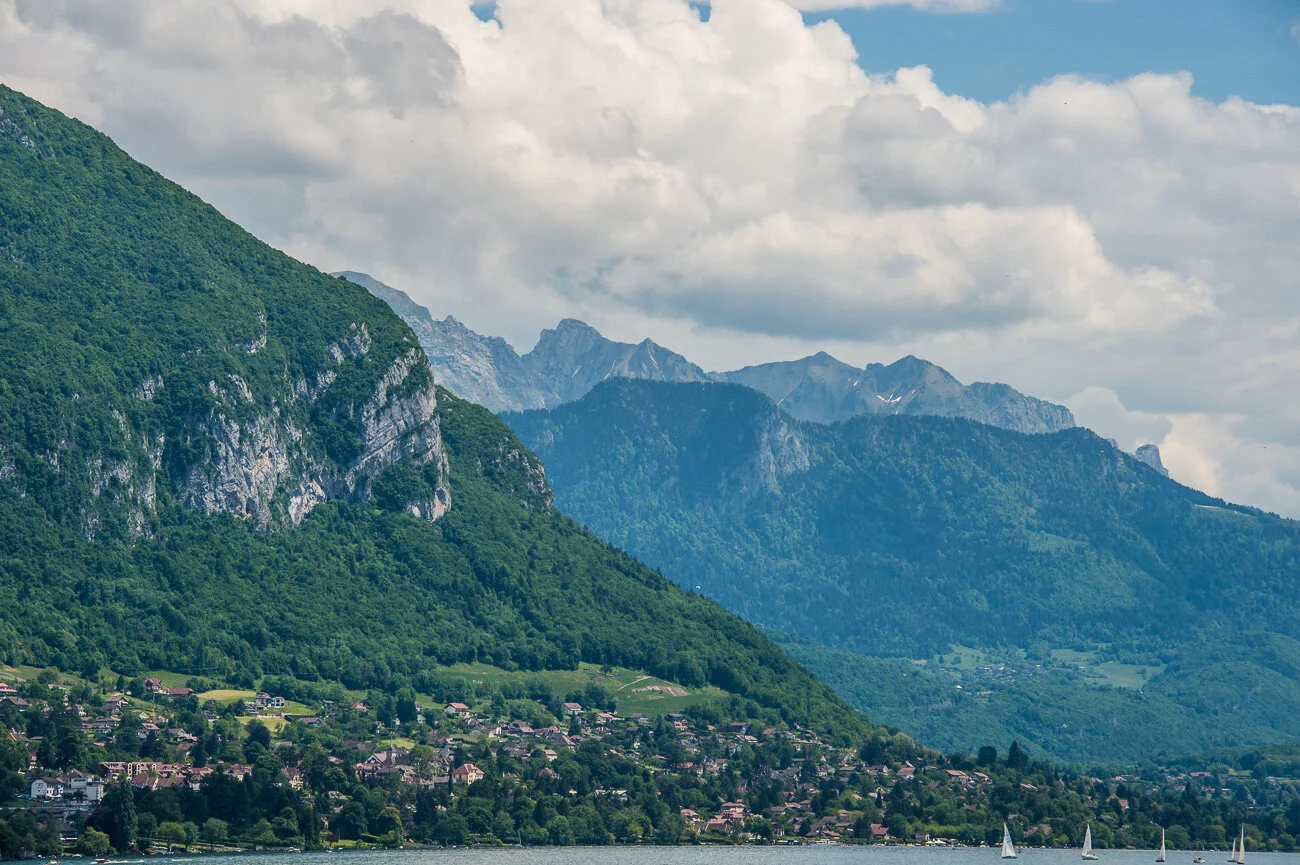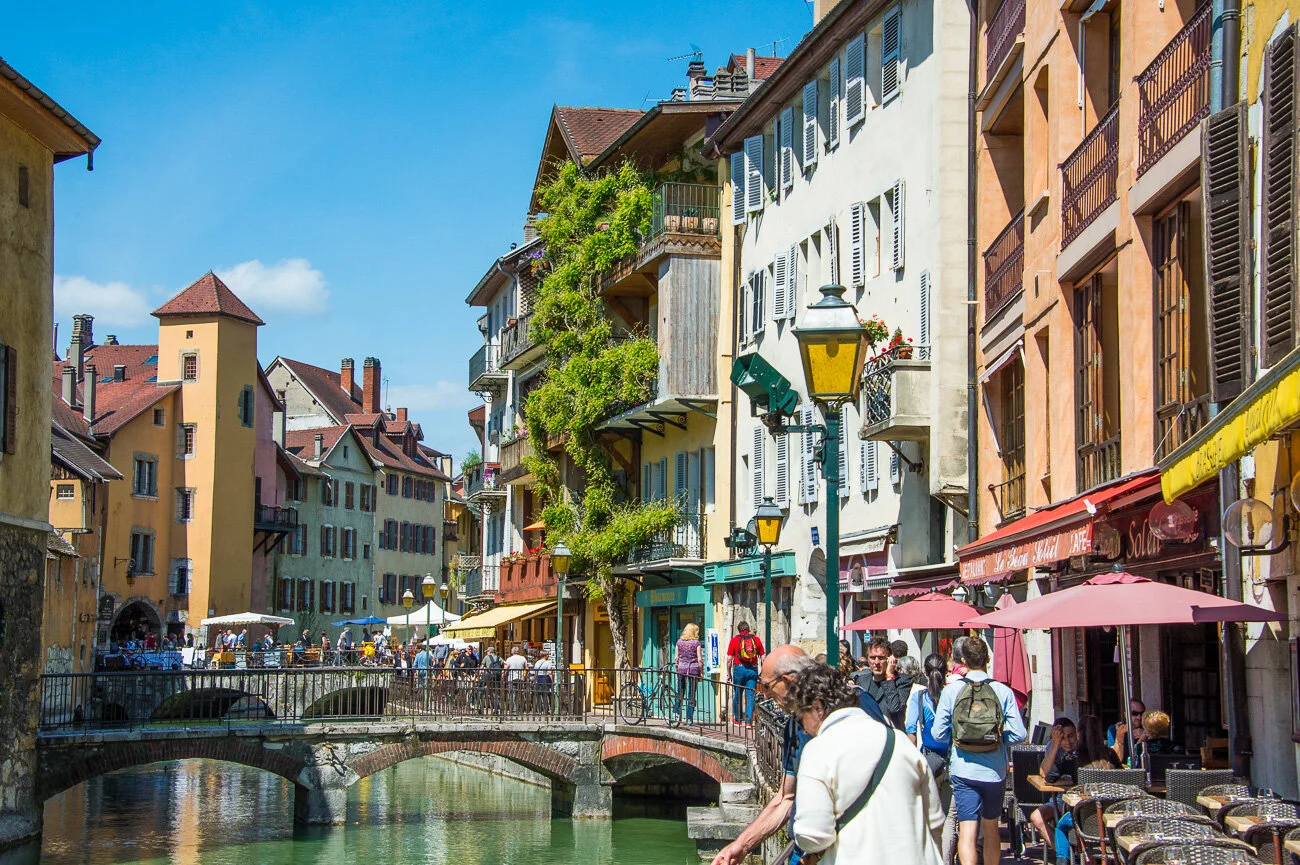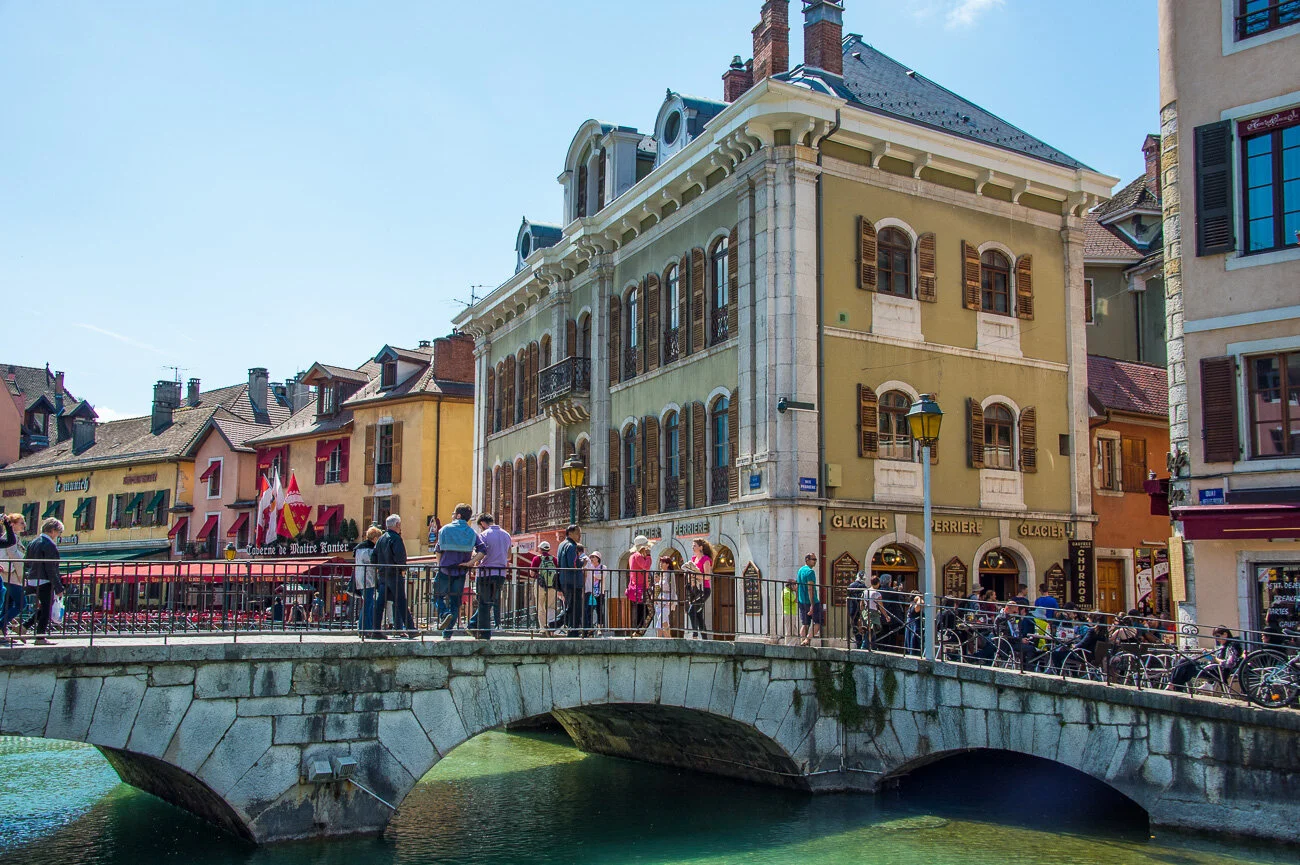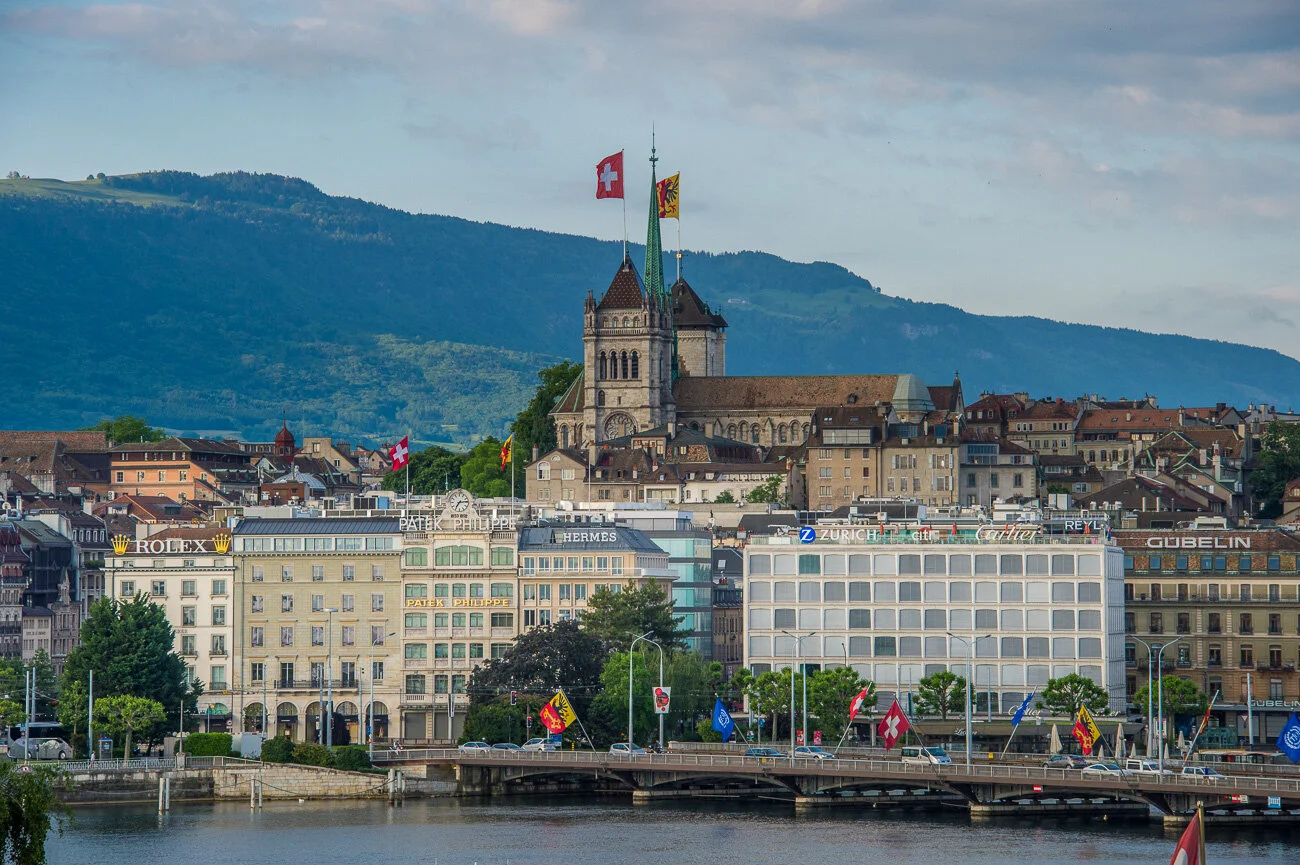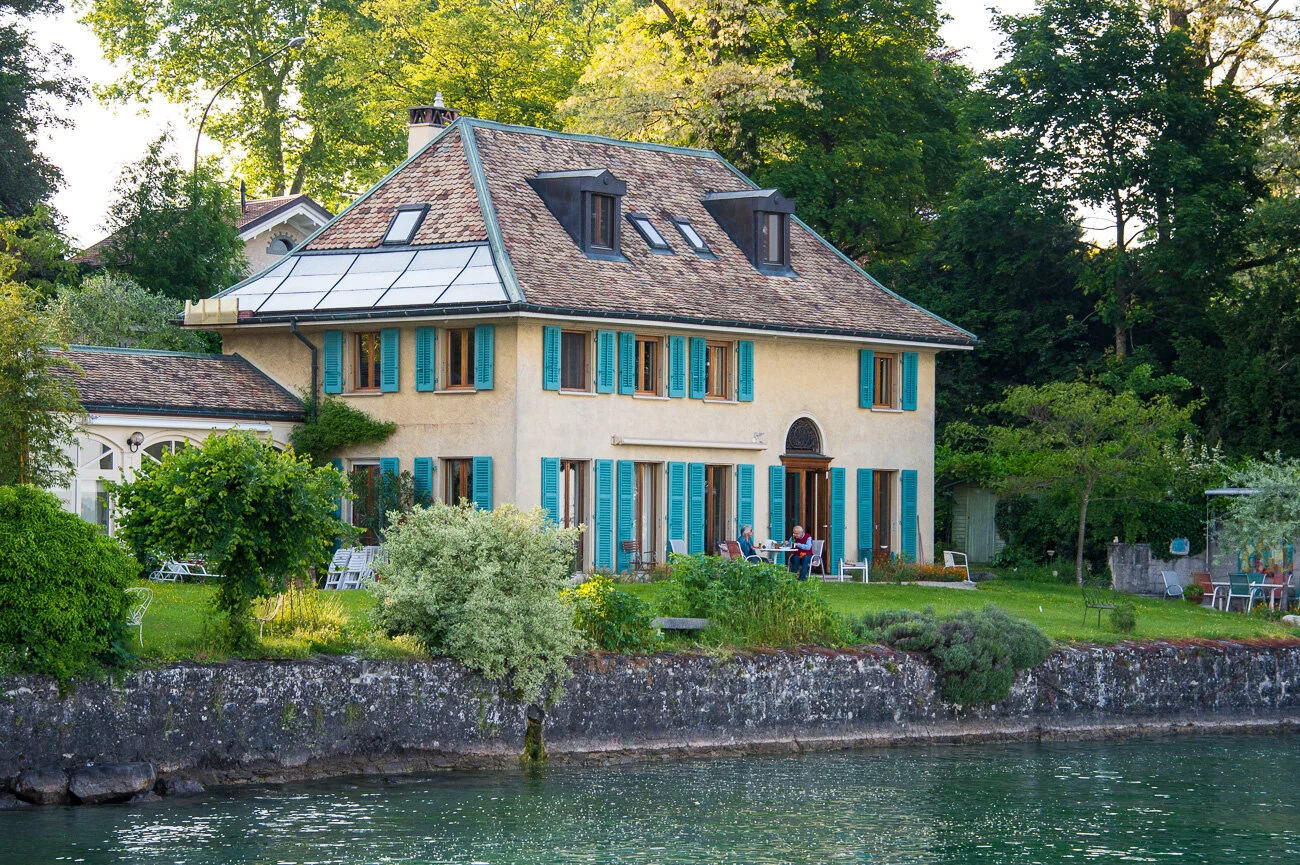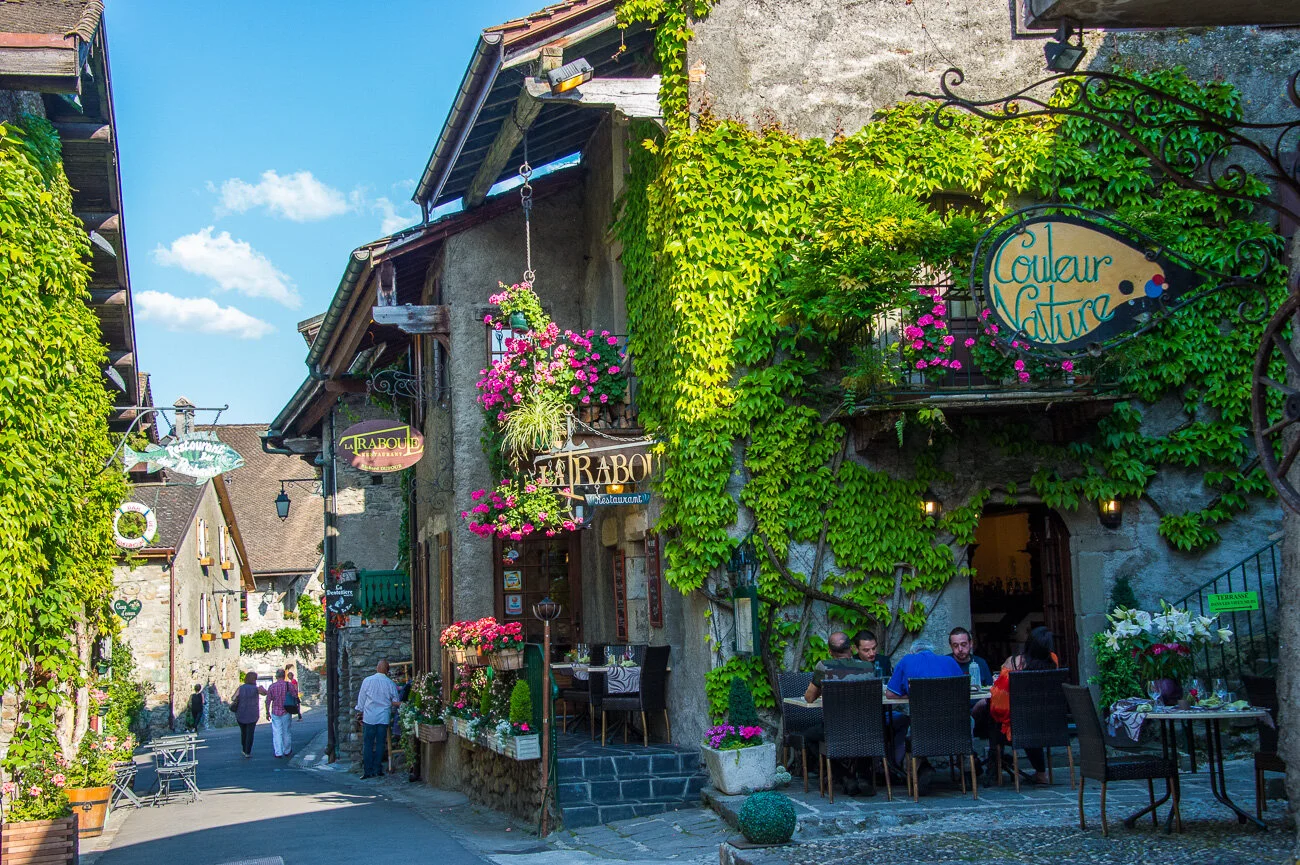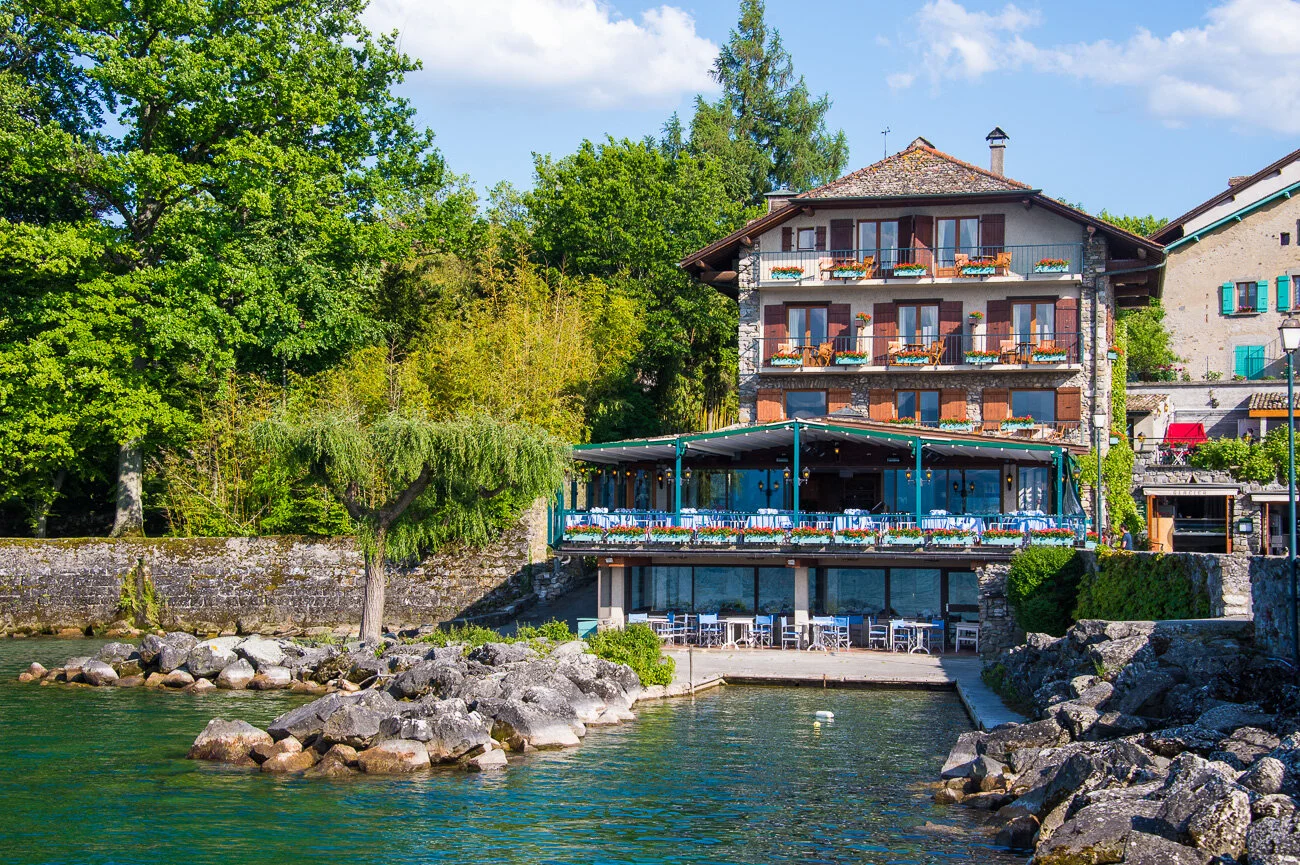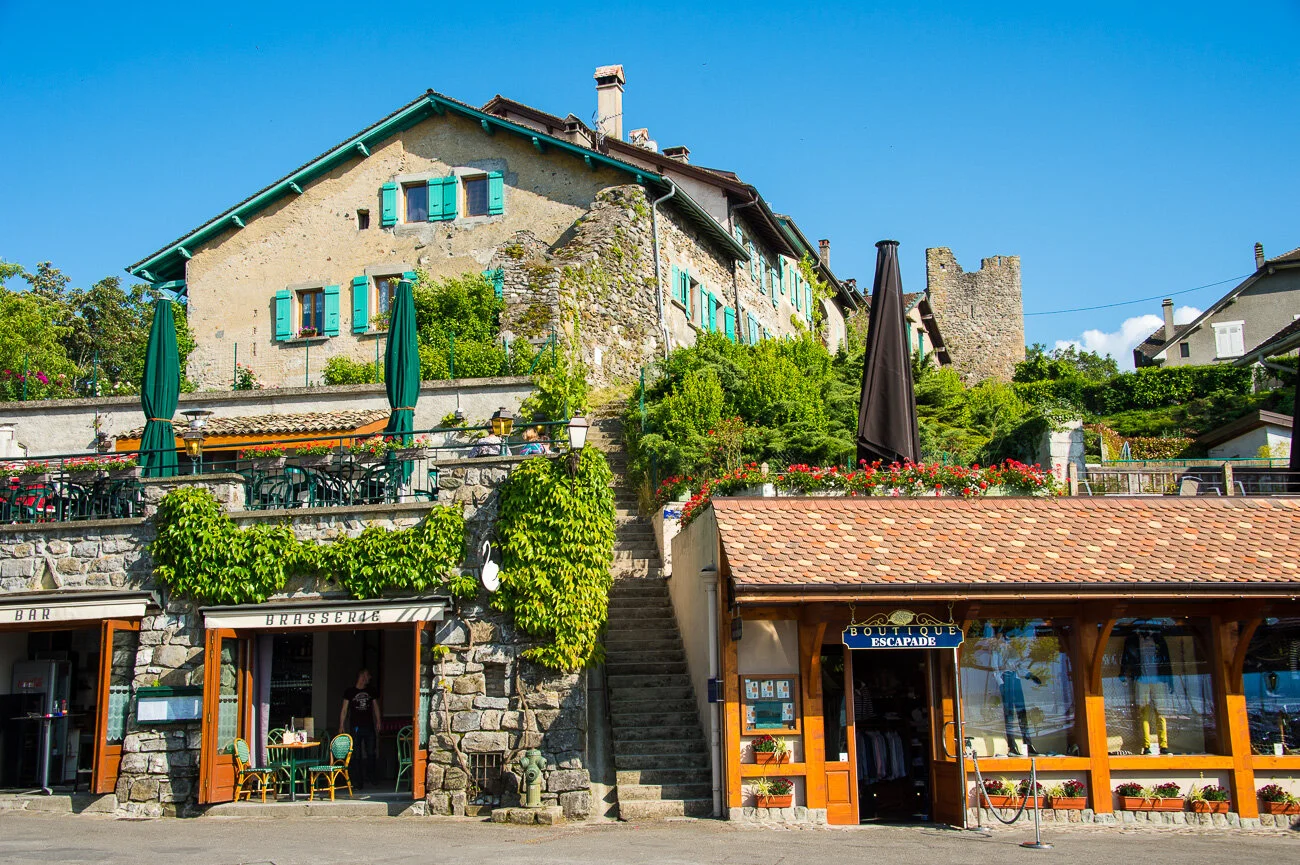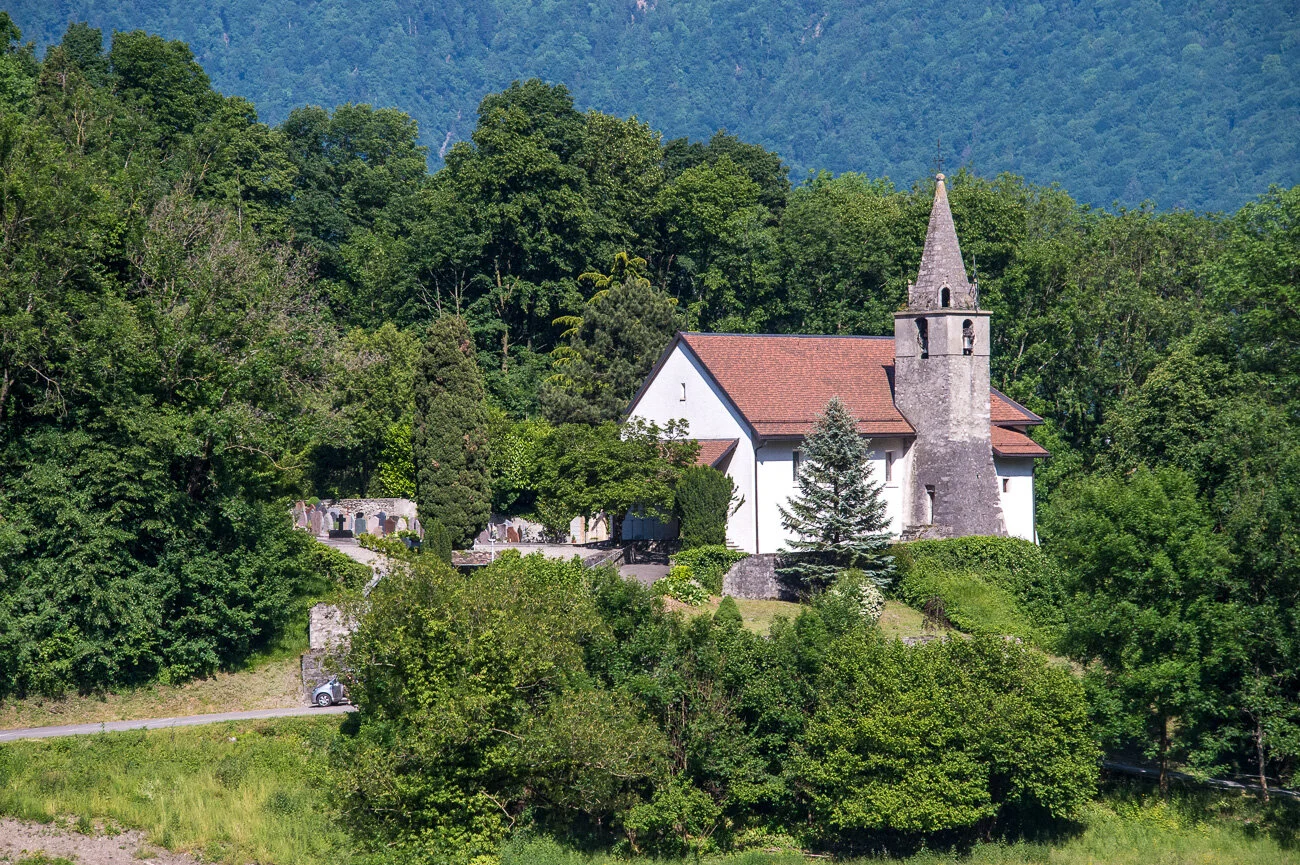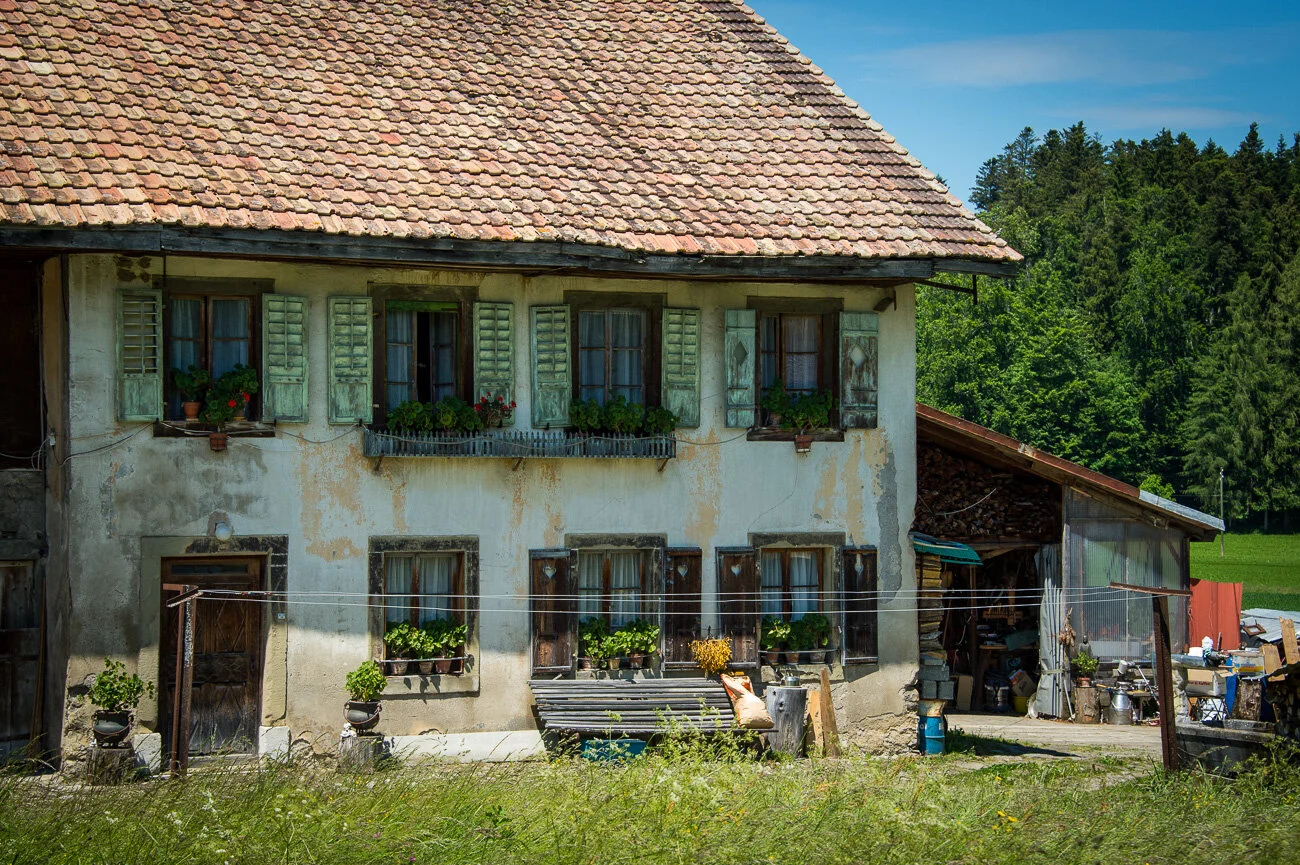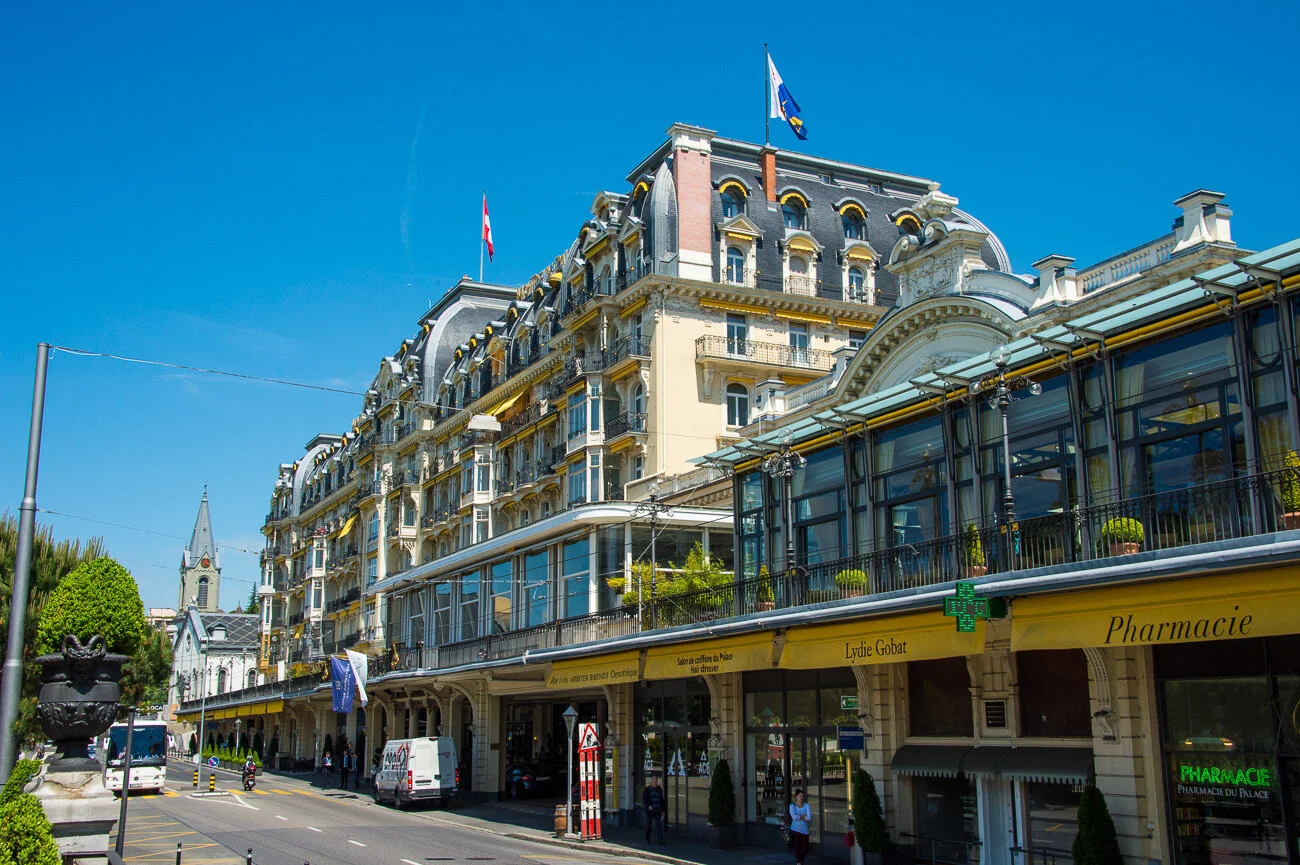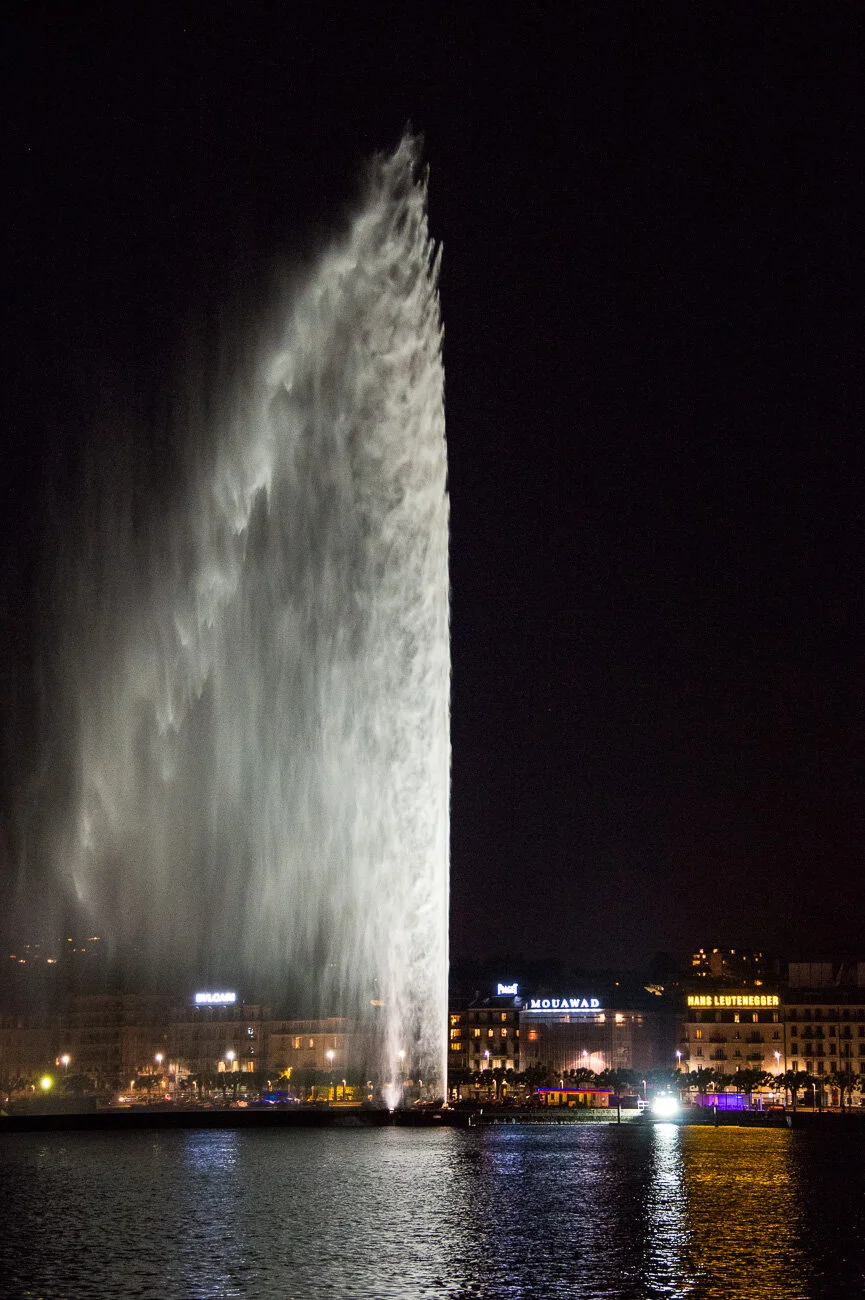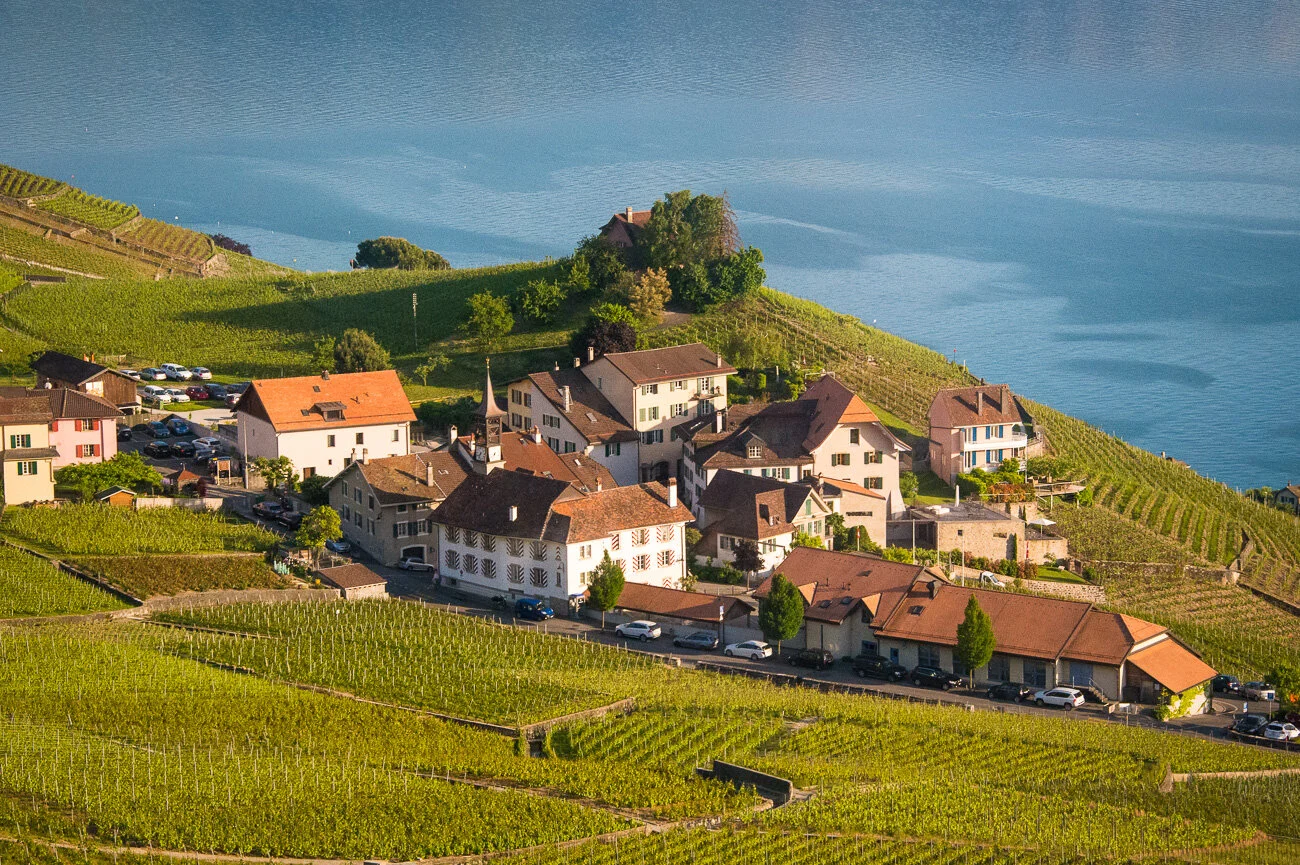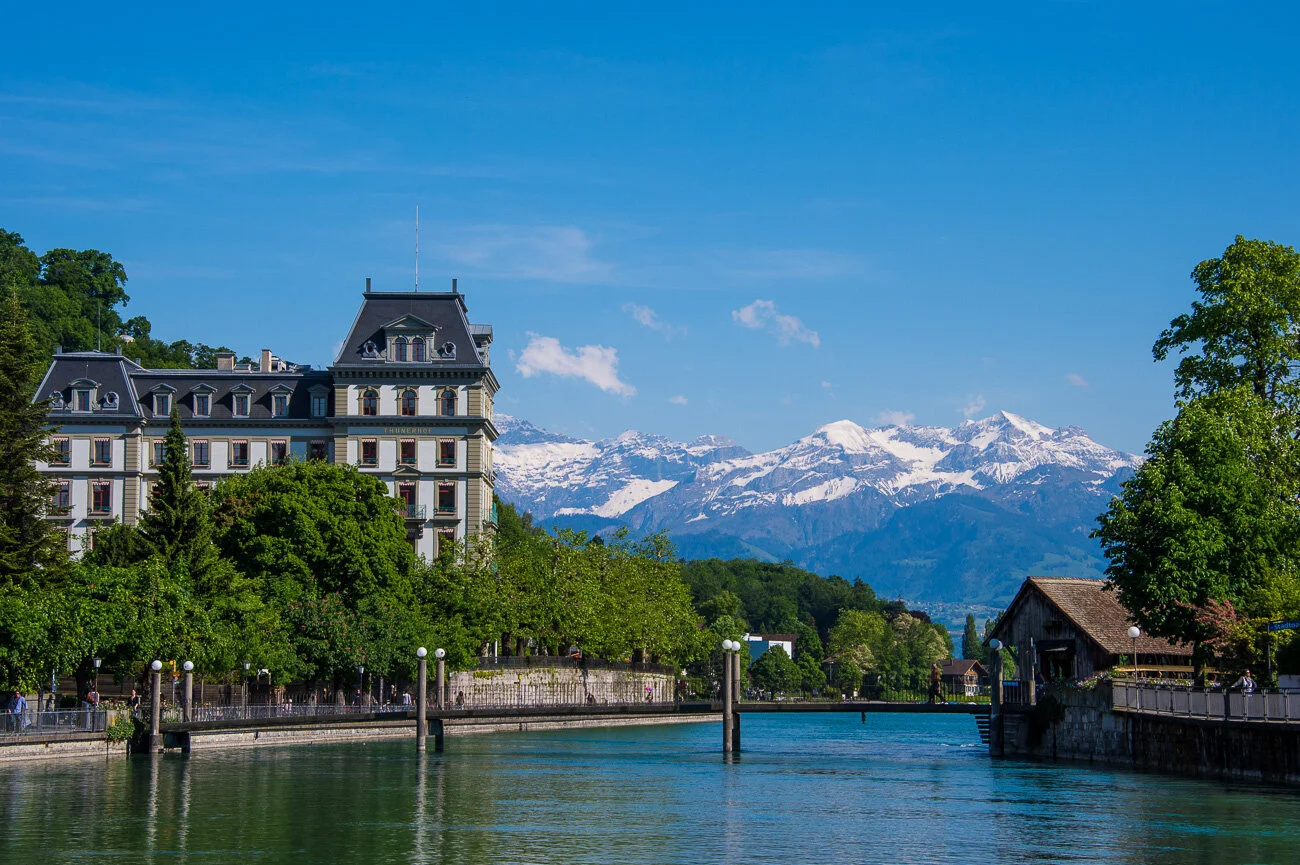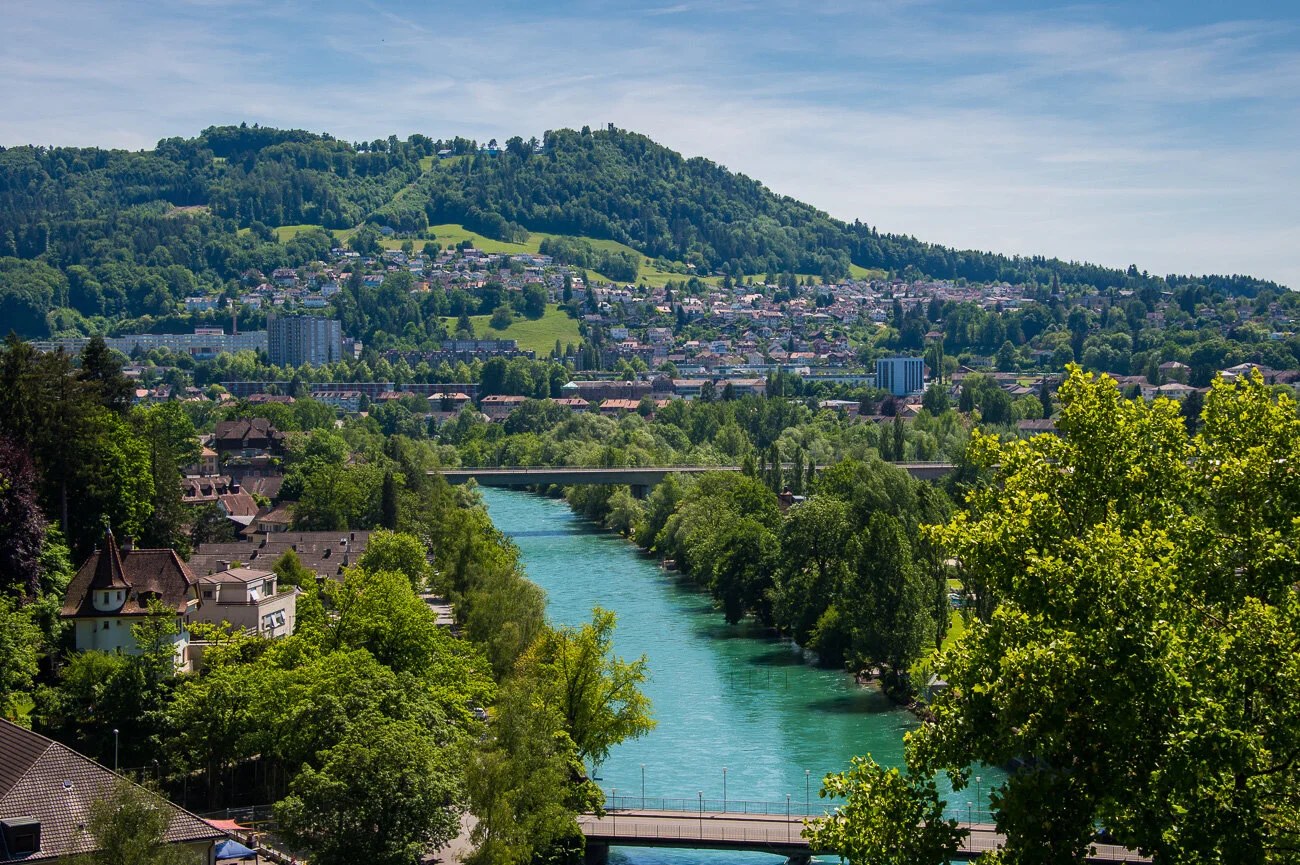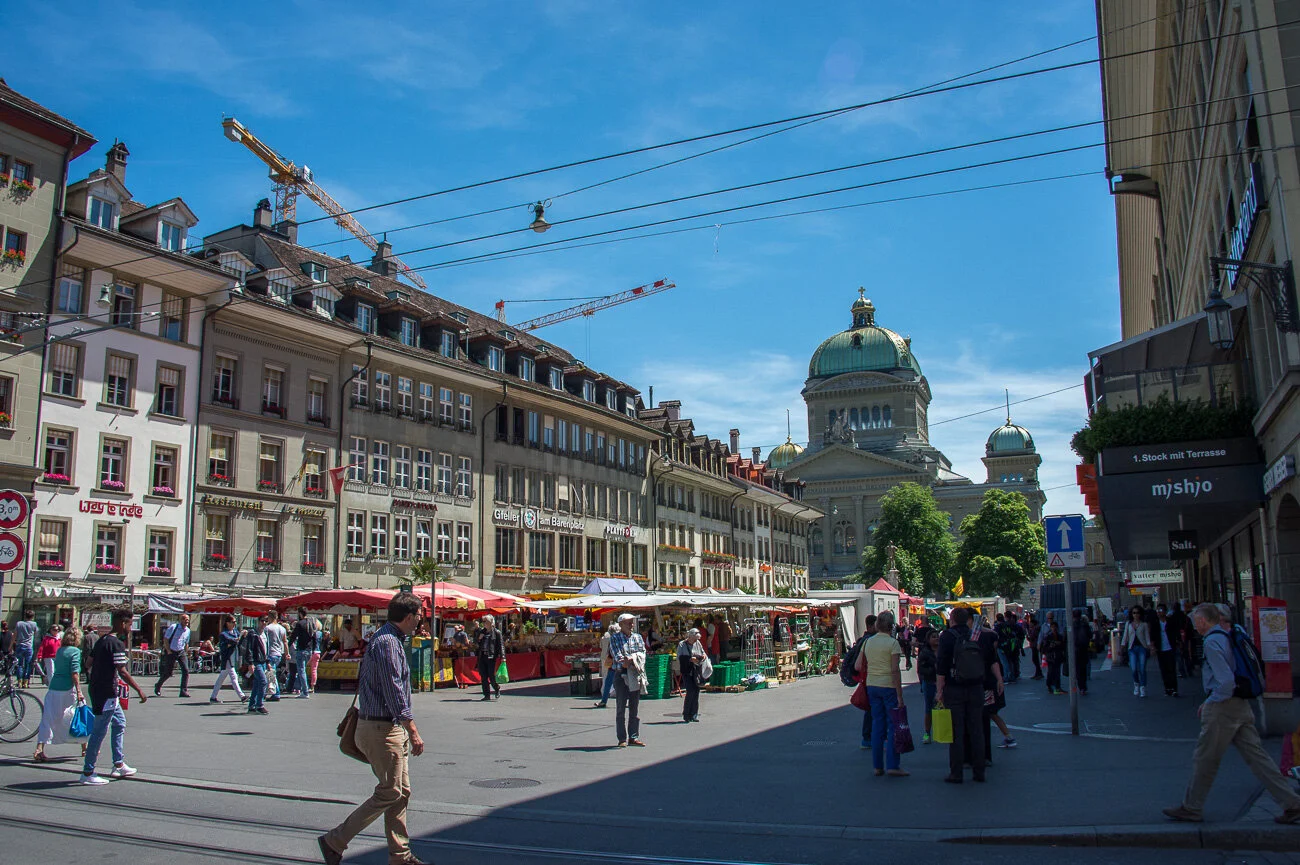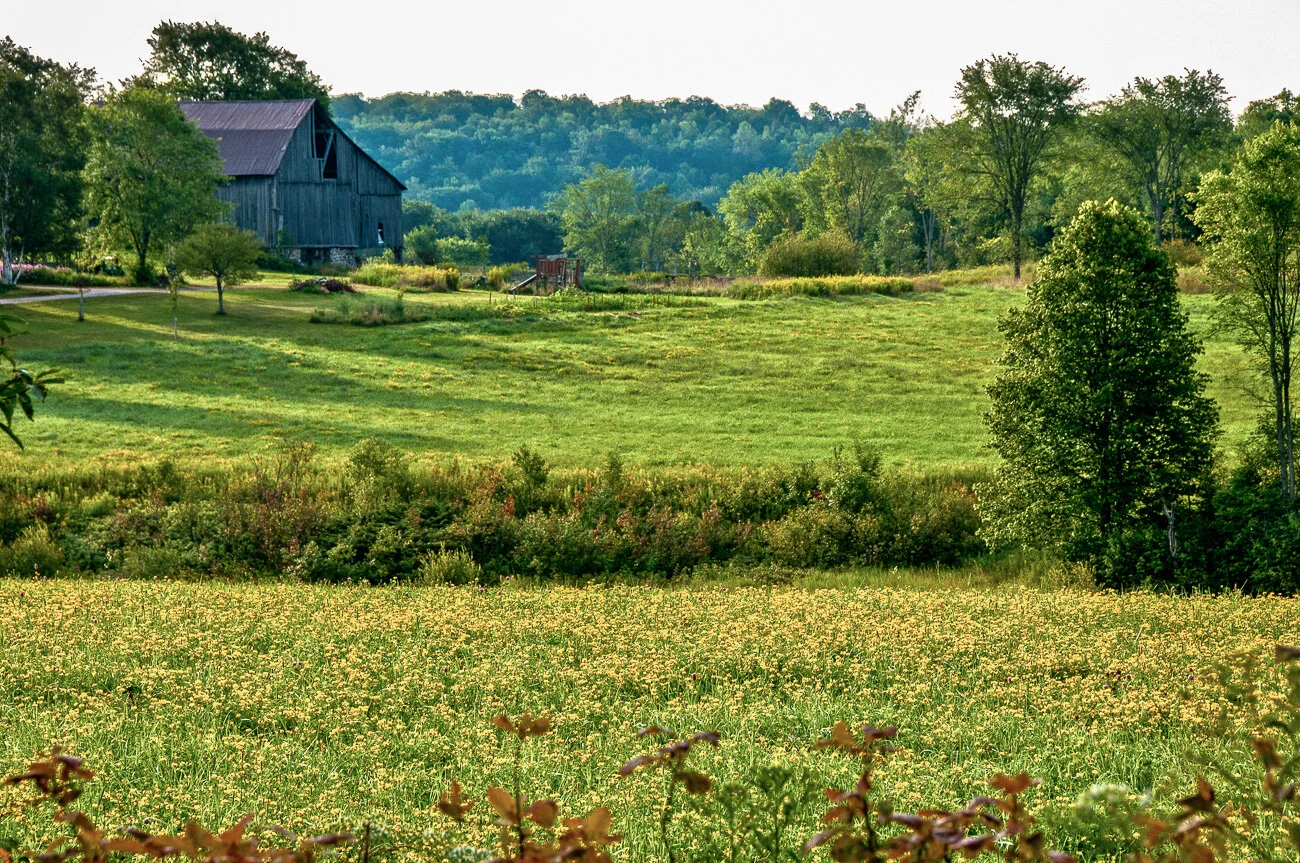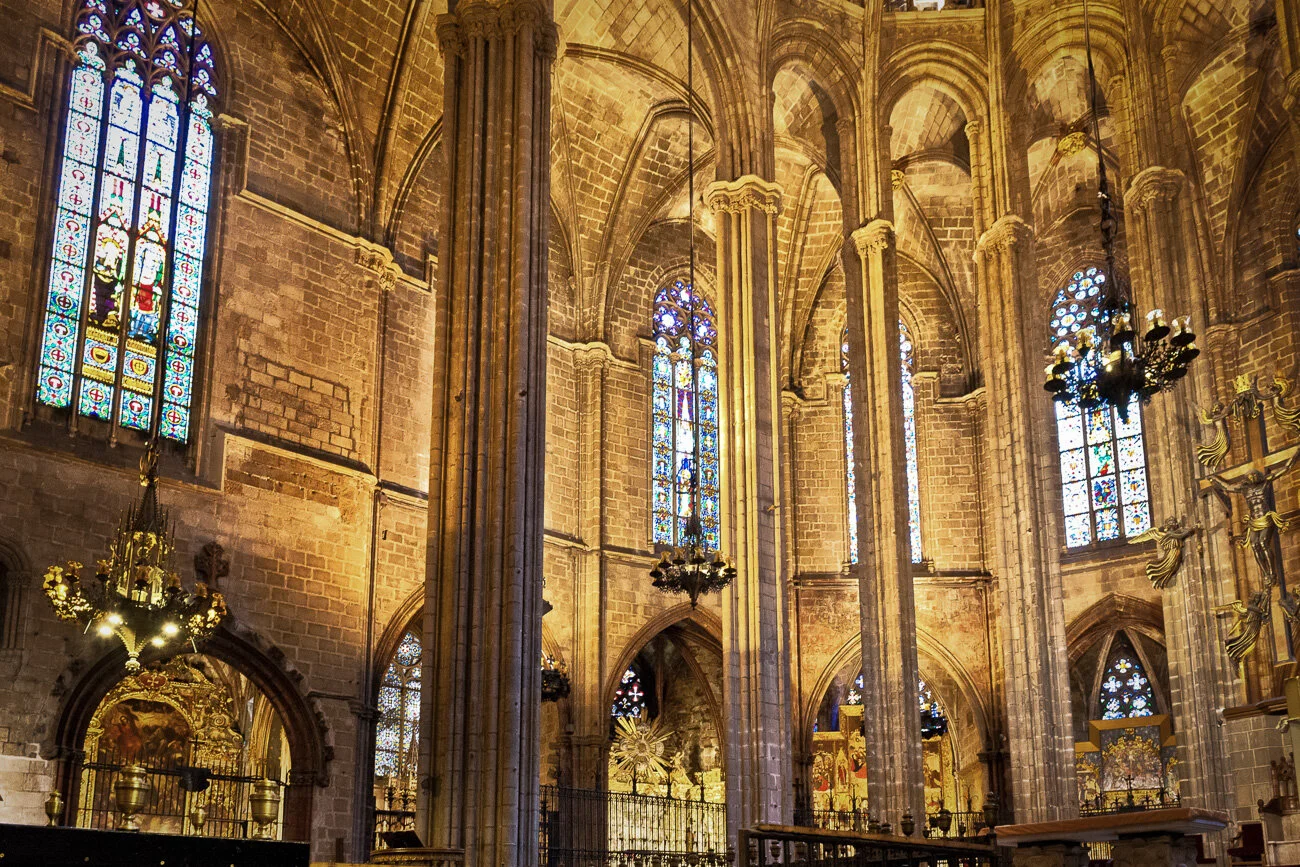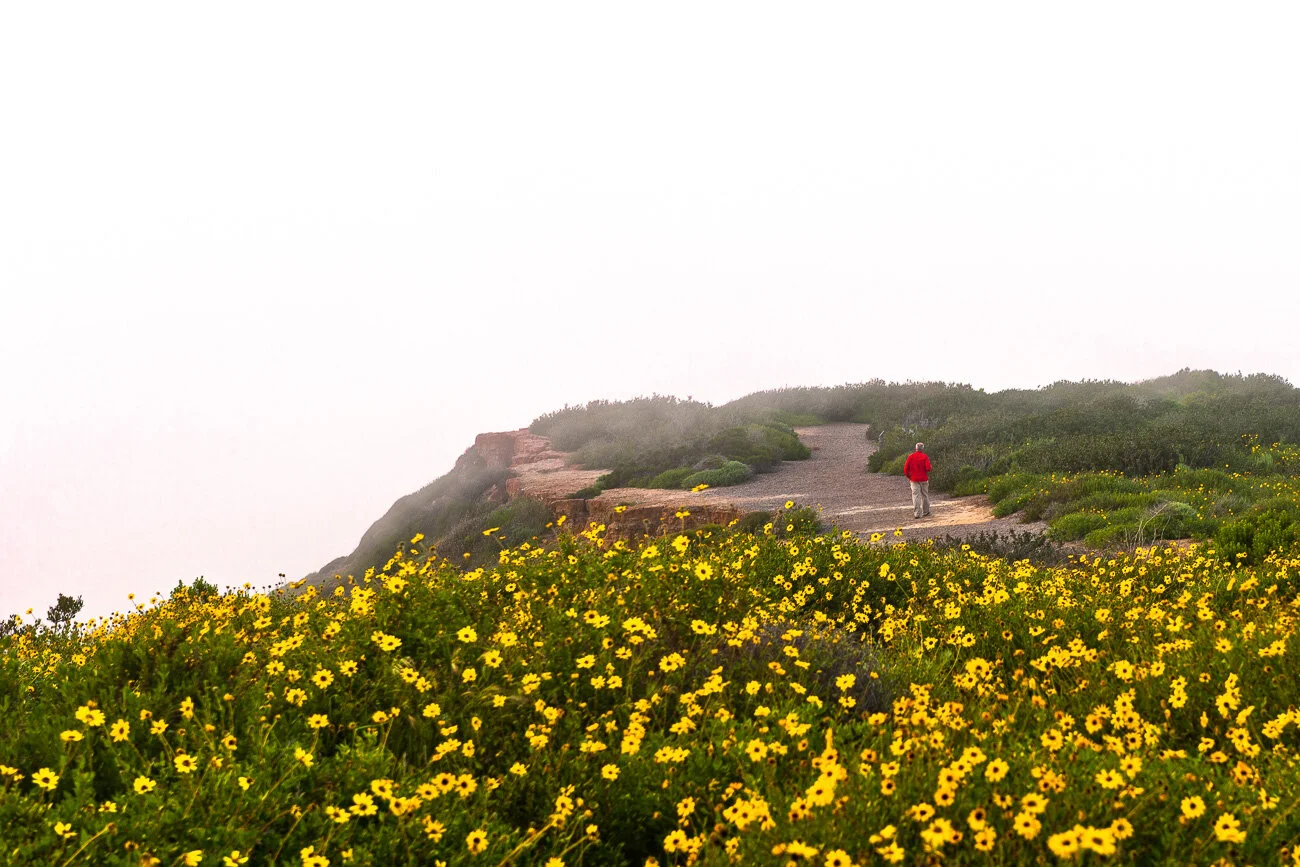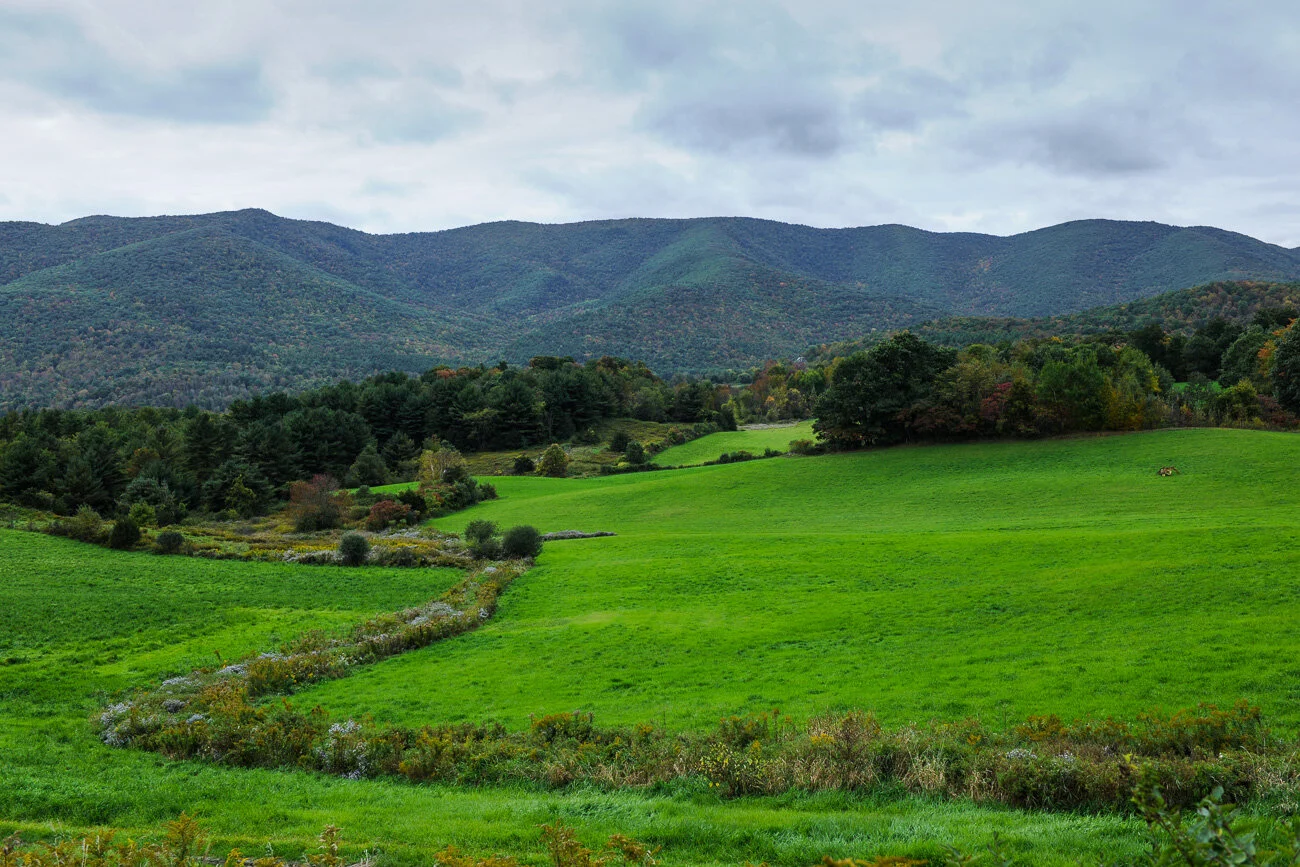
REFLECTIONS
The images of the world as we see it are reflections that are captured by the retina in our eyes and then processed by our brains. Our eyes are our "human" cameras, essentially performing the same function as a photographic image capturing sensor.
Once the image is captured and is in our mind's eye, it is combined with the physical ambience and other elements (e.g. sounds, smell, temperature etc.) existing at the instant of capture. This completes the picture or photograph in our mind. This process constitutes the entire experience that we feel and sense in many dimensions of our being.
Image capture, whether through our eyes or by a camera, is the fundamental input for our consciousness and appreciation of the world that surrounds us.
In photography, there are five essential parameters necessary for capturing an image - these are the technical prerequisites for a "perfect" picture: composition, focus, shutter speed, aperture and ISO. But without the photographer's perception of beauty, the use of the mind's eye, the sensitivity and awareness of what life truly is, the resultant photograph will be far from "perfect''. A photographer with these skills and attributes will be able to ensure convergence of life's images and photographic images thus enabling them to coexist in beautiful harmony.
Camera composition: this involves deciding where you go to capture your image and how to frame it so that you can zero in on the main subject or points of interest. In life, we do the same - where we go, who we meet, who we choose to connect with, what we see, what options we wish to explore - it is like seeing that exquisite single flower, insect or butterfly in the garden. So, go about your life looking for the images of the places, people and objects that you want to compose and frame as your very own pictures of life. Doing this will enable you to capture the world as you wish to see and experience it, living your life with joy and sensing it to the fullest.
Camera focus: whatever your subject is, make sure that it is in perfect focus - a blurred picture does not reveal all there is to see. It is fine to focus on just a part of the picture and blur other parts, highlighting what you want to focus on as being most relevant and important to you. In life, it is a shame to pass through time in a blurred or detached state of mind. We need to look at people and see them clearly for who they are and what they are. Notwithstanding, we are entitled to blur some of what we face so as to be able to distance ourselves from negative elements and to ensure that we will not be distracted from our object of primary focus. For tranquility, joy and emotional wellbeing, we need to find a way to ignore all the noise around the objects that capture our attention.
Camera shutter speed: at times you may want to "freeze" or stop the action so that you can capture the sensations and actions at the instant an event occurs. But using a fast shutter speed requires a smaller "f stop" (larger aperture) which results in limited or no depth of field. In life, depth of feeling and increased perception and enjoyment requires more time - this allows us to look deeply into the world and people that surround us. In contrast, a slow shutter speed will allow for a higher "f stop" which will generate more depth of field. In life, the moment needs to be longer and not shorter- a life full of frozen images does not allow us to enjoy the experiences that life has to offer. Furthermore, it restricts the pleasure and emotions that flow in harmony through our minds and within our soul when we experience the joys of life. The corresponding higher
"f stop" with more depth of field means that your focus is concentrated and clearly and deeply engaged with the object of your choice.
Lens aperture: the aperture needs to be open otherwise limited light will enter the camera - but if the aperture is too large, then we will forfeit the detail that we would otherwise see if we had more depth of field. There is clearly a balancing act to optimize the settings to best portray and represent the reality with the artistic overlay that photography permits. In life, the artistry is our receptiveness to the world around us helping us choose the time and depth of what we experience and to what depth we want to go. Our past experiences provide the filters that colour our views and perception, protecting us from what it is we don't enjoy.
Sensor or film ISO (sensitivity): to provide greater flexibility to optimize shutter speed and aperture sizes, adjust the ISO sensitivity is somewhat essential. The caveat is that too much sensitivity creates noise/lack of clarity in a photograph. In life, being too sensitive can be hurtful to ourselves as well as others so it is best to remain within a narrow range - one that has a framework of acceptance and forgiveness.
